Check out some of our highlights from RAW WINE Tokyo, Shanghai and Copenhagen!
RAW WINE Tokyo - explore this fair
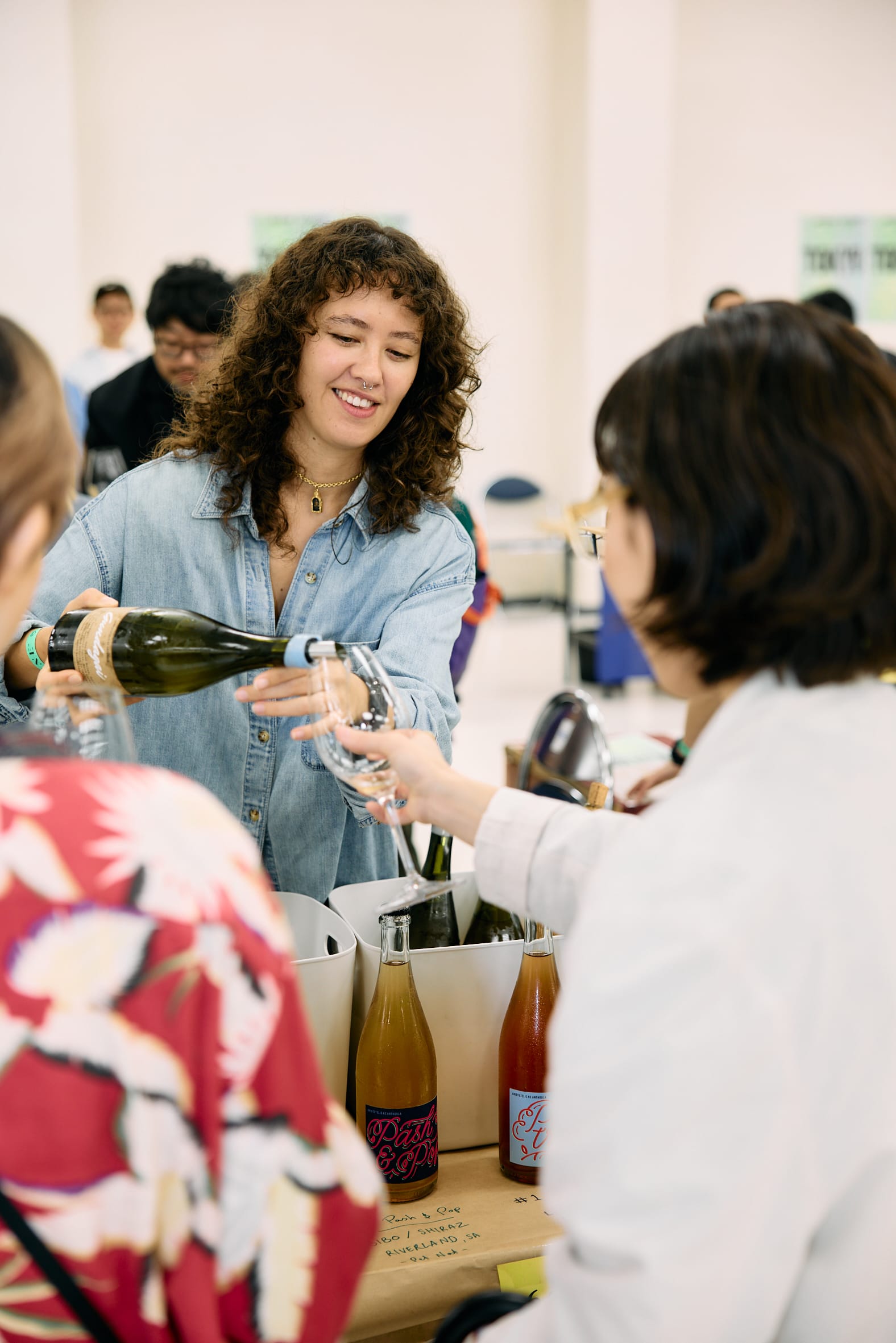
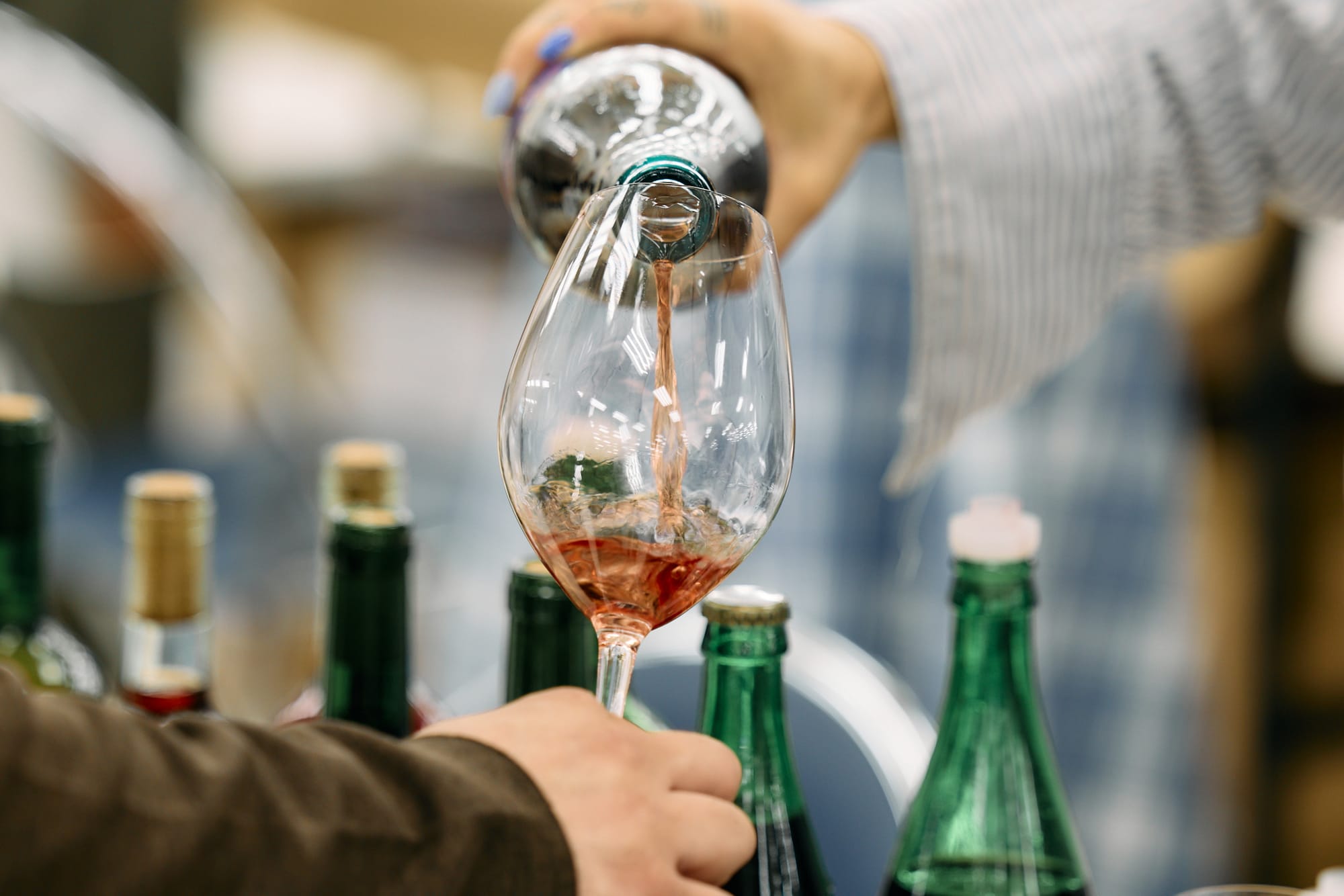
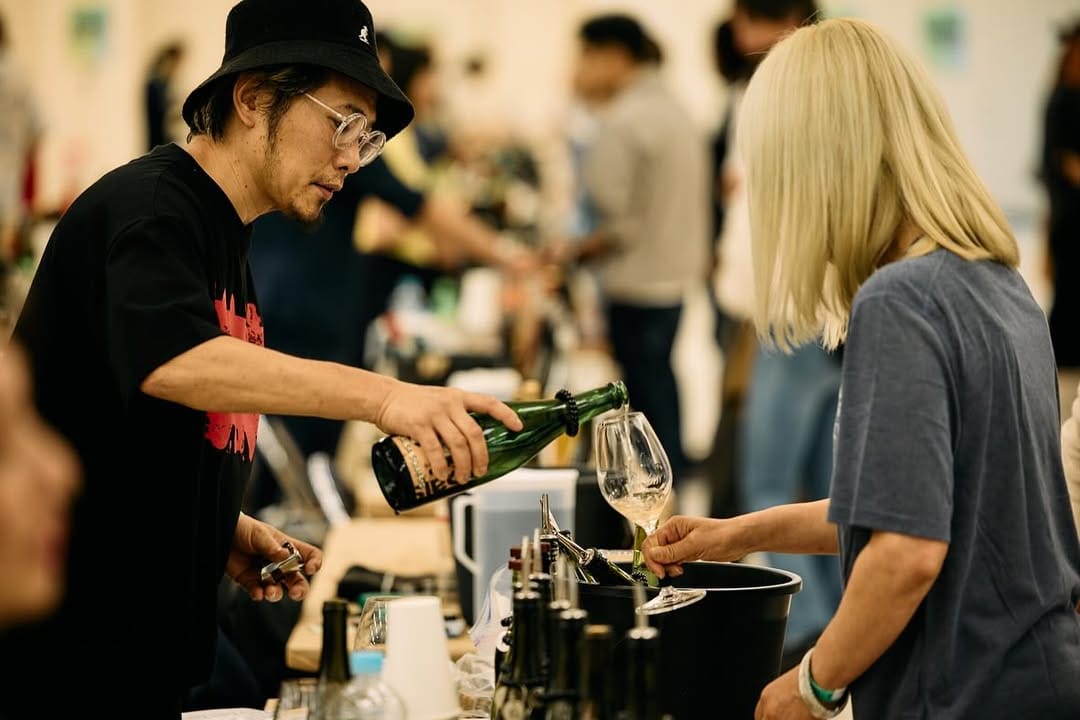
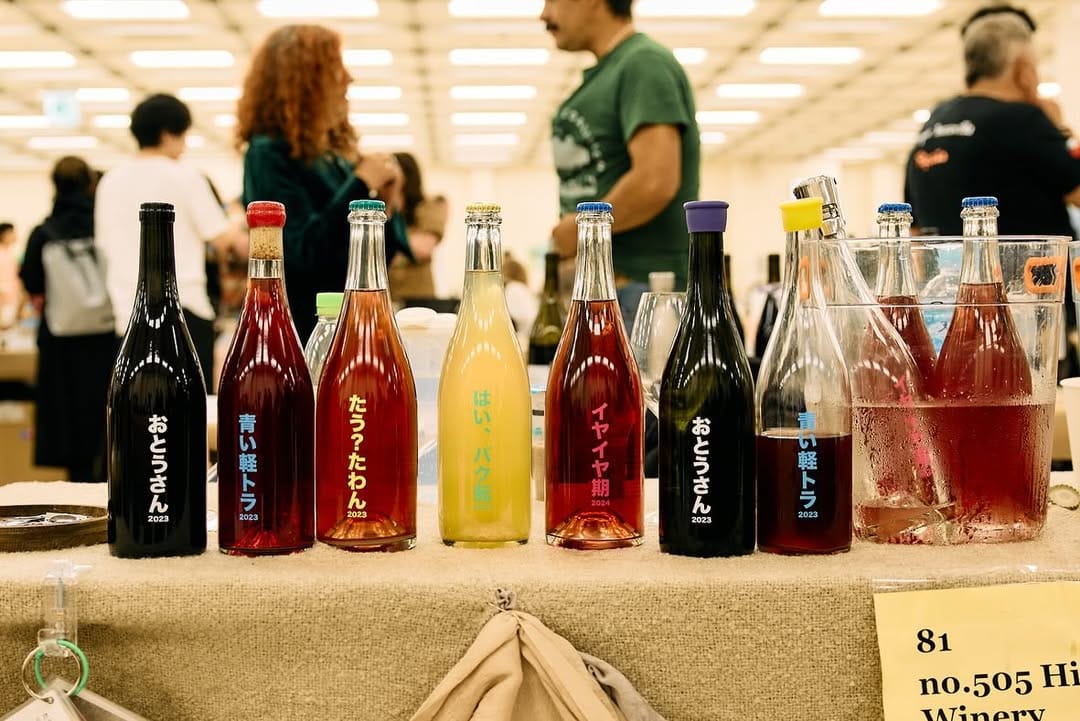
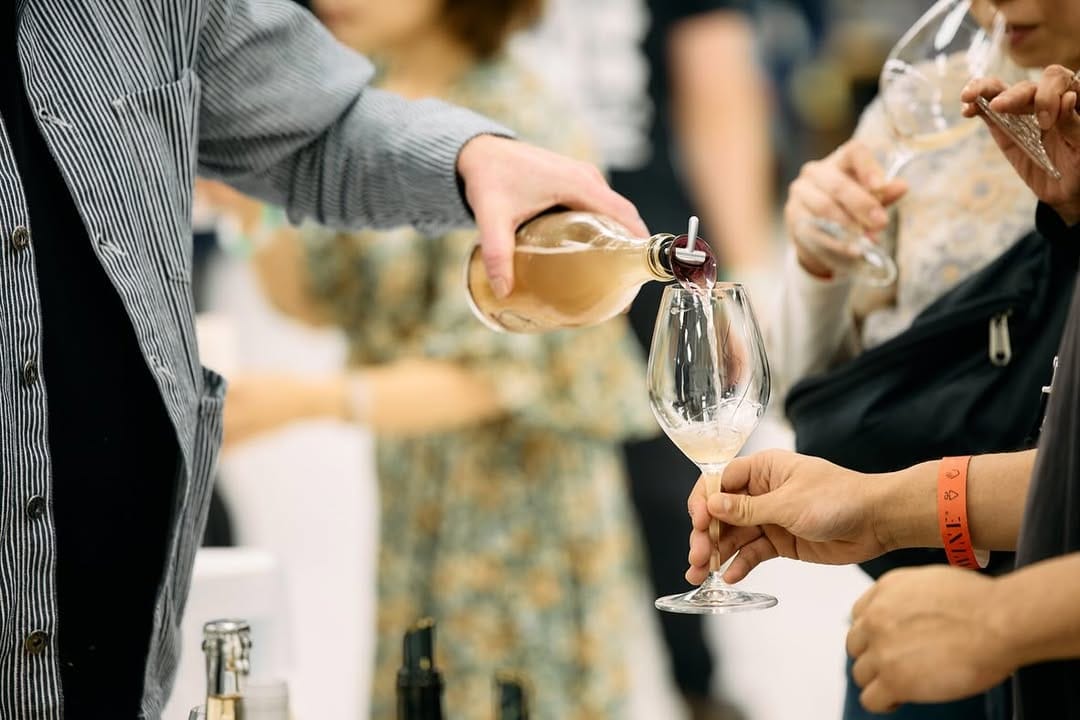
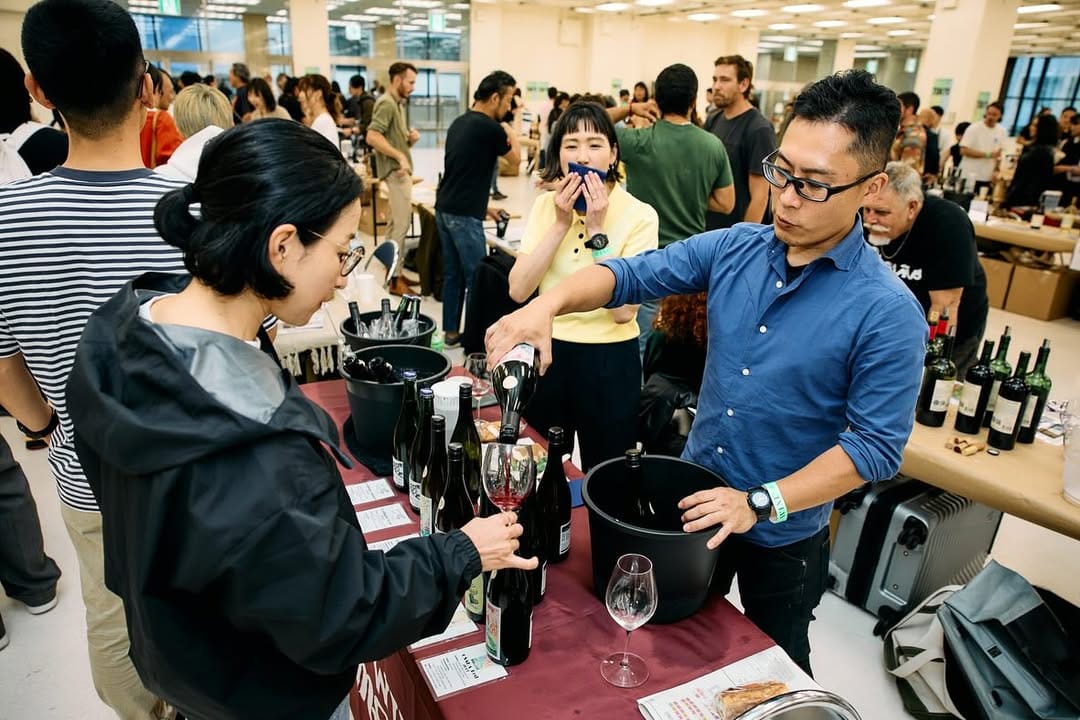
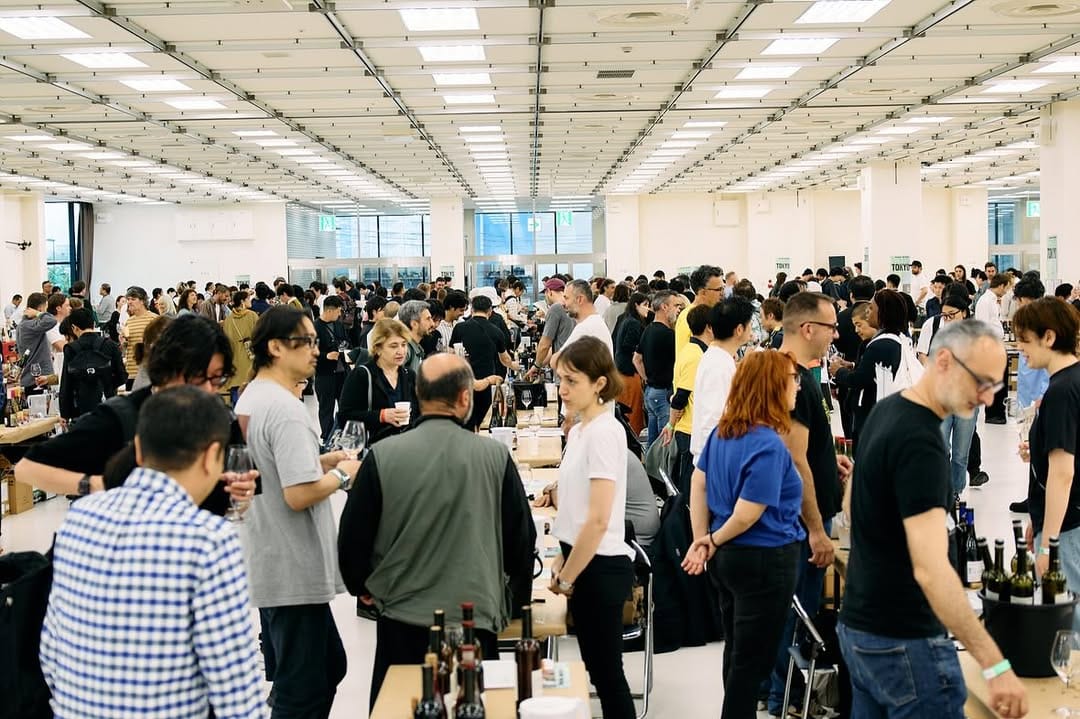
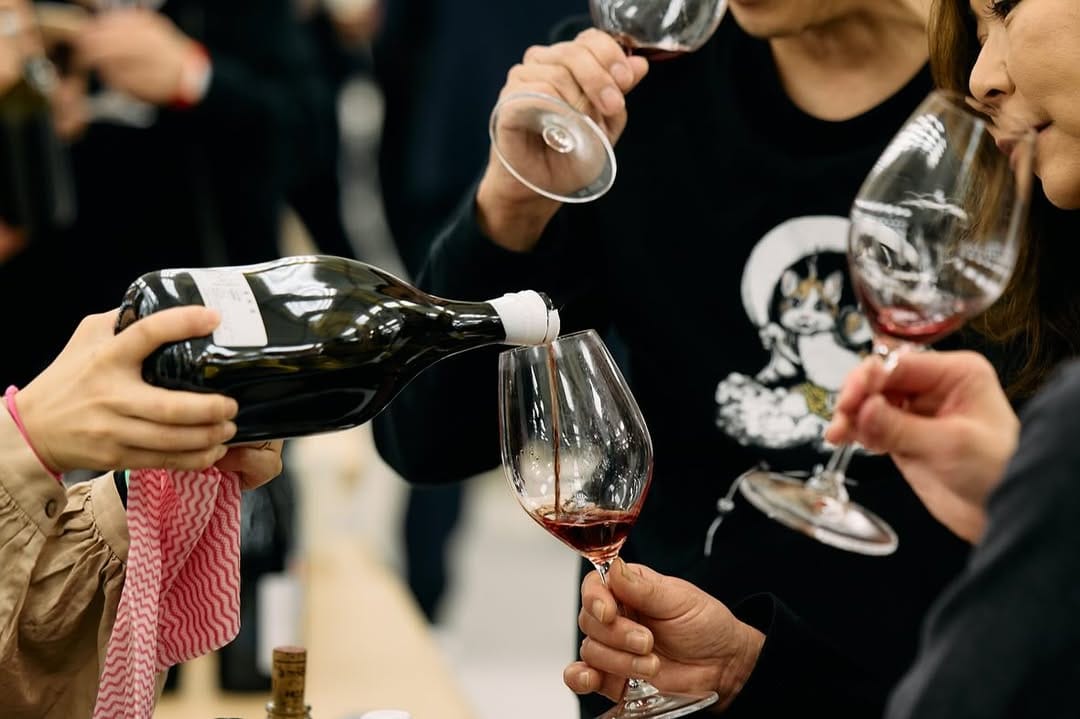
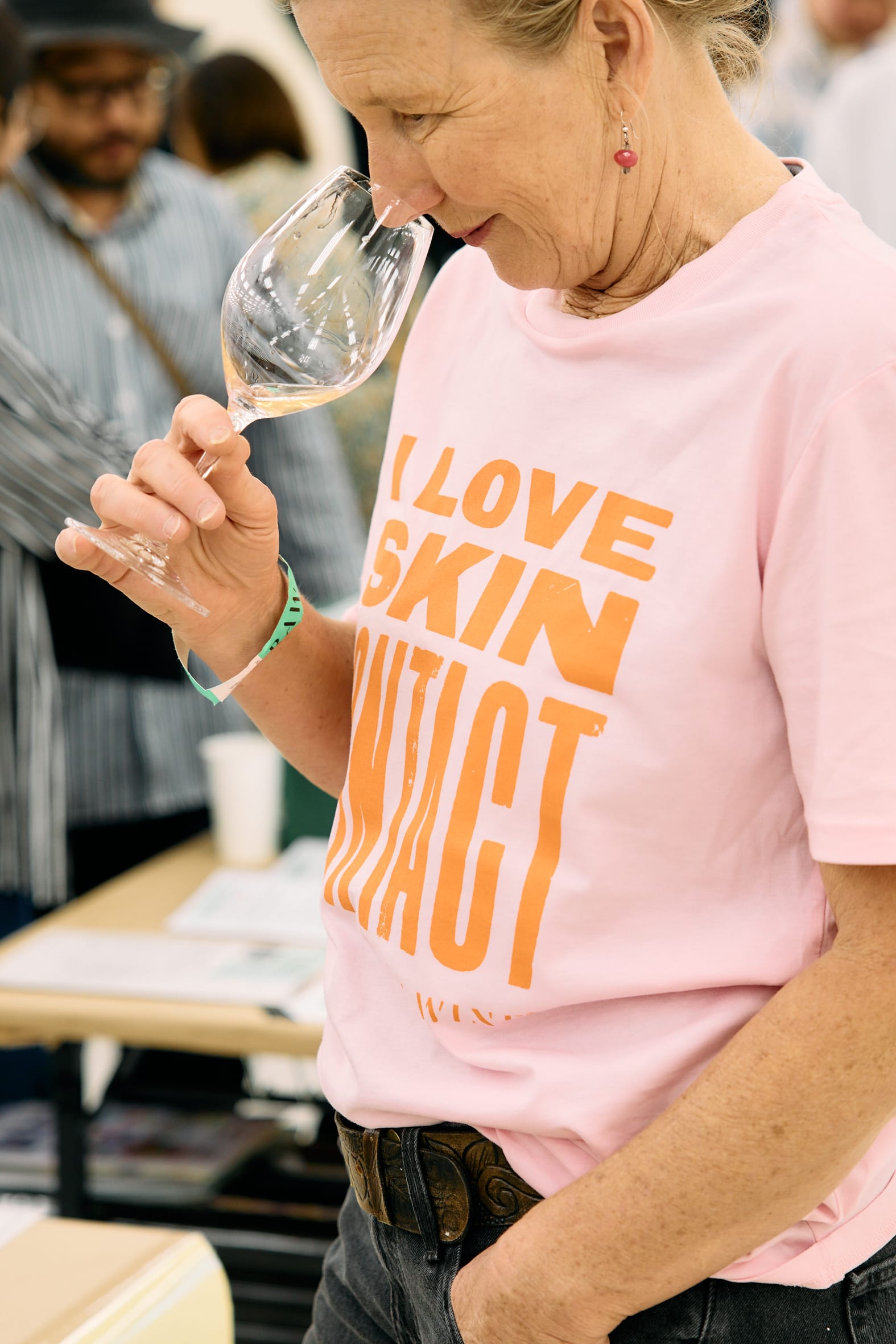
RAW WINE Shanghai - explore this fair
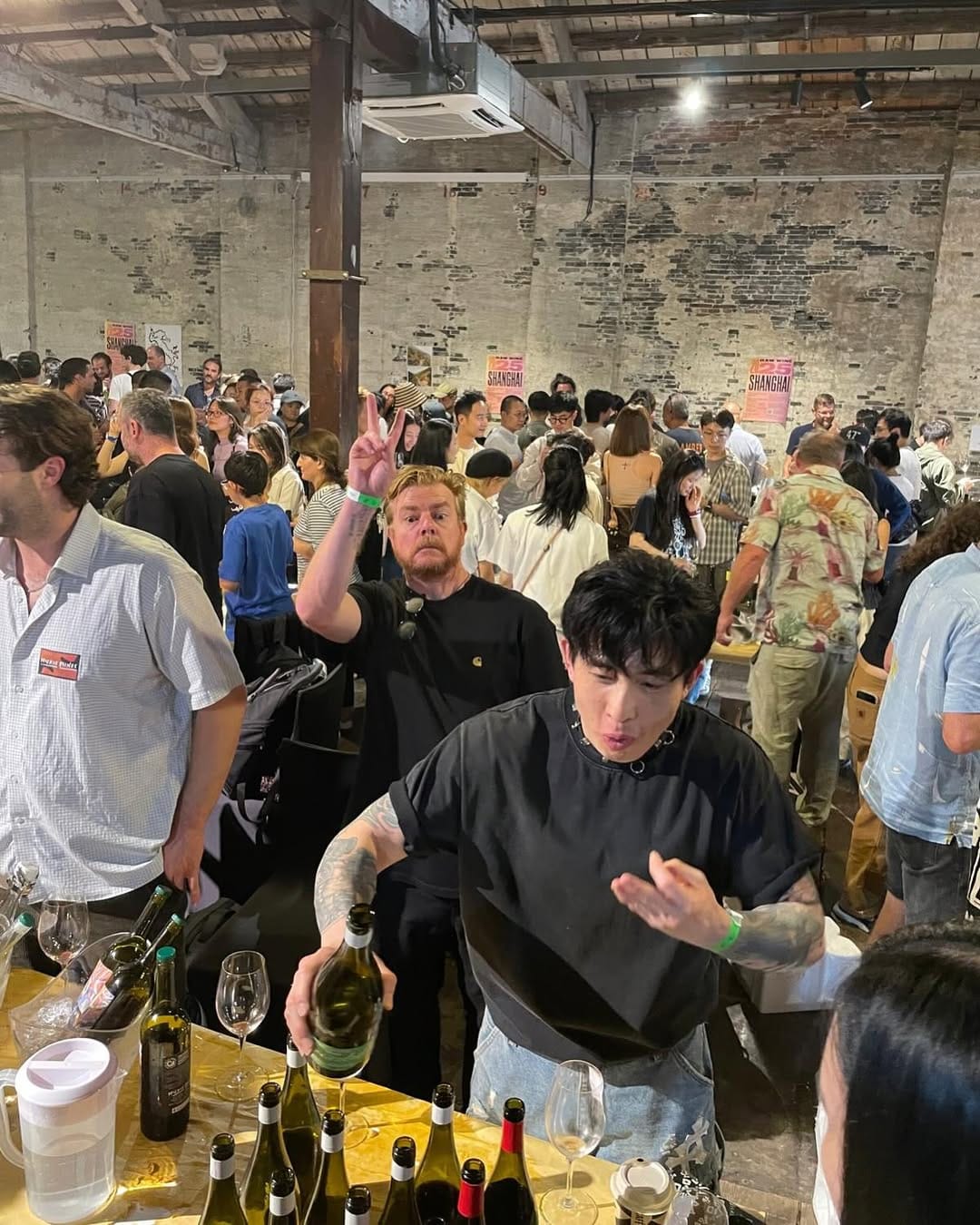

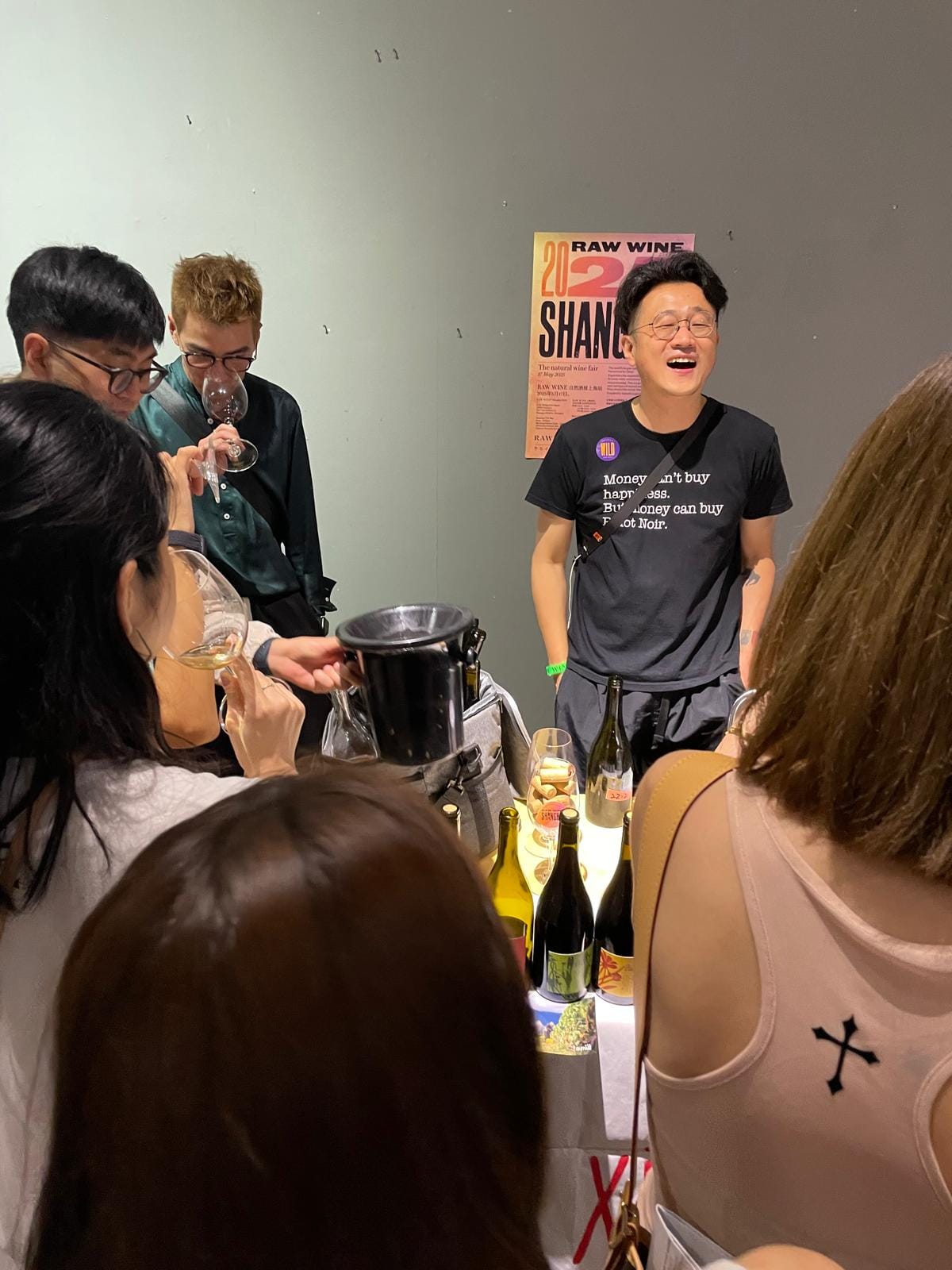
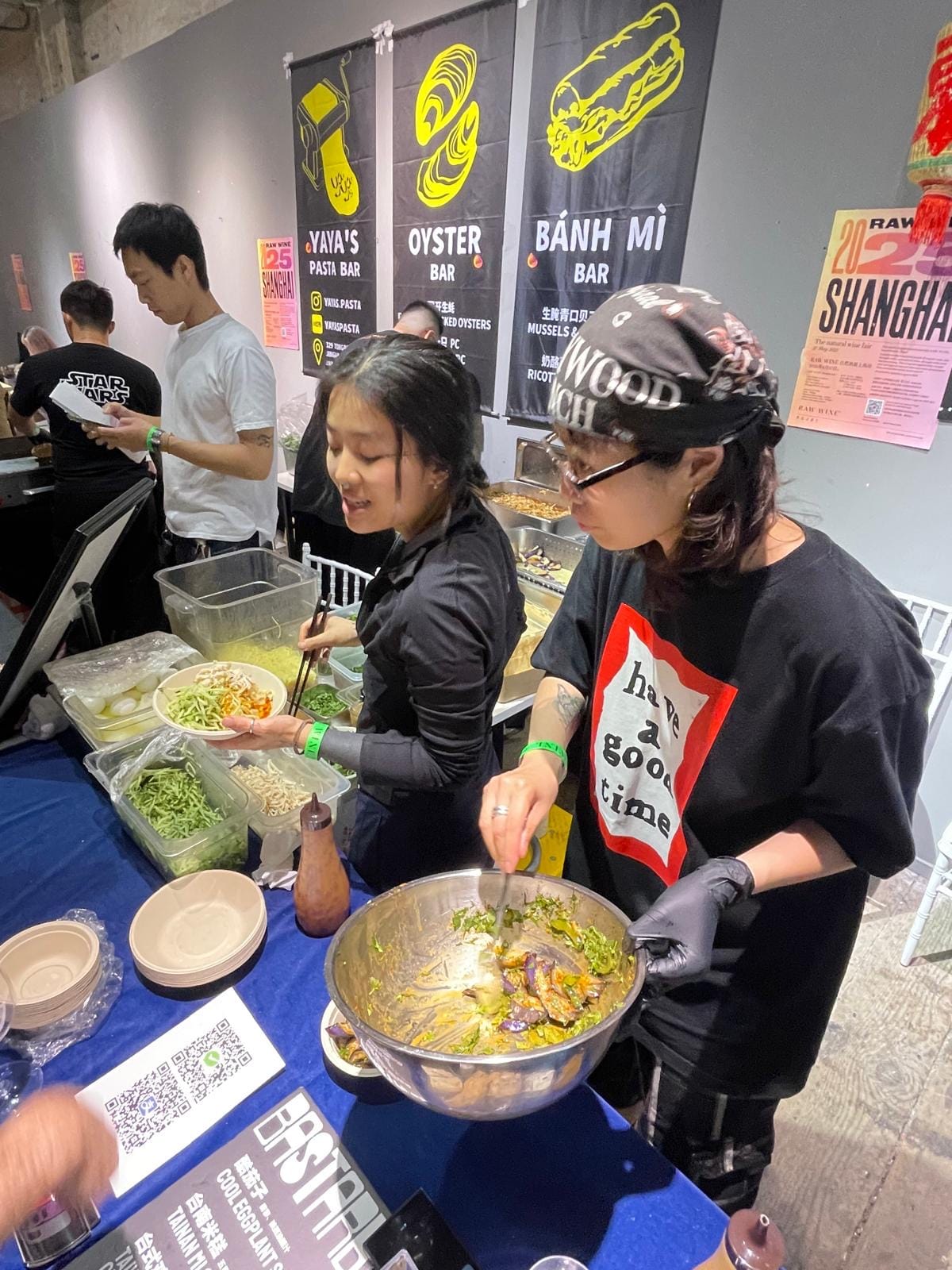
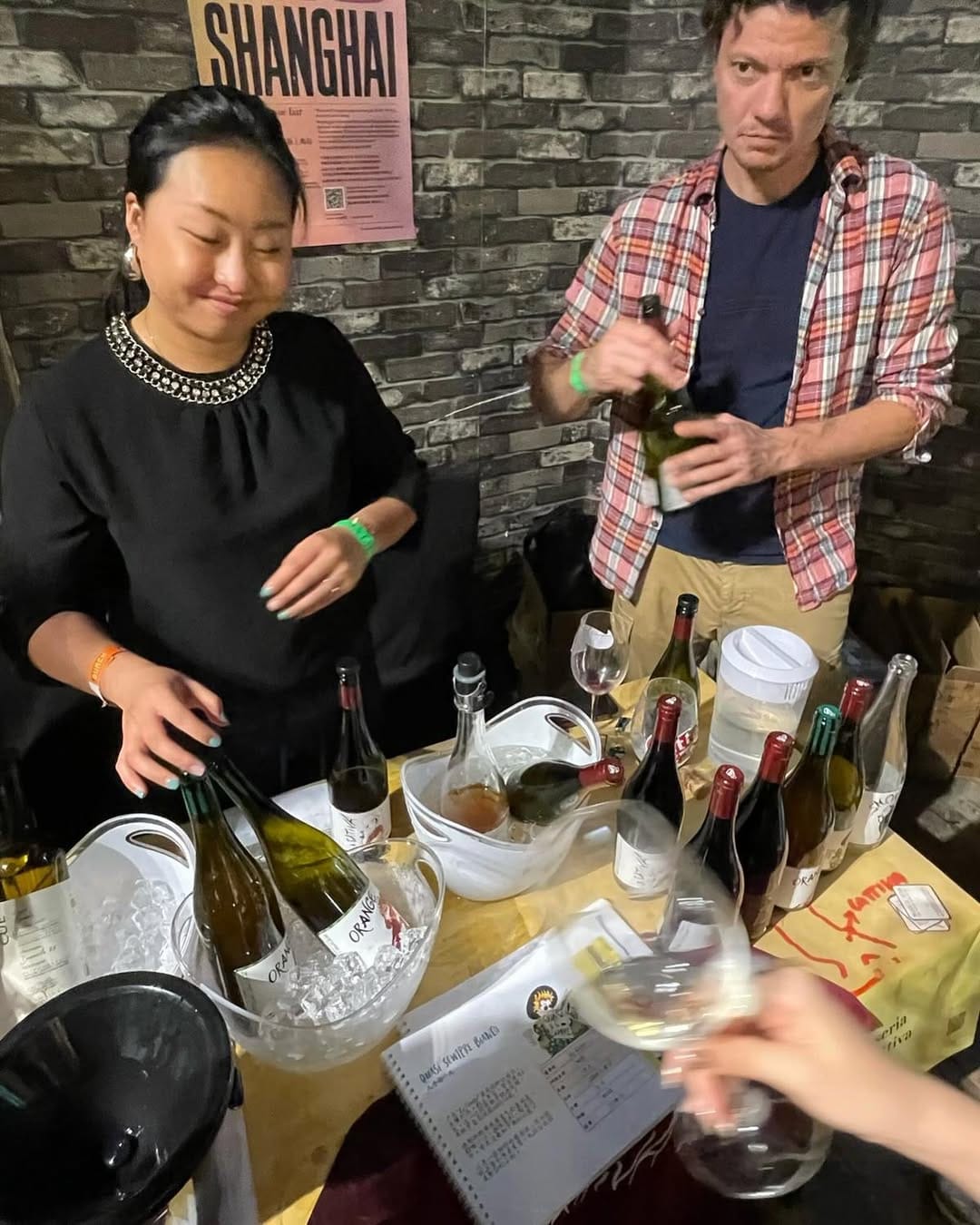
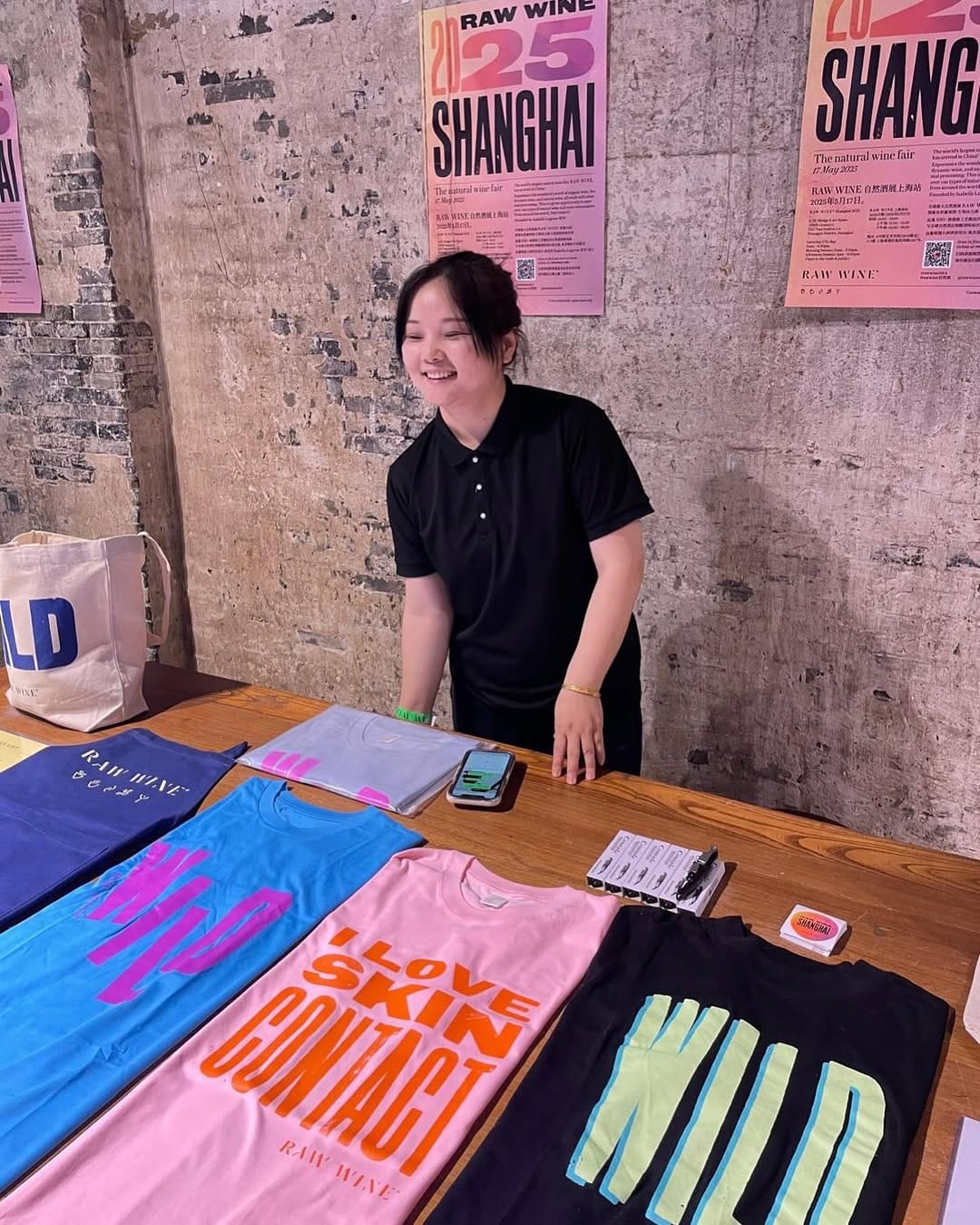
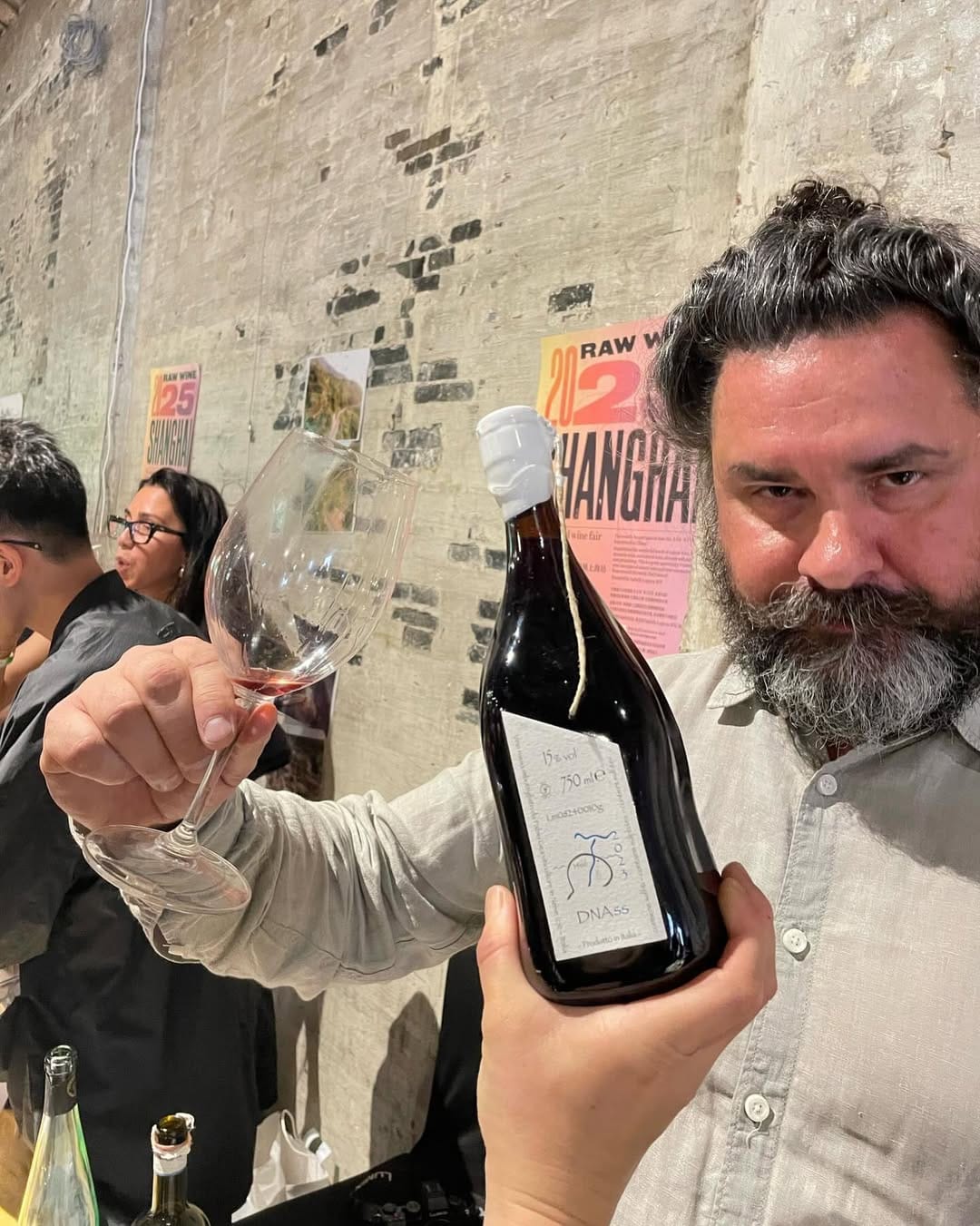
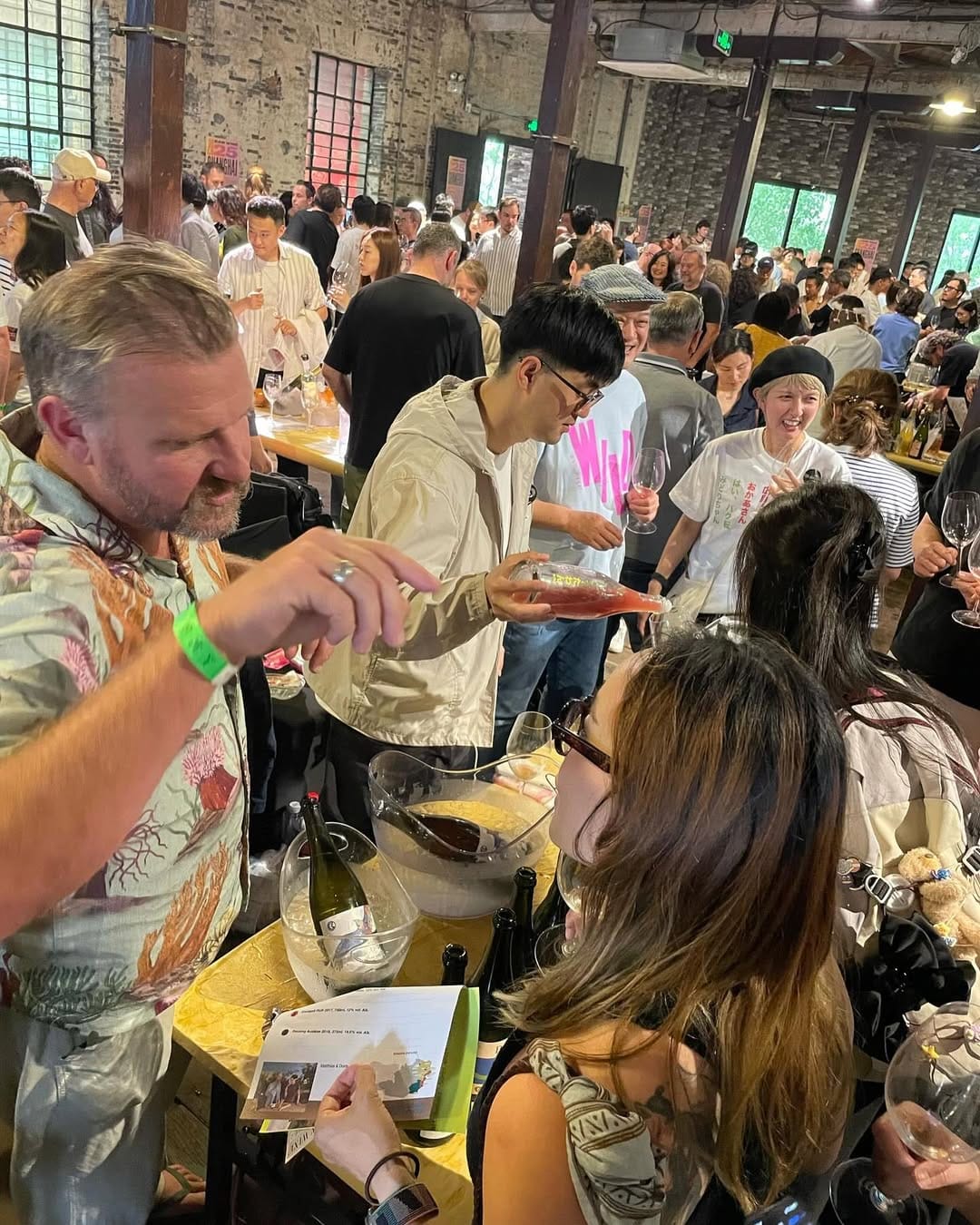
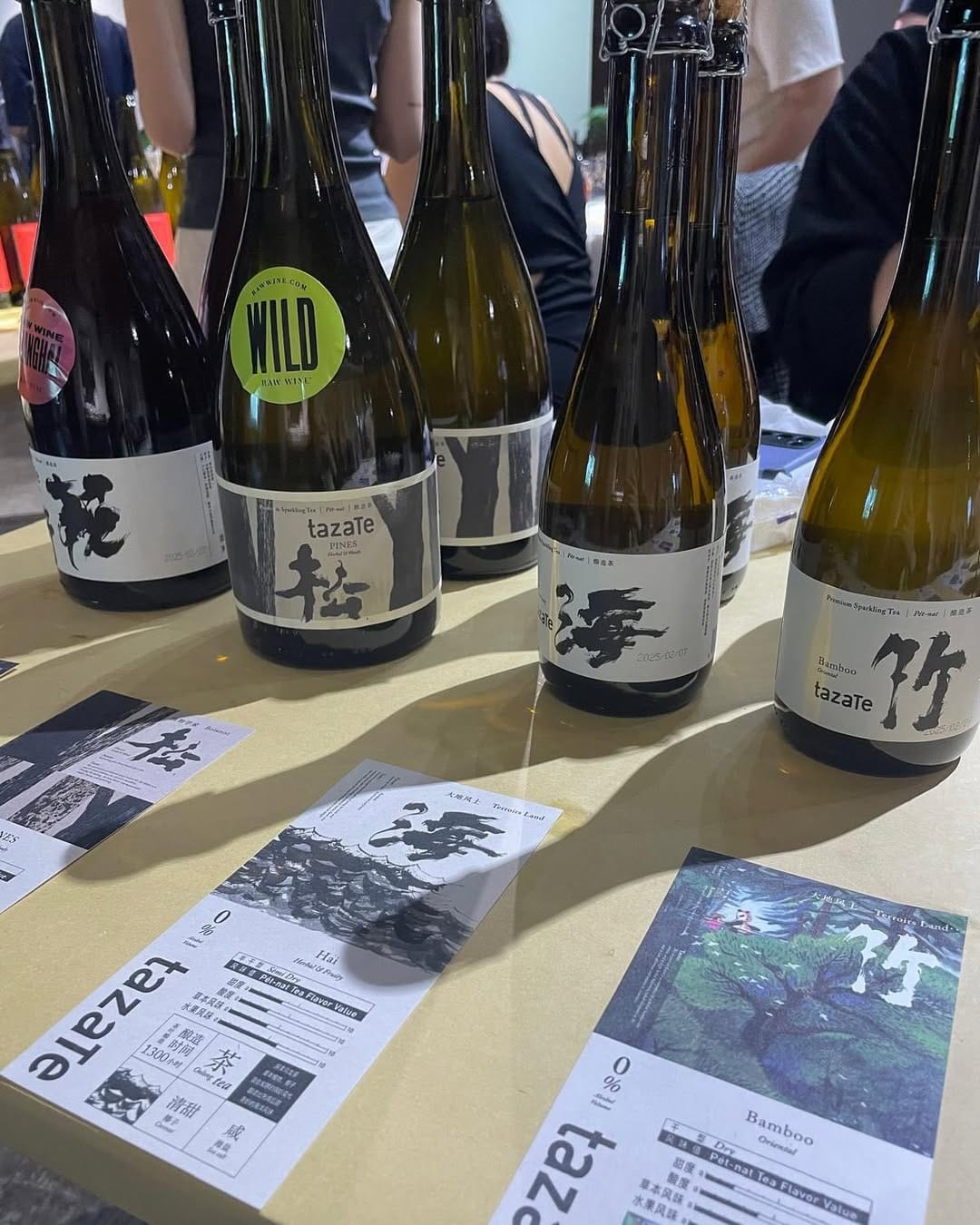
RAW WINE Copenhagen - explore this fair

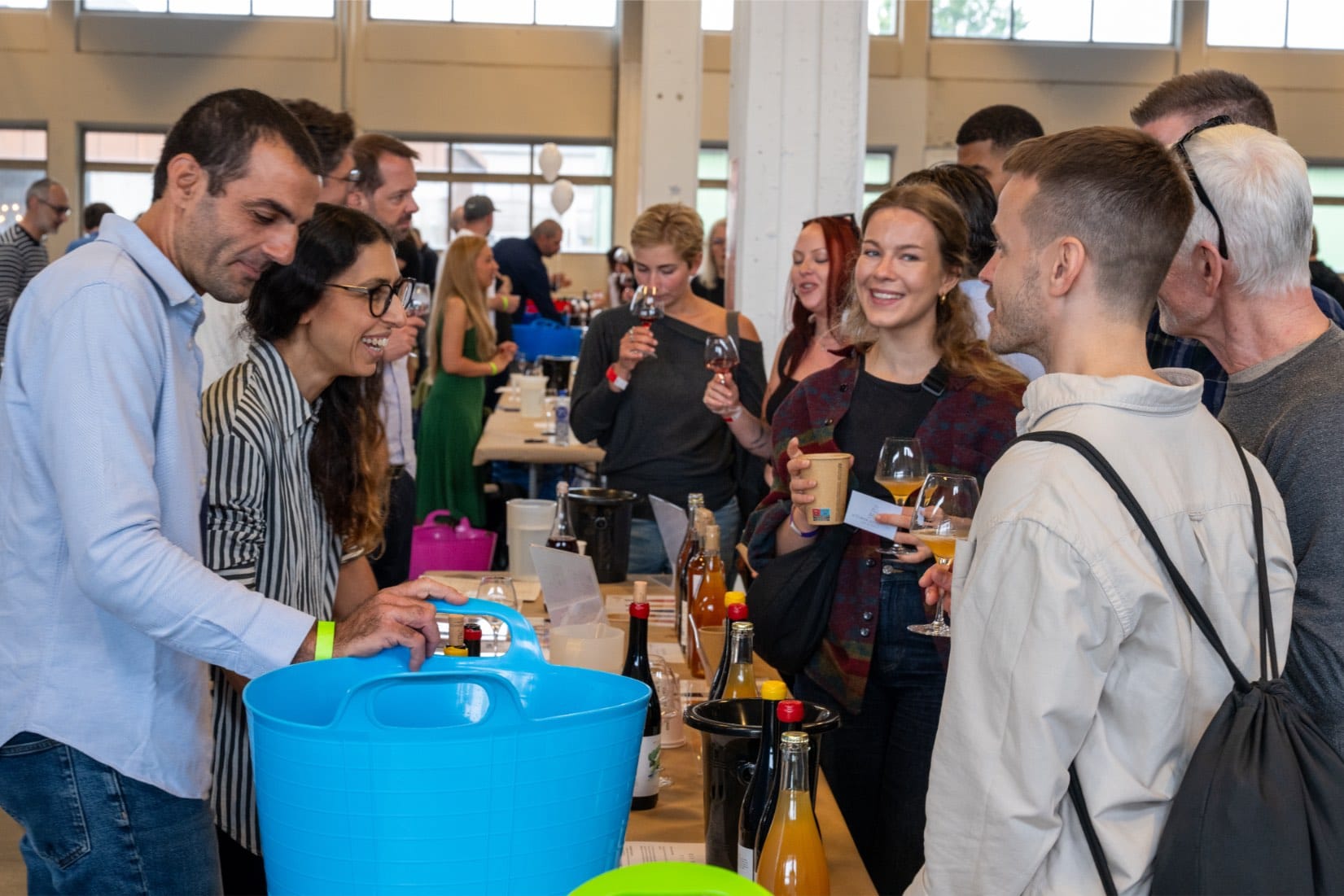
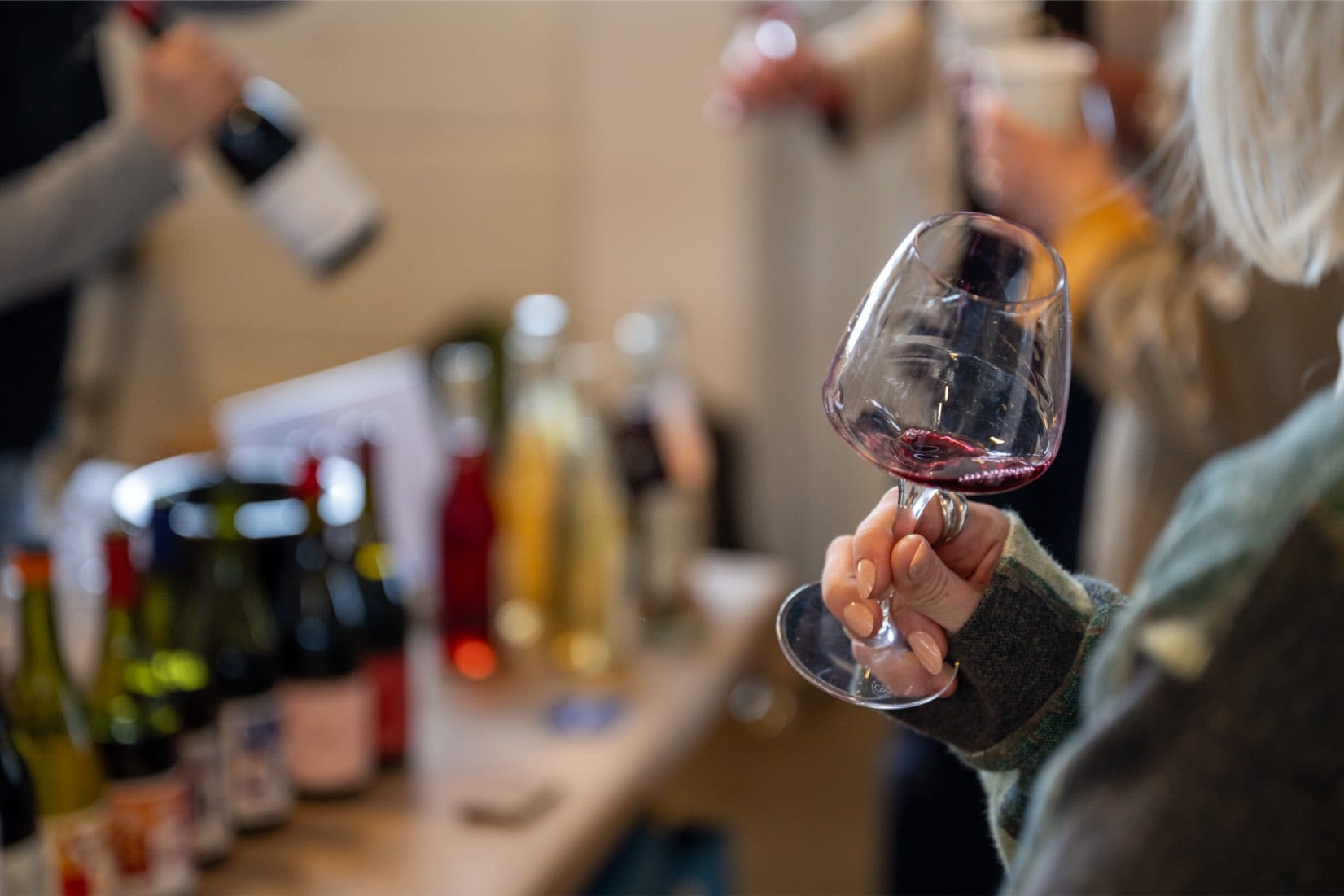
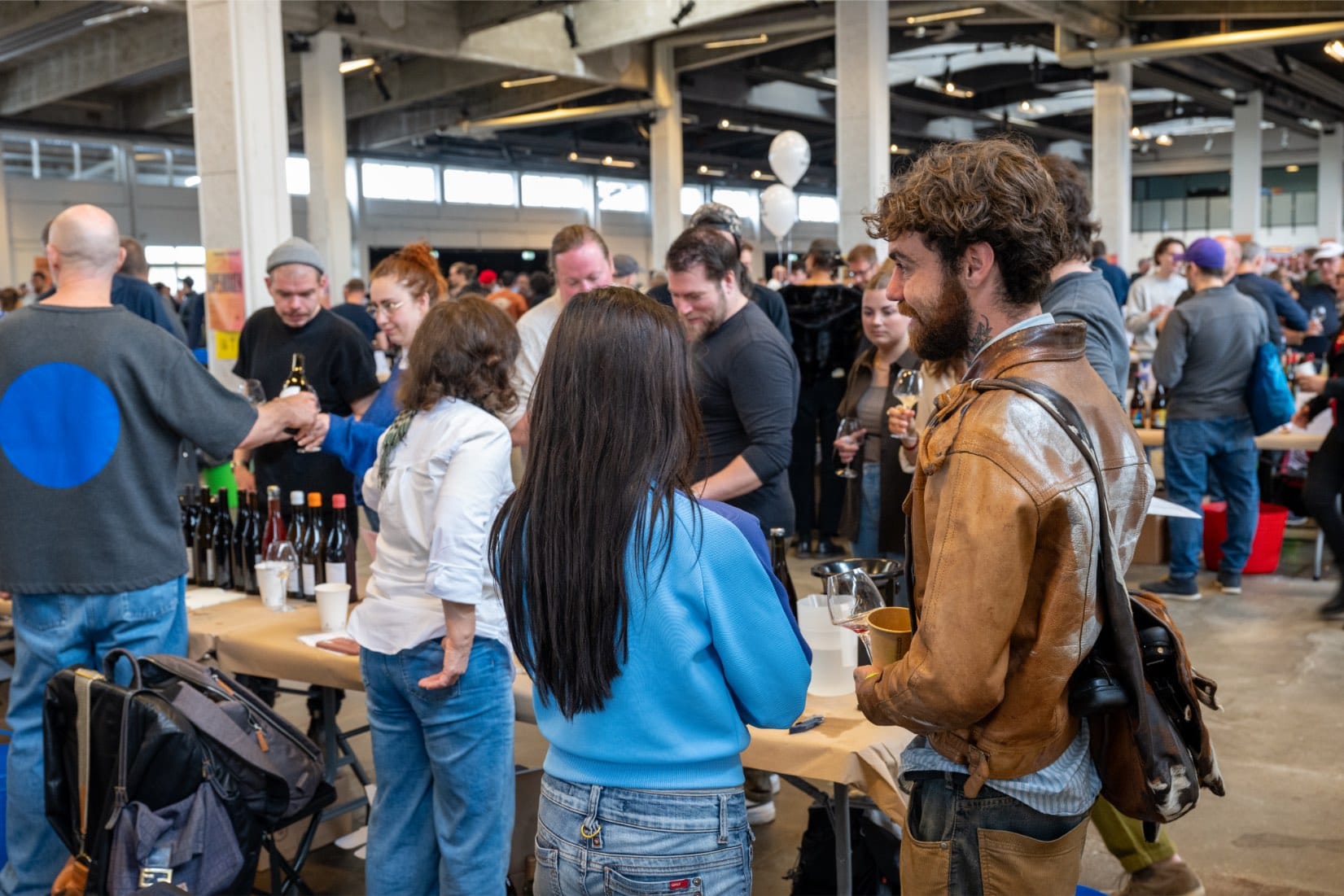
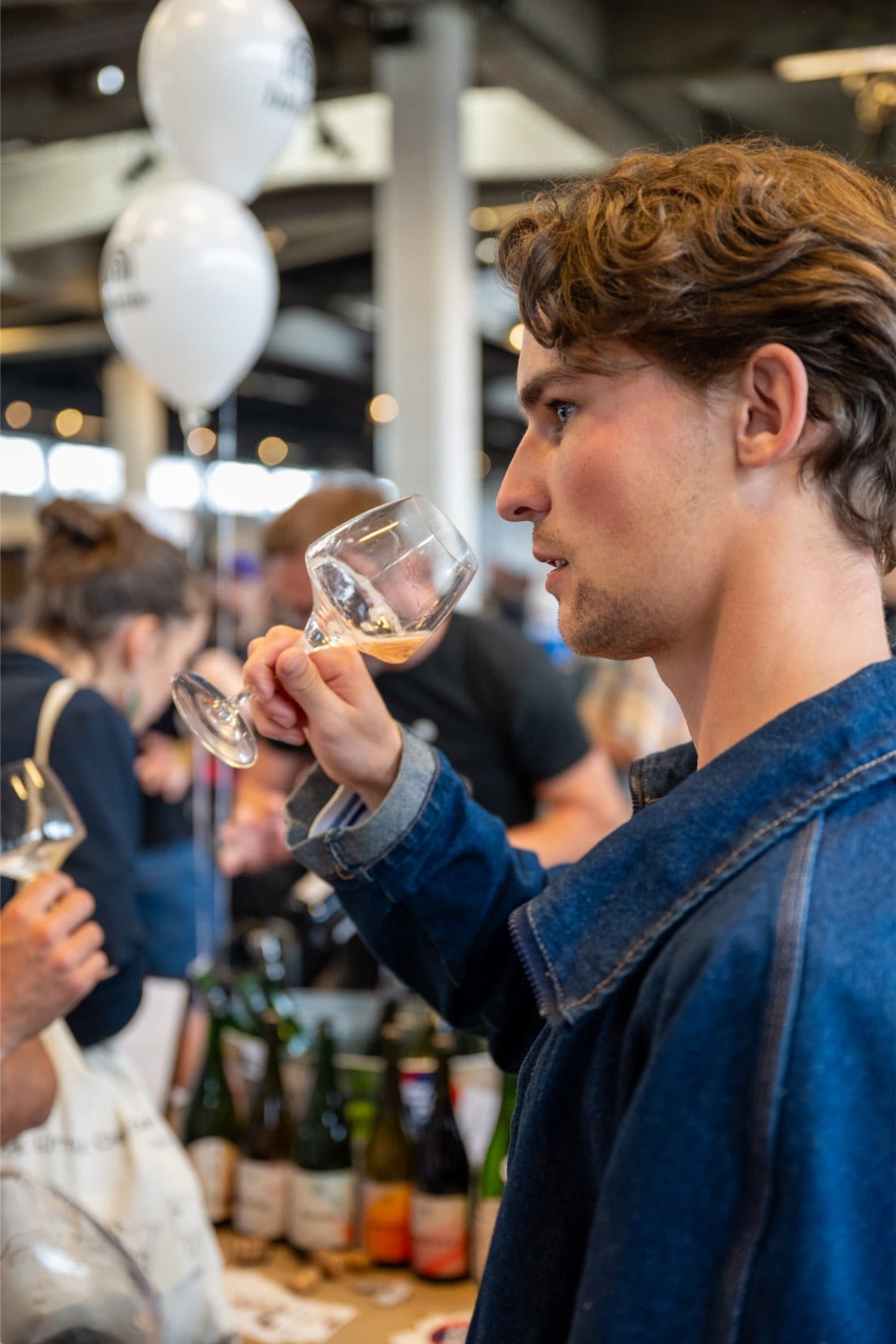
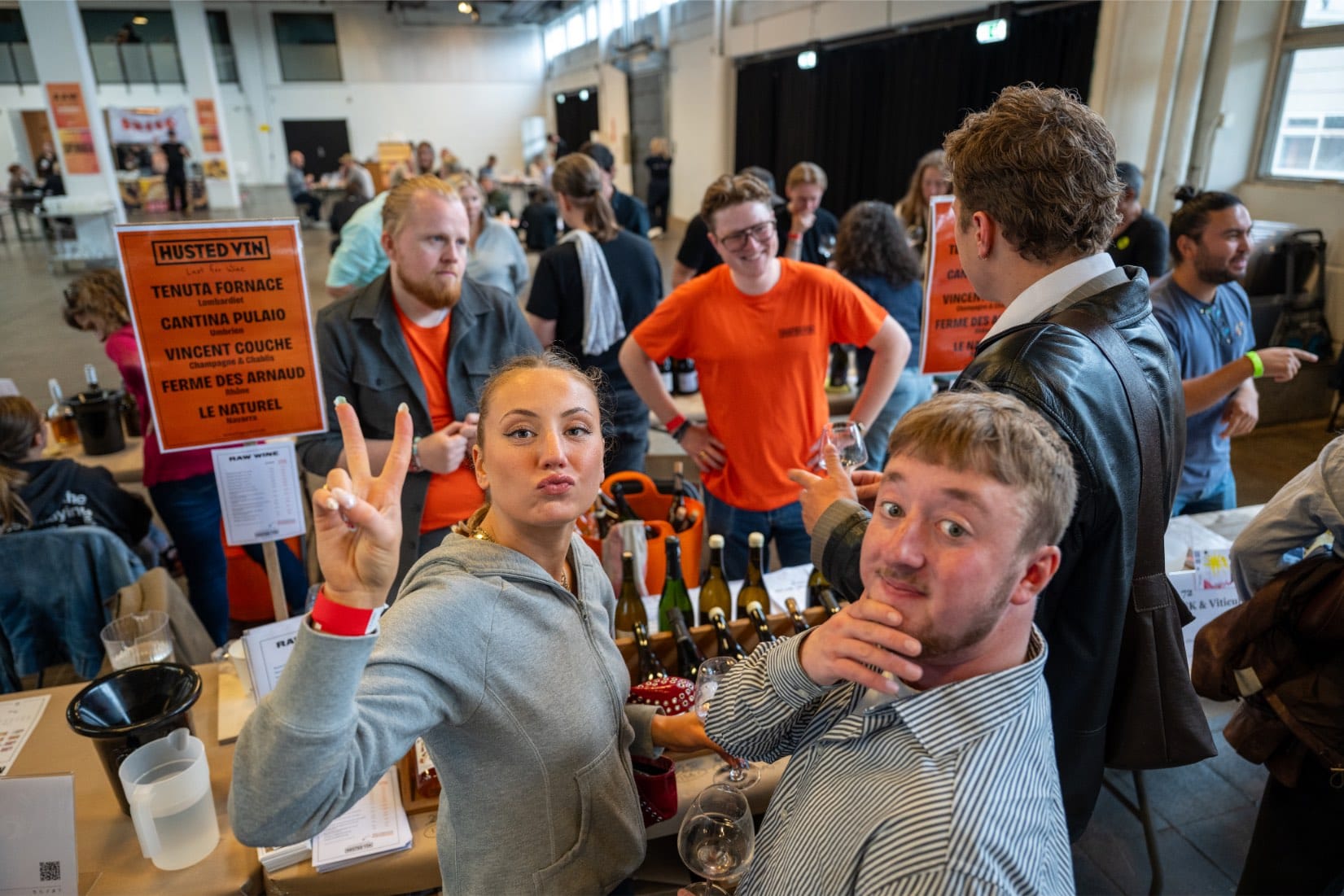
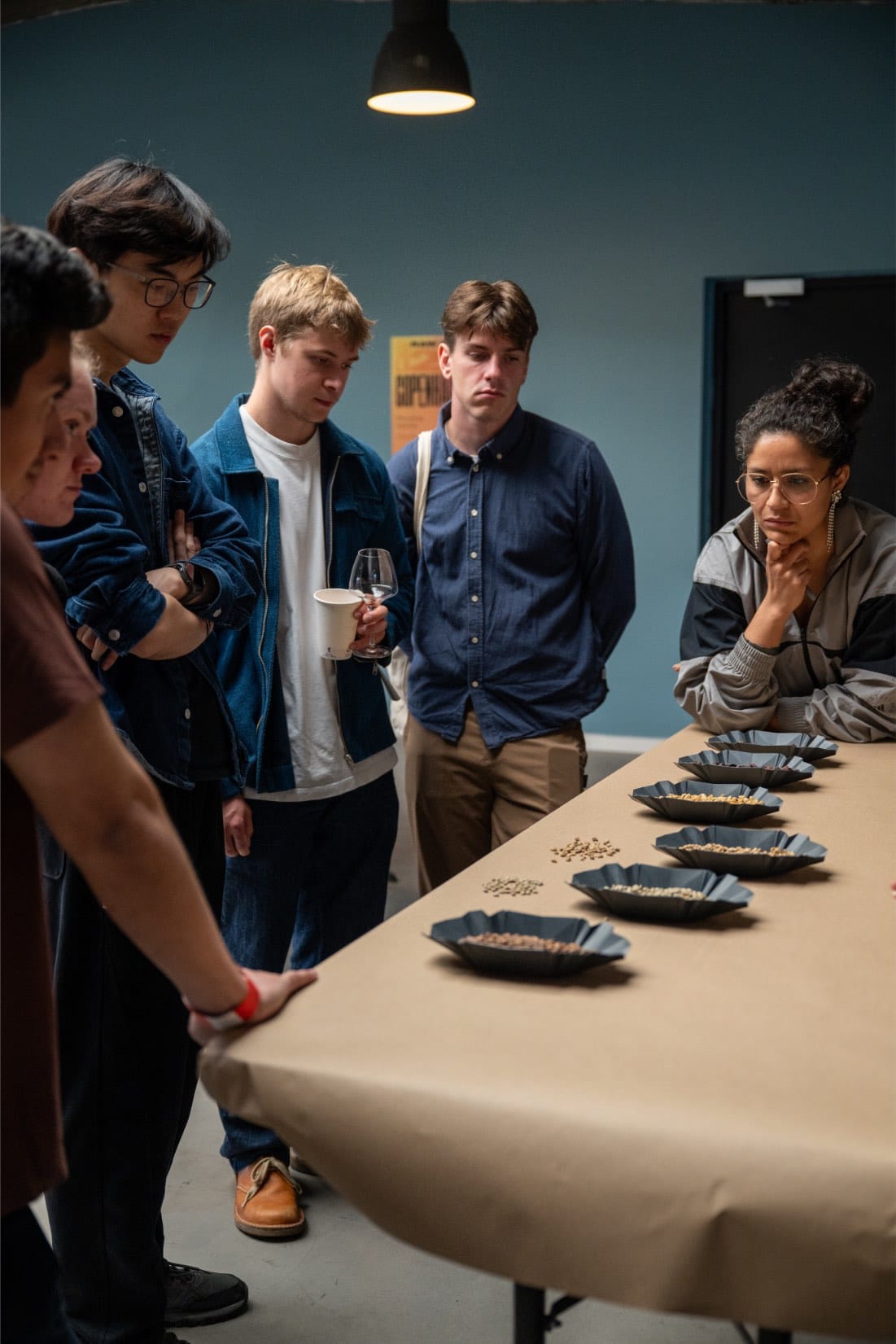
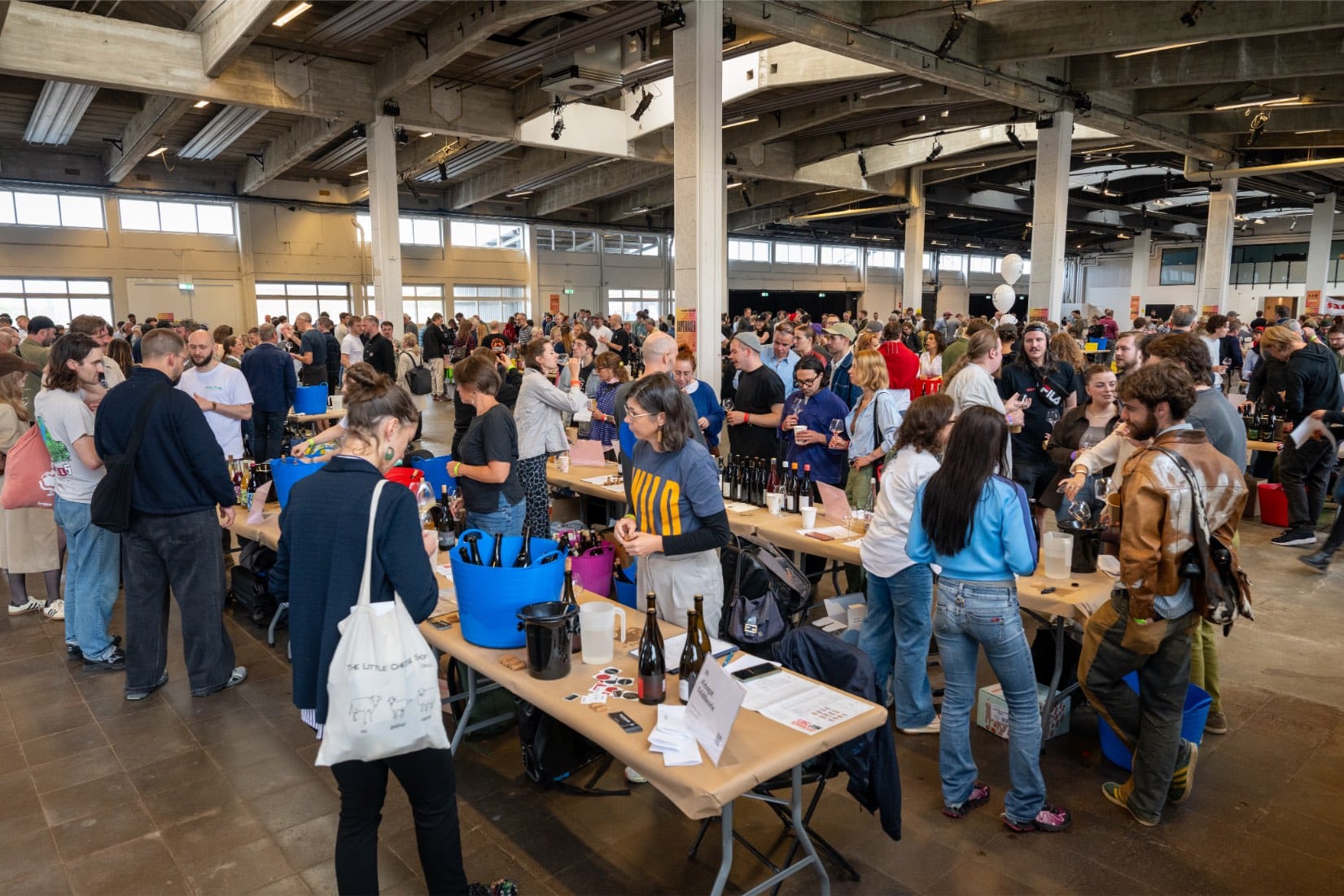

The English version of the article is located at the end of the Japanese article.
フランス人女性で初のマスター オブ ワインを取得
]]>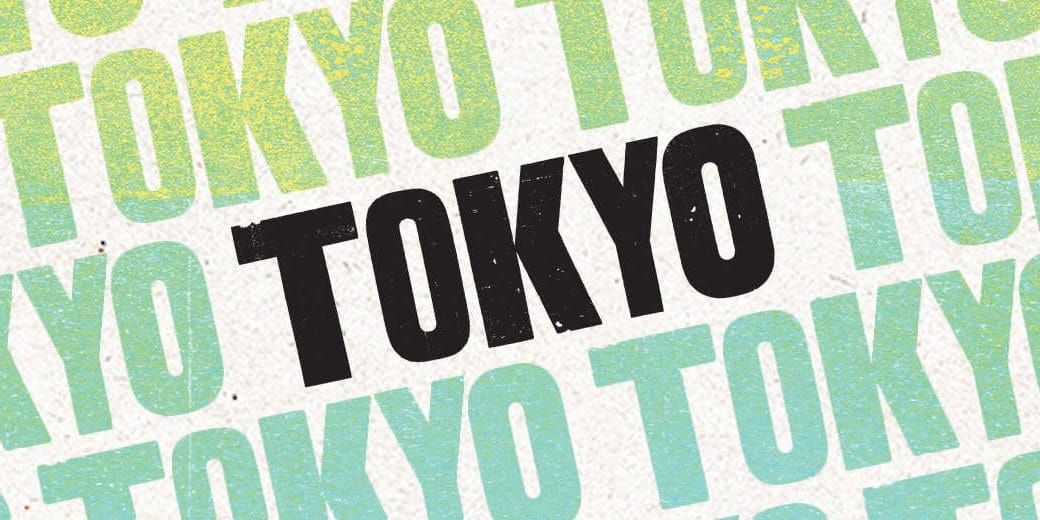
The English version of the article is located at the end of the Japanese article.
フランス人女性で初のマスター オブ ワインを取得した、ロンドン在住の著名なナチュラルワインの専門家、イザベル・レジュロン。オーガニックワインやビオディナミワインなどのナチュラルワインの生産者を、業界関係者や消費者と繋ぐ世界最大の見本市ブランド「RAW WINE(ロウ・ワイン)」の創始者だ。過去には、有名レストランや高級リゾートなどのワインリストの監修のほか、トラベル・チャンネルでワインにまつわる旅番組のホストも務めていたこともある。
イザベルは、コニャック地方のワイン農家出身で、ナチュラルワインを広める活動は、祖父母が行ってきた農法や醸造法へのオマージュでもあるそう。農薬や機械を取り入れた工業化の流れにのっていた当時、家族をはじめコニャック地方のワイン生産者の多くが、農薬の大量散布に起因すると考えられる健康被害に苦しんでいた記憶があり、だからこそ、ワイン造りや農法、生産者の哲学を重視したナチュラルワインの認知に努めている。
欧米諸国を筆頭に、また昨年からアジアへとますますグローバルに活動の場を広げている彼女に、今、ナチュラルワインに想うことを語ってもらった。
- RAW WINE(ロウ・ワイン)ってどういう意味?
「RAW WINEは、ワインのカテゴリーではなく、単なる形容詞として使われるものでもなく、私が作った固有のブランド名です。人間の手が介されていないアンタッチなもの、加熱されていない、磨かれていないという意味が含まれています。ここにはネガティブな意味はまったくなくて、ホールサム(自然のまま、健全な)という考えを表現するために名付けました。例えば全粒粉や未精製のお米のようなイメージですね」とイザベルは話す。
ナチュラルワイン業界の世界的な普及に大きな貢献を続けるRAW WINEの活動は多方面で高く評価されている。
「RAW WINEは、トレードマーケットです」
そうイザベルが語る背景には、RAW WINEが単なるワイン愛好家、消費者向けの試飲イベントではなく、業界関係者(プロフェッショナル)を中心とした商取引の場、ネットワーキングを支える重要な役割を果たしている、という意味が込められている。イベントそのものが、ナチュラルワインのエコシステムを支えるプラットフォームにさえなっているといっても過言ではない。
「RAW WINEは、リアルなイベントに加えて、デジタル展開にも力を入れています。誰もが閲覧できる数千ものナチュラルワイン生産者の情報データベースとオンラインストア(現在は英国内のみ)を提供する公式ホームページのユニークユーザー数は毎月5万人を超えています」
- RAW WINEが定義するナチュラルワインとは
「ワインという言葉の前に、ナチュラルを付けて区別する必要が生じたのは、1980年代頃です。ナチュラルワインは新しいものではありません。なぜなら、かつて造られていたすべてのワインはナチュラルワインでしたから。でもいつの間にか珍しいものになってしまいました。全世界のワイン生産量の1%未満でしかないナチュラルワインは、大海の一滴にすぎませんが、とても大切な一滴なのです」
近代的なワイン業界の慣習を覆し、さまざまな困難を乗り越えて造られる個性豊かなナチュラルワインにオマージュを捧げたい。そんな想いでナチュラルワインの普及活動を続けている。
「RAW WINEは、ナチュラルワイン生産者の、ワイン造りにとどまらない、哲学や生き方を広めること。それにより、世界中の人たちを惹きつける、奥深いワインの魅力がより高められるのです。例えば、濾過を行わず、オリが沈むのを時間の経過とともにゆっくり待つという工程からも、こうした特徴が現れている」
ほとんどのナチュラルワイン生産者が、特定のマーケットに合ったワインを造るのではなく、何よりも自分が飲みたくなるワインを作っていることを考えれば、不思議ではないだろう。おいしいワインのために重要なのは自然と歩む時間で、その時間を短縮したいと思ったら何かが犠牲になってしまう。まるでワインは自分の子どものような存在。だから、なるべく楽な方法を見つけようなどとは考えないのだ。
「造り手との議論や何千ものワインをテイスティングした経験を通じ、総合的なビジョンを手に入れた暁に、自然な方法で作られ、保存料無添加もしくは少量しか加えていないワインが一番おいしいと信じています。飲みたい気持ちを呼び起こすような一種の旨み、よだれが出てしまうようなおいしさがあって、もっと飲みたいと思わせてくれる。それがナチュラルワインの良さなのです。著名なコペンハーゲンのレストラン『ノマ』のレネ・レゼピシェフも、上質なナチュラルワインに出会って飲み続けると、もう元には戻れなくなる、と言っていました。みなさんともその感覚を共有できたらうれしいです」
- RAW WINEの参加ワイナリーに求める基準
RAW WINEの参加資格は、コミュニティメンバーに登録する必要がある。現在、1,800軒のワイナリーが参加しているが、そこに入るのは狭き門だ。
「残念ながら誰でも参加できるわけではありません。それは、厳密な定義があるわけではないナチュラルワイン業界のなかで、RAW WINEではかなり厳しいレギュレーションを定めているからです」
まず第一に、生産者はブドウを100%有機農法(バイオダイナミック農法やパーマカルチャー)で栽培し、醸造過程で極力手を加えず造られたワインであることが必須。次に、農法や醸造方法について詳細なアンケートに回答し、ワインの分析データを提出し、亜硫酸塩の使用量がEU基準を大幅に下回る独自の基準に当てはまるかどうかを確認する。
「全ての基準をクリアした上で、すでにRAW WINEコミュニティの一員である他の生産者からの推薦を得る必要もあります。そして最後に、ワインのサンプルを送ってもらい、それを私がテイスティングして、最終選出をしています」
「例えば昨年のRAW WINE TOKYOでは、日本からも多くの生産者が参加してくれましたが、距離の関係で事前にすべてのワインをテイスティングすることが叶いませんでした。そのため、フェア当日にすべての参加生産者と会い、彼らのワインをすべて試飲しました。もちろん全員、信頼できる関係者から推薦を受けた生産者だったこともあり、納得のいくワインばかりでした」
RAW WINEは世界的なイベントである一方で、地域のコミュニティにも深く繋がるべき、という信念を大切にしている。だから、できる限り多くの地元の生産者を紹介している。
「自然に、そして命を尊重しながら、ていねいにモノ造りを続ける、魅力たっぷりの職人たちに注目してください。重要なのは、生産者が環境を尊重し、造り出すワインや日本酒が、“生きた飲み物”であるということ。ワインや日本酒に微生物が生きていて、テロワールを反映していることを重視してセレクトしています」
以下、RAW WINEが独自で定める、参加ワイナリーの基本条件を記しておく。
・農法は、オーガニックまたはバイオダイナミック(または同等の農法)
・手積みで収穫している
・周囲に自然に生息している天然酵母のみで発酵させる
・自然発生するマロラクティック発酵を人工的に抑止していない
・ファイニング(おり下げ)しておらず、ヴィーガンやベジタリアンにも適している
・濾過をしていない(虫などを取り去るための軽いフィルタリングは例外)
・いかなる添加物も加えていない。ただし亜硫酸塩は例外として、1リットル50mgを超えない範囲で認める
イザベル自らが試飲して選び抜かれた珠玉の生産者たちは、こちらのリスト からチェックしてほしい。
「日々、6〜7件のワイナリーから申請がありますが、審査を通過するのは、そのうち3割ほどであるのが現状です。私は、すべてのワインはオーガニックで作られるべきだと固く信じていますし、そうじゃない方がいいという理由も一切ないと思っています。というのも、ワインのような嗜好品は、単に空腹を満たすだけでなく、体に安全で高品質な栄養を提供すべき飲料だと思うからです」
- RAW WINEの活動は、文化や環境、ライフスタイルに影響を与えている
「私は13年前にRAW WINEを立ち上げましたが、今でも私たちが透明性の重要性を強調しながらナチュラルワインを推進する唯一のプラットフォームであるということが、信じられないほど驚くべきことだと感じています。実際、私はこれまでずっと取り組んできました。実は、私は20年近くナチュラルワインに関わっていますが、残念ながら、今でもワイン業界は世界的に見ても透明性が低い業界です。例えば、あなたの住んでいる場所で『ワインはどう作られているか知っている?』と聞いても、多くの人は『ブドウを絞って発酵させてアルコールにして、瓶詰めするだけ』と思っているのではないでしょうか。ワインは成分表示が義務付けられていないので、自然な飲み物と思えるワインでも、その製造工程で多くの添加物が使われていることがほとんどで、それについて知っている人はまだ多くありません」
現在市場に出回っているワインの90%は、大量生産され、機械でレシピ通りに作られているのが現状だ。実際には、ワインの色、味、質感などを人工的に変えることができるほど、製造方法が進化して、多くの添加物が使用されている。RAW WINEは、そうしたワイン業界の現実を伝え、消費者がより意識的な選択ができるようにする使命を掲げている。
「RAW WINEの立ち上げ当初からのミッションは、人々にそのことを理解してもらいたいと言うことでした。欧米では農家で作られるチーズと大量生産のチーズを、日本では例えば、職人が作る上質な醤油と大量生産された安価な醤油の違いを、多くの人が意識できると思います。なぜかはわからないのですが、ワインに関してはそのような教育がされてきませんでした。ボトルに職人が働く様子のイラストとともに丁寧なワイン造りをしている印象に見せるラベルを貼るのは簡単ですし、それに対する規制もありません。だからこそ、情報の透明性が求められていると思います。とくに、ワインを飲む人たちが、以下2つのことについて自発的に疑問を投げかけ、答えが得られる世の中になるべきだと望んでいます」
①添加物について
「ワインには実に多くの添加物が含まれています。ブドウ100%のお酒とうたっていても、添加物と言う形で魚や鶏卵、乳製品由来の成分が使われていて、ヴィーガンやベジタリアンの人でも知らない人は多いようです。それは、そういった情報がラベルには書かれていないからなのです。人々は自分が何を飲んでいるのかを知る権利があり、選択できるべきであると思います」
②環境について
「ぶどうを栽培することは、贅沢品の生産にほかなりません。米のように、人々の命を支える必須食品ではないのです。だから、本来ぶどう畑はオーガニックであるべきなのです。大量生産する必要はなく、オーガニックであるべきではない理由はない、と考えているのです」
農薬や化学肥料を過剰に使用すれば、環境にはもちろん健康にも大きなダメージがあるのは周知のところ。
「大量生産のために、水資源が限られた地域でも必要以上に水を消費し、本来ブドウが育つべきではない土地に畑を作っています。自然の力で育たないから、農薬や化学肥料を大量に使用し、土壌は死んで浸食が進むのです。そうした農薬の残留物がワインに残っていることもあるのに、ほとんどの消費者はそれを知らずに摂取しているのです。そしてこうした事実についての情報提供はほとんど行われていません。だからこそ、RAW WINEの目的は、ワインの生産過程を完全に透明化することなのです」
そんな地道な活動を続けていると、メディアが集まり、より多くの人に伝えられるようになり、ワインを飲む人々の意識が徐々に変わっていくのを目の当たりにしている、というイザベル。
「なぜなら、そういった変化は、ワイン業界ではなく、消費者が引き起こすものだからです。ワイン業界にはさまざまな利害関係が絡んでいて、大量生産されたワインを “小規模な家族経営で作られたテロワールのあるワイン” と見せかける手法は今でも使われています。でも、私たちがワインの透明性について公に語ることで、飲み手の学びに貢献し、ワインの選び方と飲み方を変えることができる、と信じています。この影響は既存体制のワイン業界にも及んでいて、一部の生産者は亜硫酸の使用を減らし、より自然な製法を取り入れるようにもなってきています」
- 単なる試飲イベントではなく、教育的で、文化的なムーブメントに!
RAW WINEは、ナチュラルワインに興味を持つ人々だけでなく、それ以外の層にも着実にアプローチを伸ばしている。
「ウェブサイトやイベントを通じて、より多くの消費者、特に新しい世代のワイン愛好家にアプローチすることができているのも誇るべき達成です。彼らは、自分の体に何を取り入れるかを意識し、飲むことの倫理的側面に関心を持ち、環境や生産者の労働環境に配慮したビジネスを支持したいと積極的に考えています。ワイン業界の人々だけでなく、アート、旅行、映画などの分野で働く人々や、少しオルタナティブな視点を持つ人々にも広げたいと思っています。
ワインはエクスクルーシブで知的な飲み物と思われがちですが、結局のところ、単なる農産物であり食品です。複雑で美しいワインの魅力は、シンプルさの賜物。つまり、これほどの奥深さを生み出せる自然はなんて素晴らしいんだろう、という感動そのものが、ワインなのです。無限の変数を持つ自然だけが、こんなにも個性豊かで完璧な飲み物を生み出せるのです」
オーガニックの食品に関しては、世界的にかなり大きなビジネスとなっているが、ワインに関してはオーガニックの採用や認知が、まだまだ遅れている。
「ワインは本能や直感で飲むものだ、ということを伝えたいのです。食事をするのと同じように、感覚で味わってください。ブランドや他の人の意見を気にせず、自分に問いかけてみて。『この味は好き?もう一口飲みたくなる?』と。日本人なら、おいしい寿司やお茶の違いはすぐに分かるはず。でも、ワインについてはアプリやスコアを見なければ分からないから難しいと考えていませんか? ワインに親しみのない人であっても、ただ飲んで、自分の体がどう感じるかに耳をすませば、そのワインが本当に良いものか、誠実なものかが分かるようになれたら、と思っています」
ナチュラルワインを通じた、環境へのアクティビストとしても活動をするイザベル。マスタークラスや各国での講演や会議、また世界中のナチュラルワイン生産者に対してのカウンセリングも行う。
「もし農業のやり方を変え始めたら、環境にも大きな変化を与えることができます。今回のイベントでは、東京のワインラバーたちに、ナチュラルワインを選んで飲むことが、自分の体にも地球環境にも繋がって、どれほど重要なことなのかを理解してほしいのです。私たち全員で少しずつ、ワイン業界に変革を引き起こしているのです。そしてそれこそが私のライフワークなのです。そう、RAW WINEは確かに人々をたくさん集めて良いフェアを開催し、ワインの生産者に露出を増やして売上を伸ばす一面もありますが、実はもっと大きなビジョンで、環境と農業にポジティブなインパクトを与え、ワイン業界に世界規模の変革を起こすそうとする試みでもあるのです」
RAW WINEのインスタグラム(https://www.instagram.com/rawwineworld)では、生産者のストーリー紹介を中心に運営しているのもそれが理由だ。6万人以上のフォロワーに向けて、世界のどこかで行われている、草の根運動のようなナチュラルワイン生産者の正直で地道な活動を、伝え続けている。
- 持続可能性と革新の間にある、ナチュラルワインの新しい真価とは
誰もが肌で感じている環境問題の波紋は、農業の現場に大きなダメージをもたらしているのはいうまでもない。かつては収穫年ごとに似たような天候パターンに頼ることができたブドウ栽培も、今では天候を予測できなくなることで難易度が高まっている。
「例えば、一時間で通常の数ヶ月分の雨量になるような集中豪雨です。これは気候変動や地球温暖化によるもので、いくら優れた農家であっても、これに対して準備ができることはないと思います。でも、これらの変化に対応できる柔軟さを持ち合わせた自然畑を彼らが地道に作っていくことで、ブドウの木はより強くなり、土壌が過剰な水分を吸収できるように適応していけるのです」
疲弊して損傷した土壌は、雨が降ったときに吸水する能力がなく、洪水が起きて土壌がさらに侵食されてしまうそうだ。一方で、有機物をたっぷり蓄えた健康的なオーガニックの土壌では、土壌が水分をたっぷりと吸収して地面に浸透し、さらなるダメージを引き起こすことはないという。逆に干ばつの場合は、有機物が豊富な土壌は水分をより保持できる。
「ブドウ畑にアグロフォレストリー(農林混合)を再導入することや、土壌の湿度を調整するためにマルチング技術(土壌の表面を藁や堆肥などの有機物で覆う農法)を活用すること、さらにはカタルーニャのある生産者が実践しているように、自らの羊から刈り取った羊毛を土に埋めて水分を保持しているなど……。私は常に、当社のネットワークにいる素晴らしい生産者たちから、持続可能で革新的な技術を使ってブドウの木や土壌を守り、気候変動に適応するための感動的な話を聞いています」
残念なことに、ナチュラルワイン生産者は自由放任主義だとか、怠け者だとかいう間違った認識も存在しているのが現状だが、これほど真実からかけ離れた誤解もない。優れた生産者は精密で妥協をゆるさないタイプが多いという。そこに求められるのは、驚異的な観察力に加え、荘厳な自然へのリスペクトと自然の崇高さに対する謙虚さを常に忘れないことなのだ。
「突然大きな霜が降りて、若い芽がすべてだめになってしまうことがあったら……。それに対しては何もできません。ナチュラルワインの生産には途方もない苦労とリスクが付きまとっているのです。だからこそ、購入価格が安くできないという現状があるのです。さらに、現在の経済環境では、インフレや経済の低迷、戦争、政治的不安定など、多くの場所で自然以外のさまざまな問題も同時多発しているのでなおさら厳しくなるばかり」
そんな状況をくぐり抜けて仕上がったワインは1本3ユーロなどで売れるわけはなく、出荷時にはもっと高い価格で売らざるを得ない現状だ。
「経済的な課題は、環境的な課題よりもむしろ大きいと感じています。すでに多くのナチュラルワイン生産者は、カーボンニュートラルであり、カーボンシンク、つまり生産するよりも多くの二酸化炭素を吸収しているからです。働く従業員のことも考え、ボトルの重さにも気を使い、手作業を多くし、水の使用を少なくし、灌漑をしないところも多いのです。彼らはその影響を最小限に抑えるために多くの地道な行動を続けています」
生産者が自然に向き合って一滴一滴の貴重なワインを作り、その物語を語り継ぐことで、ナチュラルワインは人々に気候や時代の問題を啓蒙していく。
「有機栽培、バイオダイナミック農法、パーマカルチャーなどを実践する生産者たちは、良い志しをもった人たちが多いです。自然や動物、もし動物と一緒に働いているなら、その動物、またその周りの人々に対しても常に敬意を持っています。つまり、彼らはビジネスを運営する上で非常に強い倫理観を持っているのです。そしめ自分たちがいる場所に忠実なワインを作ることに注力しています。だから、健康を大切にし、体に取り入れるものに気を使う若い世代の消費者にとっても、ナチュラルワインは完璧にマッチしていると思うのです。環境問題や味、倫理問題に関心を持ちつつも、誰もができるだけ不必要な化学物質を体に入れたくないでしょう?」
- 最近のナチュラルワインのトレンドについて
「ナチュラルワインの生産者は非常にクリエイティブです。なぜなら、彼らは必ずしも一般的なワインの慣習に縛られているわけではないからです。ナチュラルワインの生産者のうち、元々はワイン業界の外で別の仕事をしていた人たちが魅せられて転向した人たちが多いのも、変化を恐れない生産者が多い理由かもしれません」
ワイン業界は通常、ピノ・ノワールやシャルドネ、カベルネ・ソーヴィニヨンなどの有名なブドウ品種にこだわりがちだが、チェコ共和国やスロバキア、南フランスなどでは、地元の古代の在来ブドウ品種を再発見し、使う生産者が多いそう。とくにナチュラルワインを飲む人々は、必ずしもピノ・ノワールやシャルドネ、カベルネ・ソーヴィニヨンでなくても構わないというマインドも良き作用になっているという。
「ワインを媒介にした発酵トレンドも独自の進化で面白いです。例えば、オーストリアやポーランド、中央ヨーロッパ、またはスウェーデンなどでは、誰からも見向きもされなかった古い果実の木から収穫して、自分たちのブドウ果汁と一緒に発酵させたりしています。ビールと一緒に発酵させる飲み物もあります。このクリエイティブな発酵スタイルのバリエーションは、土地を愛し、観察力に長けたナチュラルワインのコミュニティならではのムーブメント。自然の力を最大限に活用し、地方を復興させ、素晴らしい製品を生み出して成功させています」
シャンパーニュ製法が生まれるずっと前、16世紀から続く伝統的な醸造方法で作られた発泡性のワイン、ペット・ナット(ペティアン・ナチュレル)も人気だ。
「ブドウ果汁をボトルに詰めて、ボトル内で自然に発酵させることで発泡させるだけ。糖分や酵母などは加えず、自然に一次発酵させるだけの製法です。こういうとシンプルで簡単に思えるかもしれませんが、ペット・ナットを作ることは実は非常に複雑で技術的な工程を伴います。失敗すれば、最悪ボトルごと爆発してしまうこともあるのです! これがナチュラルワイン業界に広まり、今では多くの伝統的なワイナリーもこのスタイルを試みています。それとすっかり耳馴染みがあるかとは思いますが、果皮や種を使うオレンジワインも古代製法の復活トレンドの一つです。味に深みや複雑みを持たせるだけではなく、自然な保護効果がある抗酸化物質やオイルが多く含まれているため、添加物なしでワインを作れるのです」
同様に、クレイ(粘土)の壺を使用したワインも、伝統的なワイン造りのリバイバル。そもそも自然素材を愛するナチュラルワイン生産者たちが、ジョージアやイタリア、スペインの一部地域からのインスピレーションを受けて、自分らしいワインを表現している。
「既存のルールに縛られることなく、自由なアイデアを生み出すことができるナチュラルワインは、色や分類に関して厳格な一般的なワイン業界にも確実に刺激を与えています。例えば、黒ブドウから白ワインを作ることや、同じ畑に育つ10種類の異なるブドウを混醸する(フィールドワイン)ことだってできるのです。そして、ナチュラルワインの生産者たちは『ルールは関係ない』と言っておいしい飲み物を生み出し続けているのです。素晴らしいことだと思いませんか?」
- 最後に、イザベルにとって特別な1本とは
「基本的な好みは、SO2(亜硫酸塩)の使用量が非常に少ないワインです。しかも私が飲むワインの90%は、SO2を一切使っていないものです。ですが、ワインの種類は、スパークリング、甘口、赤、白、ロゼ、オレンジ、分類できないワインであってもかまいません! 要するに、ワインであればなんでも好きなんです。地域にこだわりはありませんが、本当に素晴らしいと思える人々が作ったワインが好きですね。そういったワインには造り手のエネルギーを感じることができますから」
お気に入りのワインはいくつかありますが、とくに大切に思っているのが、作り方やワインに込められた気持ちだというイザベル。そんな彼女の人生を変えたワインにまつわるエピソードを話してくれた。
「故アラン・カステックス氏と彼のパートナーであるジスレーヌ・マニエ氏が所有していた頃の、カゾ・デ・マイヨール(Casot des Mailloles)のワインは、私の心に深く刻まれたワインです。厳密にはワイナリーというよりはガレージのような施設ではありましたが……。でも、アランとジスレーヌのワインは並外れたものでした。それは、私がまだこの業界に入ったばかりの頃。南仏のルーション地方にある彼らのワイナリーを訪ね、彼らからナチュラルワインの違いと可能性、その栽培方法を学ばせてもらったのですが、それはまさに目からうろこが落ちた出来事でした。アランは静かで控えめ、繊細で、人間性の高い人物。それ以来、何年もたってたくさんの人と出会ってきましたが、彼ほど優れた栽培者、造り手には出会えていません。彼が作るロゼ、『カンタ・マナーナ(Canta Mañana)』は本当に素晴らしく、今でも私のお気に入りのワインの一つです」
ワインはその時の気分で、飲みたいボトルがあり、味の感じ方も変わる。例えば大切な人たちと一緒に食事をしてワインをシェアすることも、特別な味の記憶として思い出に残るはずだ。
「特定のテイスティングノートや点数も参考になりますが、ワインを飲む時の感情や場所、ボトルをシェアする人など、TPOがワインと自分の関係に深く繋がっています。だから、ナチュラルワインの初心者でも、遠慮はいりません。健全な飲み物であるナチュラルワインを飲むことは、感情的な体験です。だから、先に述べたように、頭ではなく心と体で飲んでほしいんです。ワインについてあなたが知っていると思い込んでいることは一旦すべて忘れて、ただ飲んでみて。私や専門家がどう思うかなんて気にしないで、自分自身のお気に入りを見つけることに本当の意味があるはずです」
インタビュー後半では、13年間、欧米市場を中心にナチュラルワイン市場の拡大に注力してきたイザベルが、日本を皮切りに展開するアジアでの活動、次世代への想いなど、これからの展望を語ってくれる。
「ナチュラルワインの市場が成熟を迎えている日本に比べて、中国はまだこれから。次世代の若者に自然派ワインと有機農業について教育することで、地球環境を改善できる可能性があると考えています」とイザベル。続編は、第二弾のリリース配信とともに、4月に公開予定なので、お楽しみに!
「RAW WINE TOKYO 2025」の最新情報についてはこちらから
マントン友美
シドニーと東京の2拠点ベースで活動中のフリーランスエディター。『ELLE Japon 』 や『 Marie Claire 』 など、世界各国への取材旅を元に仕立てる魅力的なコンテンツを寄稿しながら、おいしさと楽しさを探求することがライフワーク。
Translation
Isabelle Legeron, a London-based expert in natural wine, was the first French woman to earn the title of Master of Wine. She is the founder of RAW WINE, the world’s largest trade fair connecting low-intervention organic and biodynamic wine producers with industry professionals and consumers. In addition to curating wine lists for renowned restaurants and luxury resorts, she has also hosted a wine-focused travel show on the Travel Channel.
Born into a winemaking family in the Cognac region, Isabelle’s work in promoting natural wine is also an homage to the farming and winemaking traditions of her grandparents. She recalls how, during the industrialization of viticulture, her family and many other producers in Cognac suffered health issues likely caused by the heavy use of pesticides. This experience strengthened her commitment to raising awareness of natural wine, focusing on winemaking methods, agricultural practices, and the philosophy of producers.
With a growing global presence, especially in Europe and the Americas, and an increasing expansion into Asia since last year, Isabelle shares her current thoughts on the world of natural wine.
- What Does “RAW WINE” Mean?
“RAW WINE” is not a wine category, nor is it simply an adjective—it is a unique name that I created for our fair and network. The term conveys the idea of something untouched by human intervention, unheated, and unpolished. There is nothing negative about it; rather, it embodies the concept of wholesomeness—natural and pure. Think of it like whole wheat flour or unpolished rice,” explains Isabelle.
Through RAW WINE, she has played a significant role in promoting natural wine worldwide, earning high recognition across various industries.
“RAW WINE is a trade market,”
Isabelle emphasizes. This statement highlights the fact that RAW WINE is not just a tasting event for wine enthusiasts and consumers but, more importantly, a business platform that facilitates trade and networking among industry professionals. In many ways, RAW WINE has become an essential part of the natural wine ecosystem.
“In addition to physical events, RAW WINE is also expanding its digital presence. Our official website provides a publicly accessible database featuring thousands of natural wine producers, along with an online store (currently available only in the UK). The site attracts over 50,000 unique users per month,” she adds.
- What RAW WINE Defines as Natural Wine
“The need to distinguish natural wine by adding ‘natural’ before the word ‘wine’ emerged around the 1980s. Natural wine is not new because all wines that were made in the past were natural wines. However, over time, it became something rare. Natural wine, which accounts for less than 1% of global wine production, is just a drop in the ocean, but it is a very important drop.”
RAW WINE continues to promote the spread of natural wine, paying homage to the uniquely crafted wines that defy modern wine industry conventions and are created by overcoming various challenges.
“RAW WINE aims to spread the philosophy and way of life of natural wine producers, which goes beyond winemaking itself. By doing so, the deep allure of wine that captivates people around the world is further enhanced. For example, this characteristic is evident in the process of not filtering the wine and patiently waiting for the lees to settle over time.”
It is not surprising that most natural wine producers do not make wines tailored to specific markets, but instead create wines that they themselves want to drink. The time spent walking in harmony with nature is crucial for making delicious wine, and if one tries to shorten that time, something must be sacrificed. Wine becomes like a child to them. Therefore, they do not consider finding an easier way.
“Through discussions with producers and tasting thousands of wines, I have gained a comprehensive vision and believe that wines made naturally, with little or no added preservatives, are the most delicious. They have a kind of savoriness that awakens the desire to drink more, making you salivate and want to keep drinking. That is the beauty of natural wine. René Redzepi, the chef of the renowned Copenhagen restaurant ‘Noma,’ also said that once you encounter and continue to drink high-quality natural wine, you can’t go back. I would be happy if I could share that feeling with you all.”
- Criteria for Wineries Participating in RAW WINE
To participate in RAW WINE, wineries must first register as community members. Currently, there are 1800 wineries participating, but gaining entry is not an easy feat.
“Unfortunately, not just anyone can participate. This is because, in the natural wine industry—where there is no strict, universally accepted definition—RAW WINE has established quite stringent regulations,” Isabelle explains.
First and foremost, producers must cultivate their grapes using 100% organic farming methods at a minimum (some use biodynamics and/or permaculture practices as well), and vinify their wines with minimal intervention. Additionally, they must complete a detailed questionnaire about their farming and winemaking methods, submit wine analysis data, and ensure that their sulfite levels are significantly lower than EU standards, according to RAW WINE’s own strict criteria.
“After meeting all these criteria, producers must also obtain a recommendation from an existing RAW WINE community member. Finally, they must send wine samples, which I will taste before making the final selection.”
“For example, at RAW WINE TOKYO last year, many producers from Japan participated. However, due to logistical constraints, we were unable to taste all the wines beforehand. Instead, we met each participating producer in person at the fair and tasted all their wines on-site. Of course, since they were all recommended by trusted industry professionals, we were confident in their quality—and we were not disappointed.”
While RAW WINE is a global event, it also upholds the belief that it should remain deeply rooted in local communities, which is why we always make sure to include as many local drinks producers as possible. We want to draw attention to exciting artisans who are trying to do things naturally, with care and a respect for the living.
“What matters most is that producers respect the environment and that the wine or sake they create is truly a ‘living beverage’—meaning it contains active microorganisms and genuinely reflects its terroir. That is the most important factor in our selection process.”
Here are the basic conditions set by RAW WINE for participating wineries:
•Farming practices: Organic, biodynamic, or equivalent farming methods
•Harvesting: Grapes are hand-picked
•Fermentation: Fermented with only natural yeasts naturally occurring in the environment
•Malolactic fermentation: Natural malolactic fermentation is not artificially suppressed
•Fining: No fining (not clarified), making the wine suitable for vegans and vegetarians
•Filtration: No filtration (except for light filtering to remove insects or similar impurities)
•Additives: No additives of any kind, with the exception of sulfites, which may not exceed 50 mg per liter
The selected top producers, personally chosen and tasted by Isabelle, can be checked out on this list: RAW WINE Producers.
“Every day, we receive applications from 6-7 wineries, but only about 30% of them pass the evaluation. I firmly believe that all wine should be made organically, as there is really no reason at all for it not to be. Quality food, like wine, should not only satisfy hunger but also provide the body with safe, high-quality nutrition.”
- RAW WINE’s Impact on Culture, Environment, and Lifestyle
“I started RAW WINE 13 years ago and what I find pretty unbelievable is that we are still the only platform championing natural wine that emphasizes the importance of transparency. In fact, I've been working with natural wine for nearly 20 years, but unfortunately, the wine industry, even globally, still lacks transparency. For example, if you ask people in your area, ‘Do you know how wine is made?’ many would probably answer, ‘You just crush the grapes, ferment them to make alcohol, and bottle it.’ Wine doesn’t have mandatory ingredient labeling, so even wines that seem natural often contain many additives during production, and not many people are aware of that.”
Currently, 90% of the wines on the market are mass-produced and made with machines to a recipe.. In reality, manufacturing methods have evolved to the point where the color, taste, and texture of wine can be artificially altered, and many additives are used. RAW WINE’s mission is to communicate these realities of the wine industry and enable consumers to make more conscious choices.
“The mission of RAW WINE from the very beginning was to make people understand this. In the West, for example, people are aware of the difference between cheese made by farmers and mass-produced cheese. In Japan, many people can distinguish between high-quality soy sauce made by artisans and cheap mass-produced soy sauce. For some reason, this kind of education has not been provided for wine. It’s easy to put a label with an illustration of an artisan at work to give the impression of meticulous winemaking, and there are no regulations against that. That’s why transparency of information is so important. I hope that, especially for wine drinkers, the world becomes a place where people can spontaneously question and get answers to the following two things.”
1.Additives
“There are many additives in wine. Even if it claims to be 100% grape alcohol, additives such as fish, chicken eggs, or dairy-derived ingredients are often used, and many vegans and vegetarians are unaware of this. This is because such information is not written on the label. People have the right to know what they are drinking and should be able to make informed choices.”
2.Environment
“Grape cultivation is, after all, the production of a luxury good. Unlike rice, which is an essential food that sustains people’s lives, grapes are not a necessity. Therefore, grape vineyards should naturally be organic. There is no reason why they should not be organic, and there is no need for large-scale production.”
It is well known that excessive use of pesticides and chemical fertilizers causes significant environmental and health damage.
“To produce on a large scale, water is consumed unnecessarily even in areas where water resources are limited, and vineyards are created in lands where grapes should not naturally grow. Since they cannot be grown by the forces of nature, pesticides and chemical fertilizers are used in large quantities, causing the soil to die and leading to erosion. Residues of these pesticides may remain in the wine, but most consumers unknowingly ingest them. Moreover, there is almost no information provided about these facts.That is why RAW WINE’s goal is to make the wine production process fully transparent.“
Isabelle has seen that as she continues her steady efforts, the media gathers and more people learn, gradually changing the consciousness of wine drinkers.
“Because It is not the wine industry that will initiate the change. It is consumers that will. The wine industry is entangled with, but consumers who bring about the change. The wine industry is entangled with various vested interests, and the technique of making mass-produced wine appear as ‘small-scale, family-run terroir wines’ is still used. However, by publicly talking about transparency in wine, I believe we can contribute to consumers’ learning and change the way people choose and drink wine. This influence is also reaching the existing wine industry, and some producers have started reducing the use of sulfur and adopting more natural methods.”
- Not Just a Tasting Event, But an Educational and Cultural Movement!
RAW WINE is steadily expanding its reach not only to people interested in natural wine but also to other groups.
“One of our proud achievements is our ability to reach more consumers, especially new generations of wine enthusiasts, through our website and events. They are aware of what they put into their bodies, interested in the ethical aspects of drinking, and actively want to support businesses that care about the environment and the labor conditions of producers. We aim to extend our reach beyond just the wine industry to include people working in fields such as art, travel, and film, as well as those with a more alternative perspective. This is because while wine is often treated as an exclusive, intellectual product, in the end it is actually just a simple agricultural drink; a part of the world of food. Yes it can be complex and mesmerising, but its complexity and beauty is precisely because of its simplicity - the wow of, isn't it amazing that nature can produce something with such depth and interest. Only nature, with its limitless combination of variables, is capable of such originality and perfection”
While organic food has become a massive global business, the adoption and recognition of organic practices in wine are still lagging behind.
“I want to convey that wine is not something you need to drink it with your gut, with your instinct, just as you would eat food. Don't worry about branding or what someone else thinks about a bottle, just ask yourself, do I like it? Does it make me want to have another sip? If you’re Japanese, you can instantly tell the difference between good sushi or tea, right? But with wine, don’t you think it’s difficult because you have to rely on apps or scores? Even for those who are not familiar with wine, if they just drink it and listen to their bodies, they should be able to tell whether the wine is truly good and sincere.”
Isabelle is also an environmental activist through natural wine. She holds masterclasses, gives lectures and talks in various countries, and provides counseling to natural wine producers worldwide.
“If we start changing the way we farm, we can bring about significant changes in the environment. Through this event, I hope to help wine lovers in Tokyo understand how choosing and drinking natural wine connects to both their bodies and the environment, and how important that is. As more and more people start drinking differently, we cause change. All of us, together, are causing this transformation in the wine industry little by little. And in the end that is what my life's work is all about. Yes, RAW WINE does bring people together to hold great fairs, increasing exposure for wine producers and boosting sales, but it’s actually part of a larger vision — one that aims to create a positive impact on the environment and agriculture, and bring about global transformation in the wine industry.”
The reason RAW WINE’s Instagram account (https://www.instagram.com/rawwineworld) primarily shares the stories of producers is because of this mission. With over 60,000 followers, it continues to spread the honest and grassroots activities of natural wine producers taking place all over the world.
- The New True Value of Natural Wine Between Sustainability and Innovation
The ripple effects of environmental issues that everyone feels have inevitably caused significant damage to agricultural practices. Vine cultivation, which once relied on predictable weather patterns each harvest year, has now become more challenging as weather has become unpredictable.
“For example, torrential rains that bring the amount of rainfall normally seen over several months in just one hour. This is caused by climate change and global warming, and no matter how skilled a farmer is, there is no way to prepare for such events. But by steadily creating natural vineyards that can adapt to these changes, grapevines become stronger, and the soil can adapt to absorb excessive moisture.”
Depleted and damaged soils lack the ability to absorb water when it rains, leading to flooding and further erosion of the soil. On the other hand, healthy organic soil rich in organic matter can absorb and retain moisture, allowing it to permeate the ground without causing further damage. In the case of drought, organic-rich soil can better retain moisture.
”Whether it is reintroducing agroforestry to the vineyard, or using mulching techniques to balance the humidity in the soil, or even - as one producer in Catalonia has done - burying woollen fleece shorn from their own sheep in their soil to help retain moisture, I am constantly hearing inspiring stories from the exceptional men and women in our network about the use of sustainable, innovative techniques to support their vines and soil and help them adapt successfully to a changing climate.”
Unfortunately, there is still a misconception that natural wine producers are laissez-faire or lazy, but this is far from the truth. The best producers are often meticulous and uncompromising. What is required is not only extraordinary observation skills but also a deep respect for nature and constant humility in the face of nature’s sublimity.
“If a sudden heavy frost hits and destroys all the young buds, there’s nothing we can do about it… Natural wine production comes with tremendous challenges and risks. That’s why the price can’t be kept low. Furthermore, the current economic environment—inflation, economic stagnation, wars, and political instability—presents a multitude of challenges, making things even more difficult.”
The wine that results from overcoming such conditions cannot be sold for 3 euros a bottle, and in reality, producers have to sell it for a lot more per bottle at the time of shipment.
“Economic challenges feel even bigger than environmental ones. Many natural wine producers are already carbon-neutral, functioning as carbon sinks—absorbing more carbon dioxide than they produce. They care about their employees, are mindful of the weight of bottles, rely on handcrafting, use less water, and avoid irrigation in many cases. They continue to take these small, consistent actions to minimize their impact.”
Through their dedication to nature, producing precious wines drop by drop, and sharing their stories, natural wine producers are raising awareness about climate and societal issues.
“Producers who practice organic farming, biodynamic methods, and permaculture are often people with good intentions. They show respect for nature, animals (especially if they work with animals), and the people around them. This means they operate their businesses with strong ethics. They focus on making wines that stay true to their environment. So, I believe natural wine perfectly aligns with the younger generation of consumers who care about health, ethics, and the environment. After all, everyone prefers to avoid unnecessary chemicals in what they consume.”
- Recent Trends in Natural Wine
“Natural wine producers are incredibly creative because they are not necessarily bound by the conventional norms of the wine industry. Many of the natural wine producers started their careers outside of the wine industry before being drawn to it, which might be why they are so open to change.”
The wine industry tends to focus on famous grape varieties such as Pinot Noir, Chardonnay, and Cabernet Sauvignon. However, in regions like the Czech Republic, Slovakia, and southern France, many producers are rediscovering and using local ancient indigenous grape varieties. This shift in mindset is also beneficial to the natural wine community, where it’s not necessary to stick to just Pinot Noir, Chardonnay, or Cabernet Sauvignon.
“The trend of fermentation in wine is evolving in its own unique way. For instance, in Austria, Poland, Central Europe, and Sweden, producers are harvesting from old, neglected fruit trees that no one used to pay attention to and fermenting them alongside their own grapes. Some even ferment drinks by grapes with beer. This creative variation in fermentation styles is a movement unique to the natural wine community, one that is driven by a love for the land and an extraordinary observational ability. By making the most of nature’s power, they are revitalizing local areas and successfully creating great products.”
Before the Champagne method came into existence, sparkling wine made through the ancestral methods dating back to the 16th century, known as Pet-Nat (Pétillant Naturel), is also becoming popular.
“All it takes is bottling grape juice and letting it naturally ferment inside the bottle to create bubbles. No sugar or yeast is added—it is just a single, naturally occurring fermentation. While this may sound simple and easy, making a Pet Nat is actually quite a complex, technical process, not least because done badly, the bottles can (and do) explode! This method has spread within the natural wine industry, and now many traditional wineries are also experimenting with this style. Another well-known trend is orange wine, made using grape skins and seeds. It’s a revival of ancient winemaking methods. Not only does it add depth and complexity to the flavor, but it also contains antioxidants and oils that naturally protect the wine, allowing it to be made without any additives.”
Similarly, wine made using clay pots is part of the revival of traditional winemaking. Natural wine producers, who have a love for natural materials, have been inspired by regions in Georgia, Italy, and parts of Spain, expressing their unique wines.
“Natural wines, free from the constraints of existing rules, can generate creative ideas, and this is definitely influencing the conventional wine industry, which is strict about color and classification. For example, natural wine producers are making white wine from black grapes,or they can do a field of 10 different grape varieties for example. They continue to create delicious drinks, saying ‘rules don’t matter.’ Isn’t that wonderful?”
- Finally, what is a special bottle for Isabelle?
“Basically, my preference is for wines with very little use of SO2 (sulfites). About 90% of the wines I drink do not contain any SO2 at all. I like sparklings, sweets, reds, whites, pinks, oranges, and anything in between! Basically I like wine in all its forms. I don’t have a particular preference for regions, but I do like wines made by people who I truly believe are amazing. With such wines, you can really feel the energy of the producer.”
Isabelle has several favorite wines, but what she holds most dear is the way the wine is made and the emotions infused in it. She shared a story about a wine that changed her life.
“The wines of Casot des Mailloles - when it was owned by the late Alain Castex & his partner Ghislaine Magnier - are wines that I hold close to my heart. Strictly speaking, it wasn’t exactly a winery but more of a garage-like facility… But Alain & Ghislaine's wines were extraordinary. I visited them in the Roussillon early in my career, and they really helped open my eyes to the differences and possibilities of natural wine and its farming methods. Alain was a quiet, modest, sensitive man, with a wonderful humanity and he was - even after all these years and all the people I have met - an exceptional grower & maker whose Canta Mañana is so sublime that it is still one of my all time favourites.”
Wine is something that can be chosen based on the mood at the time, and the way you perceive its taste can change. For example, sharing a bottle of wine with loved ones during a meal can leave you with a special, memorable taste.
“Specific tasting notes or scores are helpful, but the emotions, the place, and the people you share the bottle with all deeply influence the relationship between the wine and yourself. So even beginners to natural wine should not be intimidated. Drinking natural wine, a healthy drink, is an emotional experience. That’s why, as I mentioned earlier, I want you to drink with your heart and body, not just your head. Forget everything you think you know about wine and just try it. Don’t worry about what I or experts think—what truly matters is finding your own favorite.”
In the latter half of the interview, Isabelle, who has focused on expanding the natural wine market in Europe and the United States for 13 years, shares her thoughts on her activities in Asia, starting with Japan, and her hopes for the next generation.
“Compared to Japan, where the natural wine market is maturing, China is still in its early stages. I believe there is a possibility to improve the global environment by educating the younger generation about natural wines and organic farming,” says Isabelle. The sequel, along with the release of the second installment, will be published in April, so stay tuned!
For the latest updates on “RAW WINE TOKYO 2025,” click here.
Tomomi Manton
A freelance editor based between Sydney and Tokyo, passionate about creating engaging content to Japanese publication such as ELLE Japon and Marie Claire that explores the joys and flavors of life, inspired by travels around the world!
Check out some of our highlights from RAW WINE New York, Toronto and Montréal - with more to come from Berlin!
RAW WINE New York - explore this fair
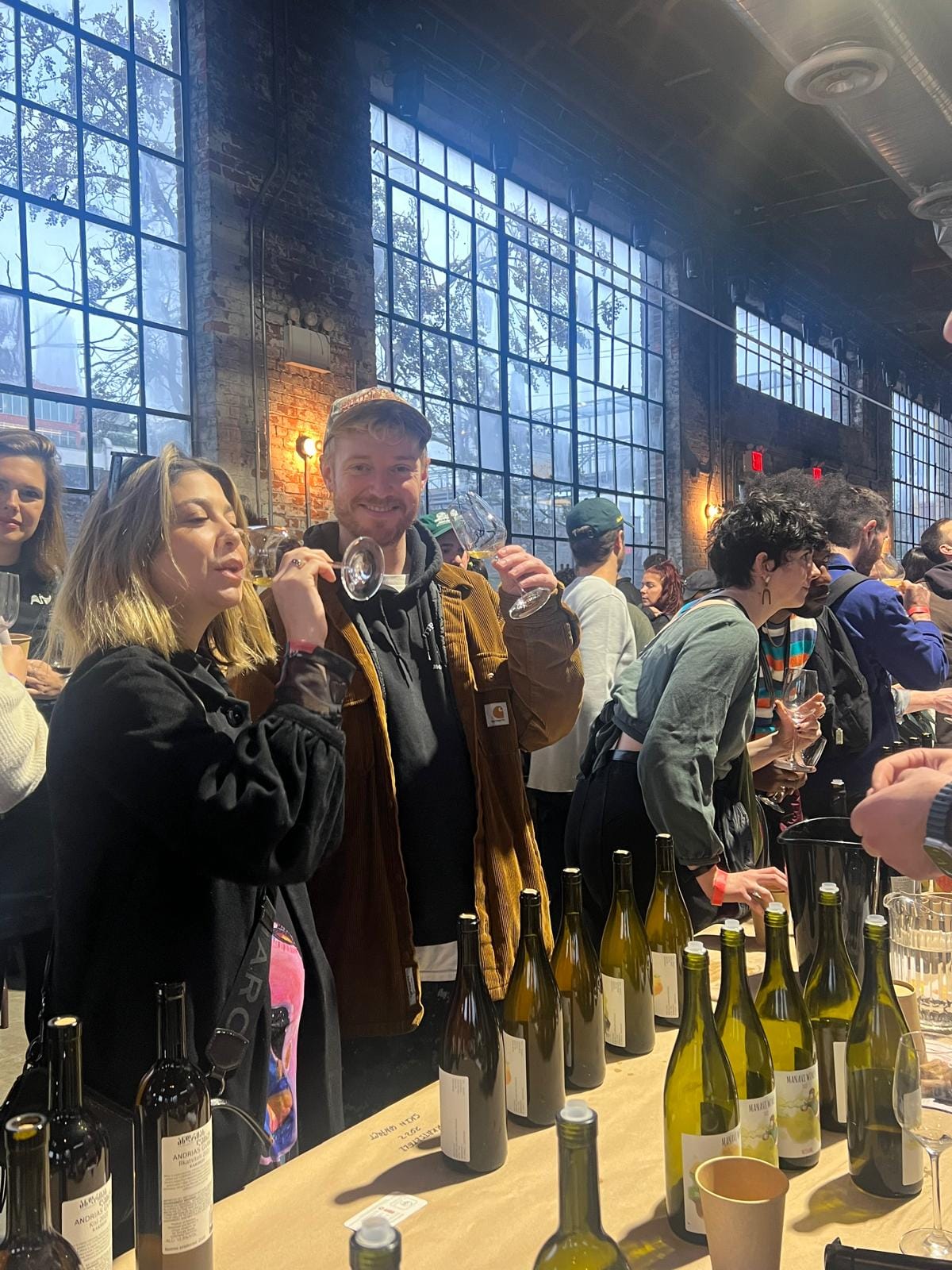
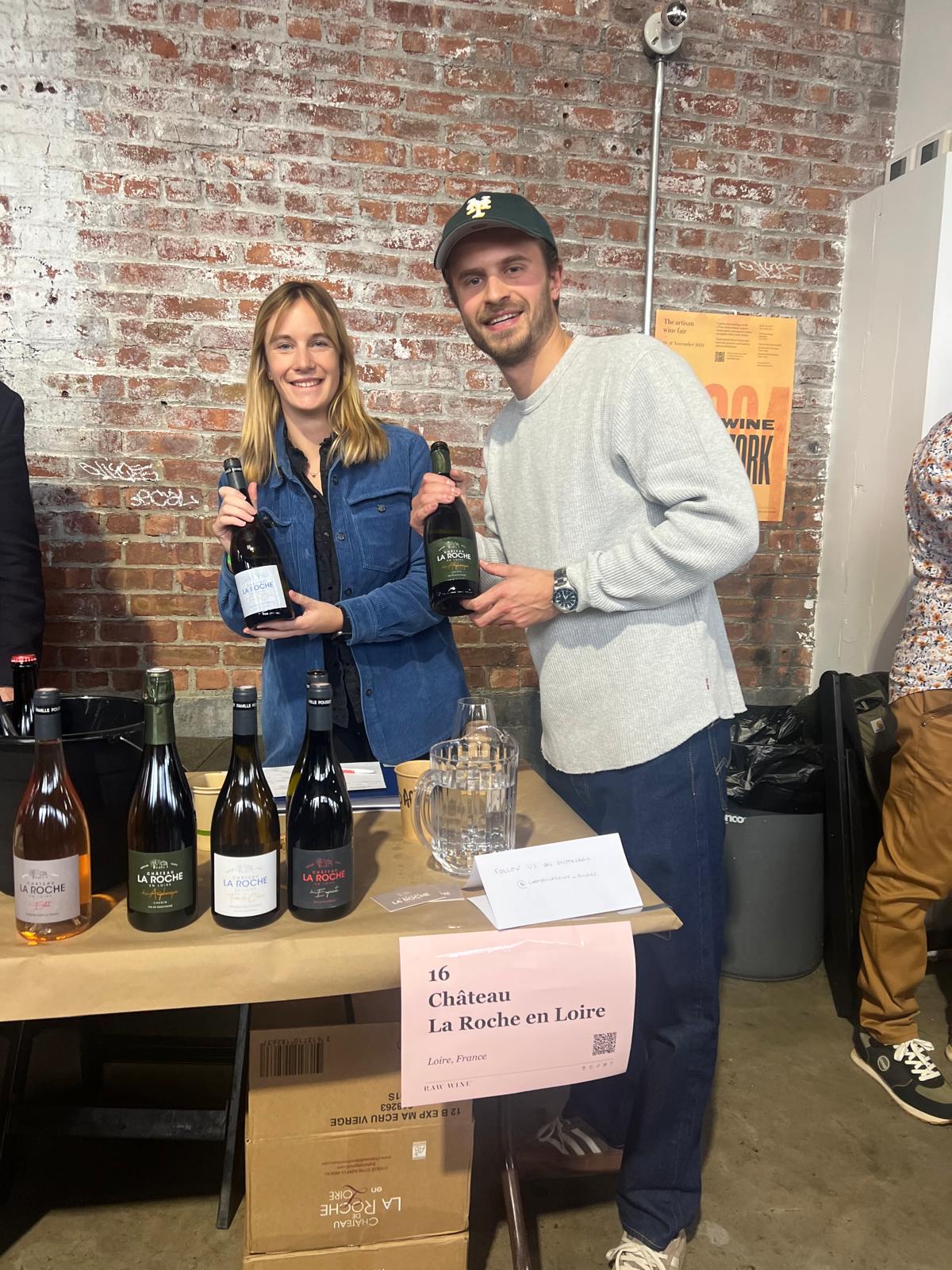
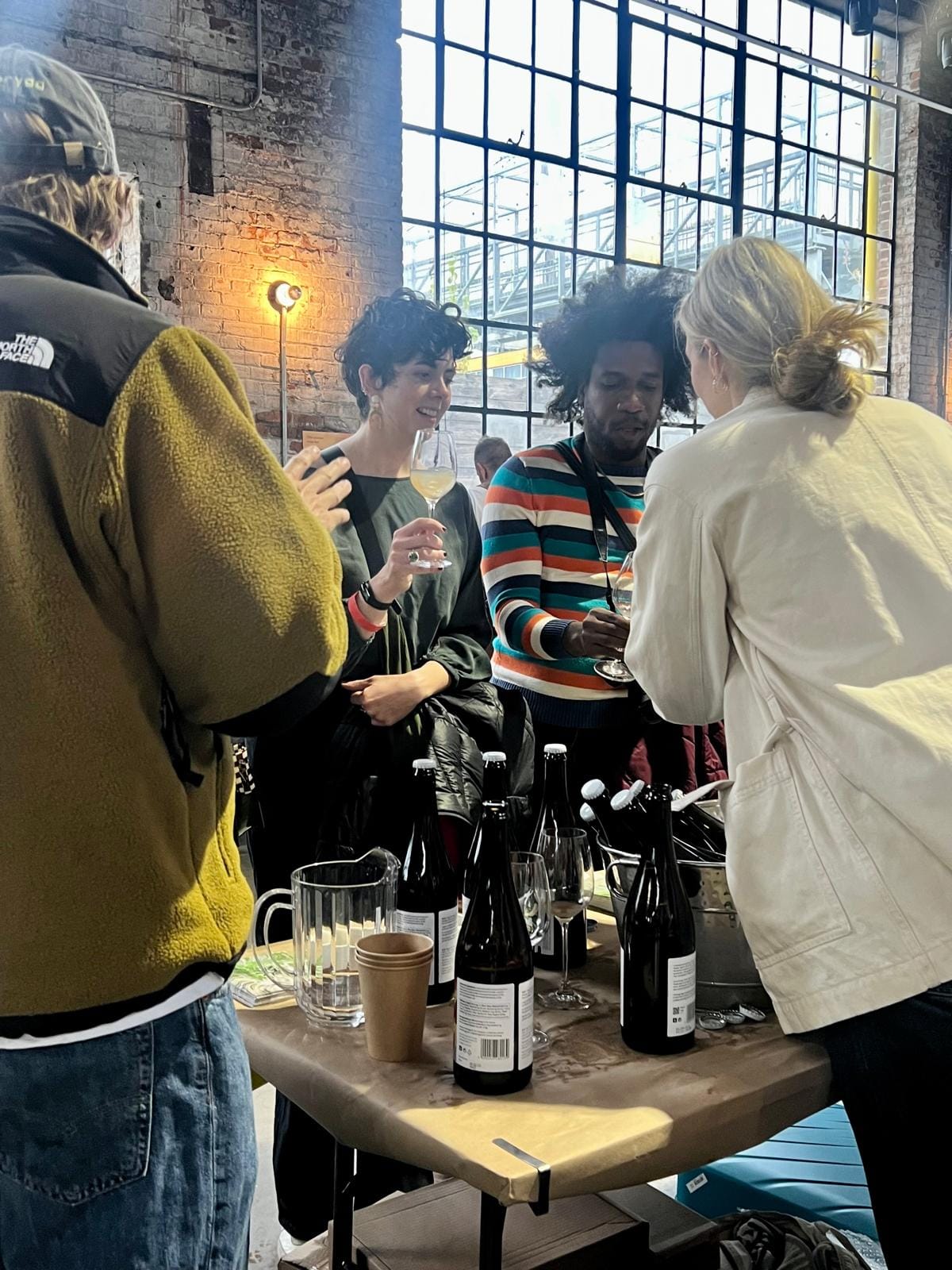
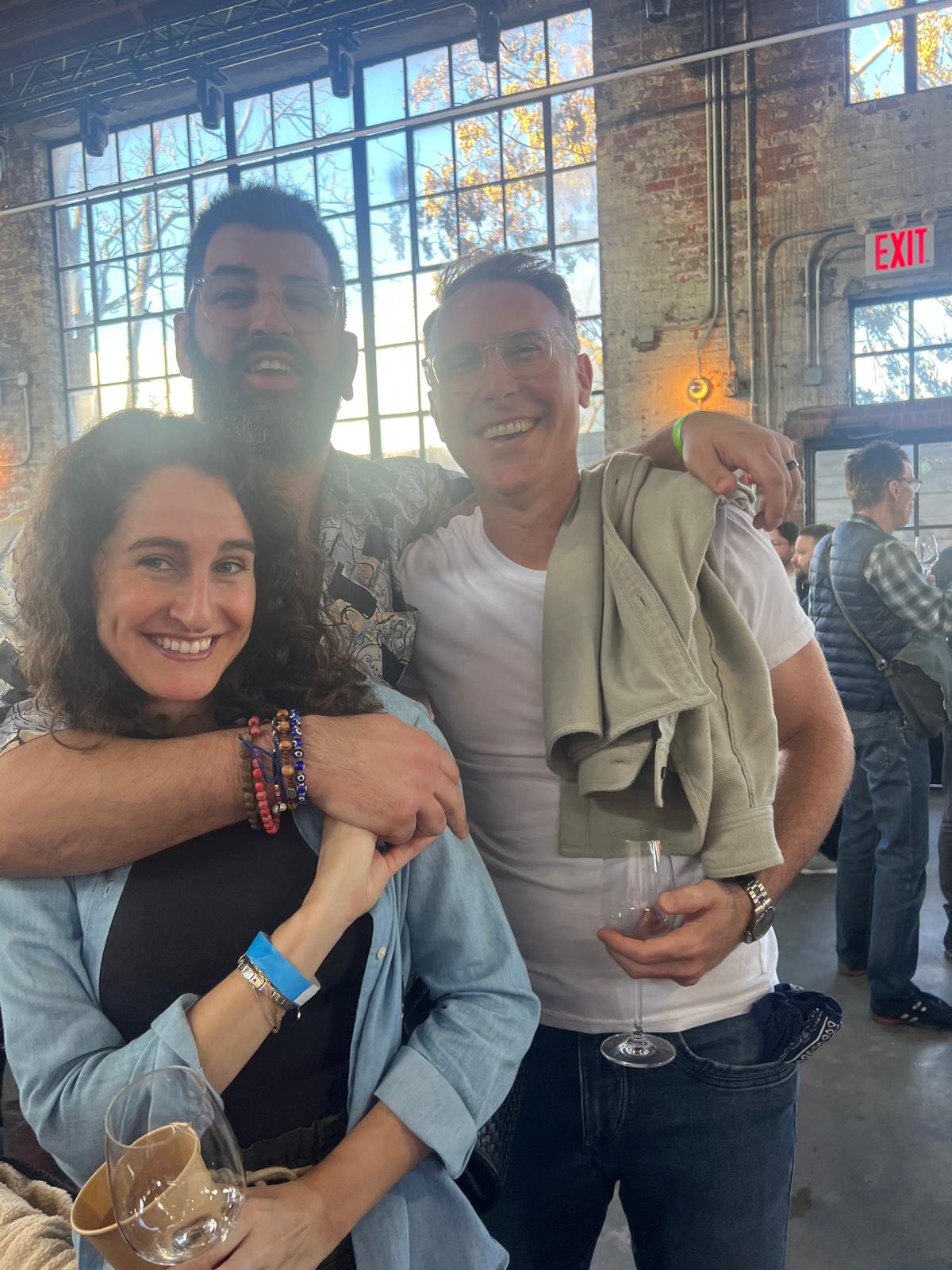
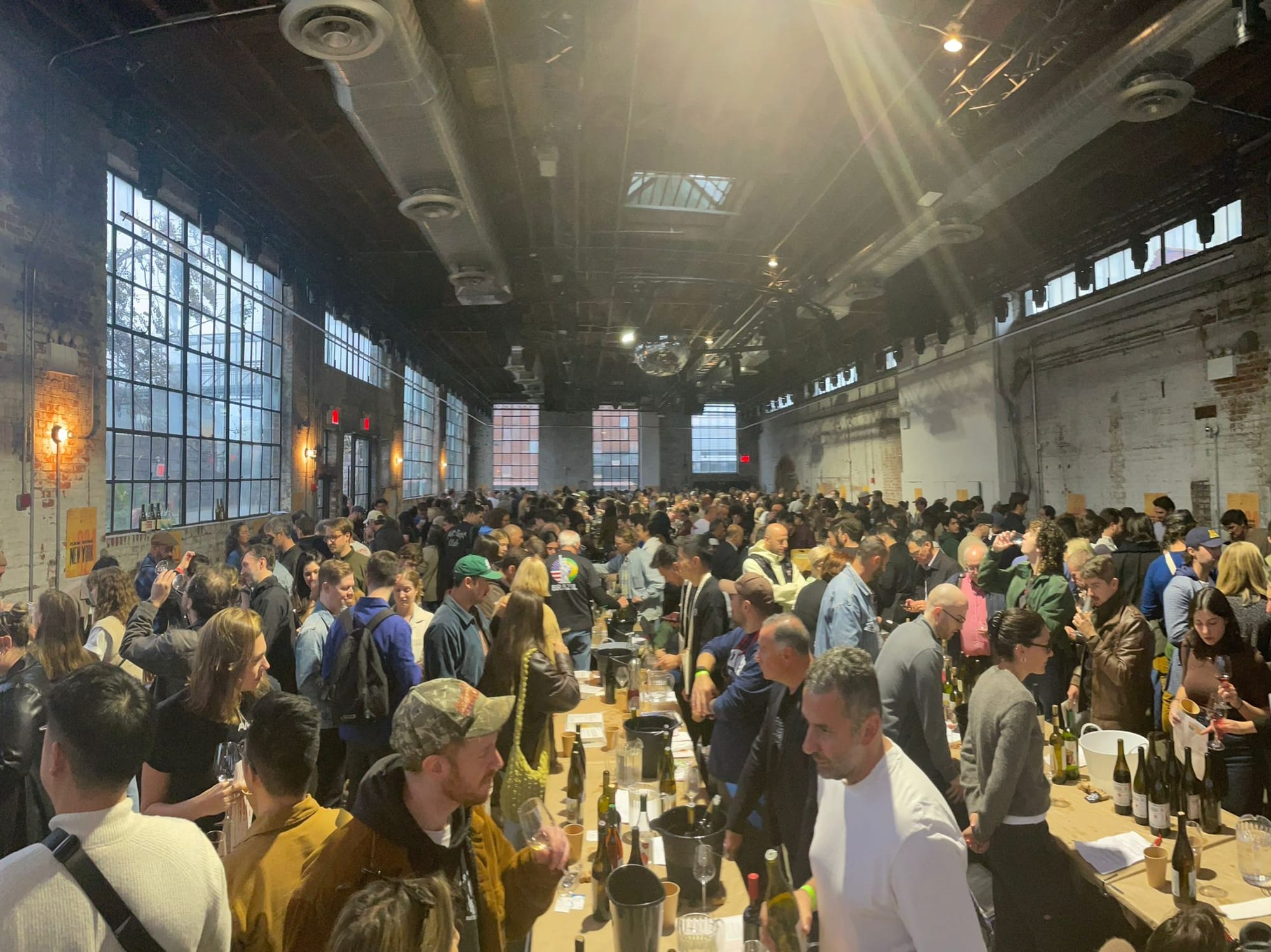
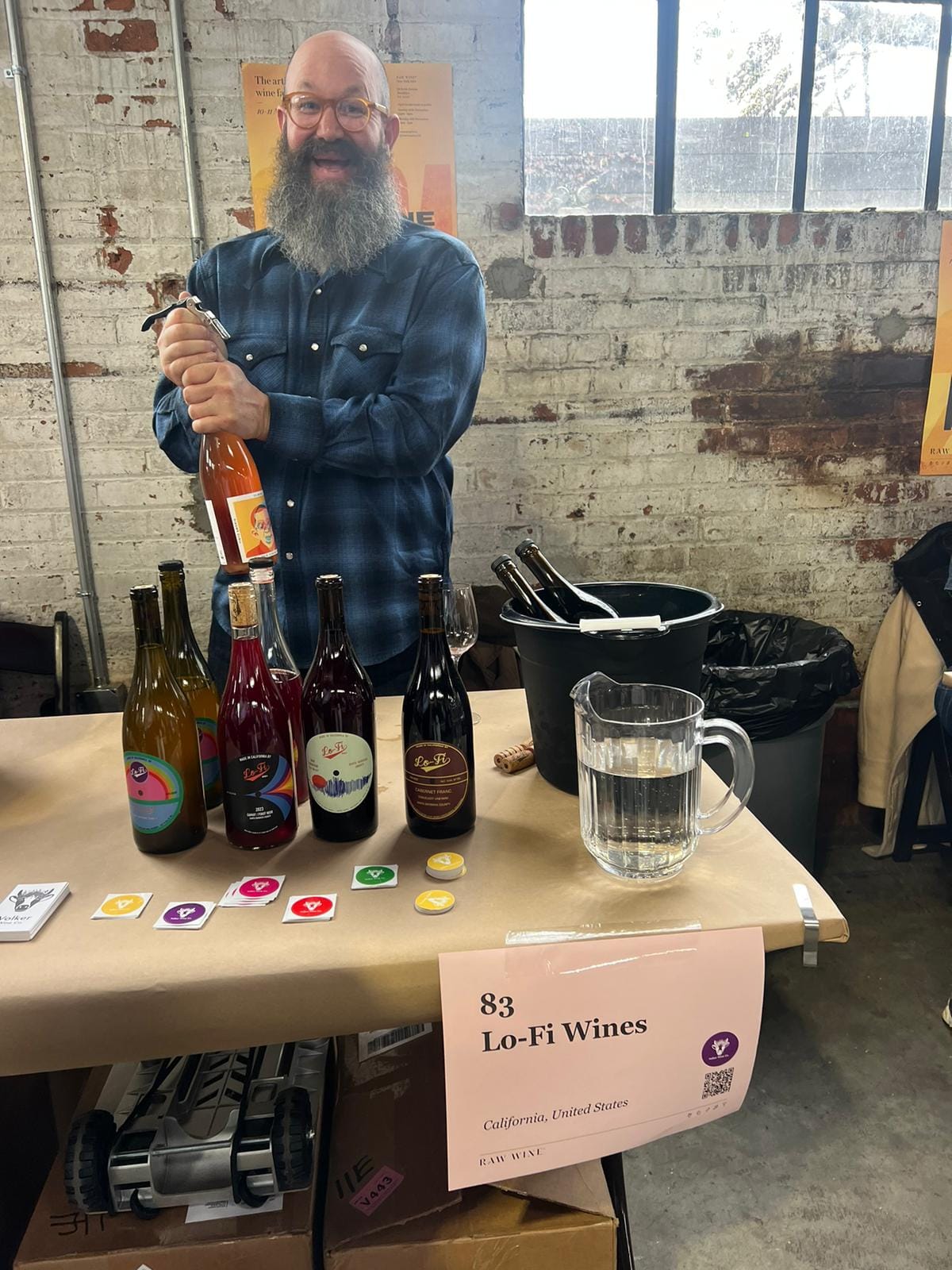
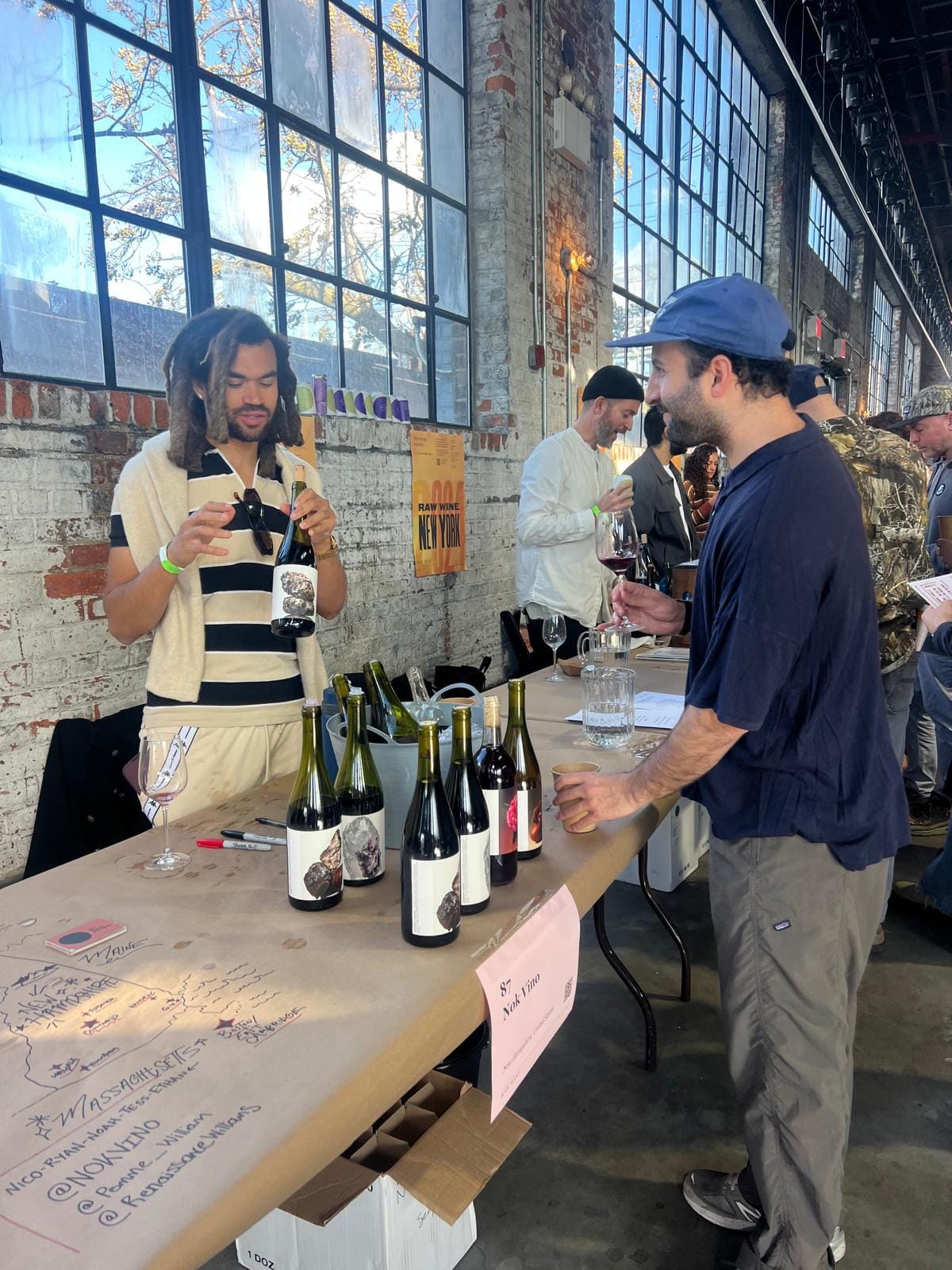
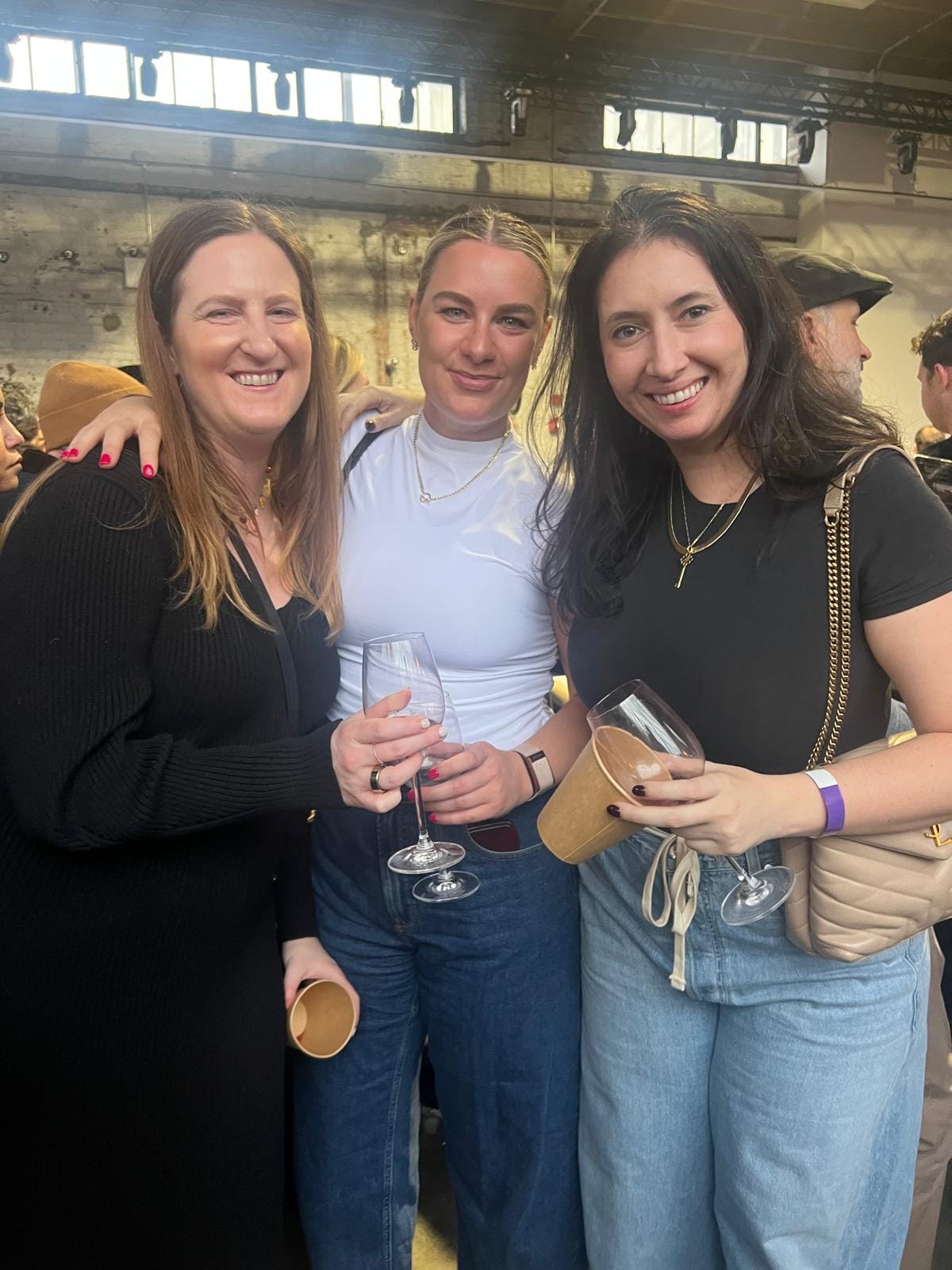
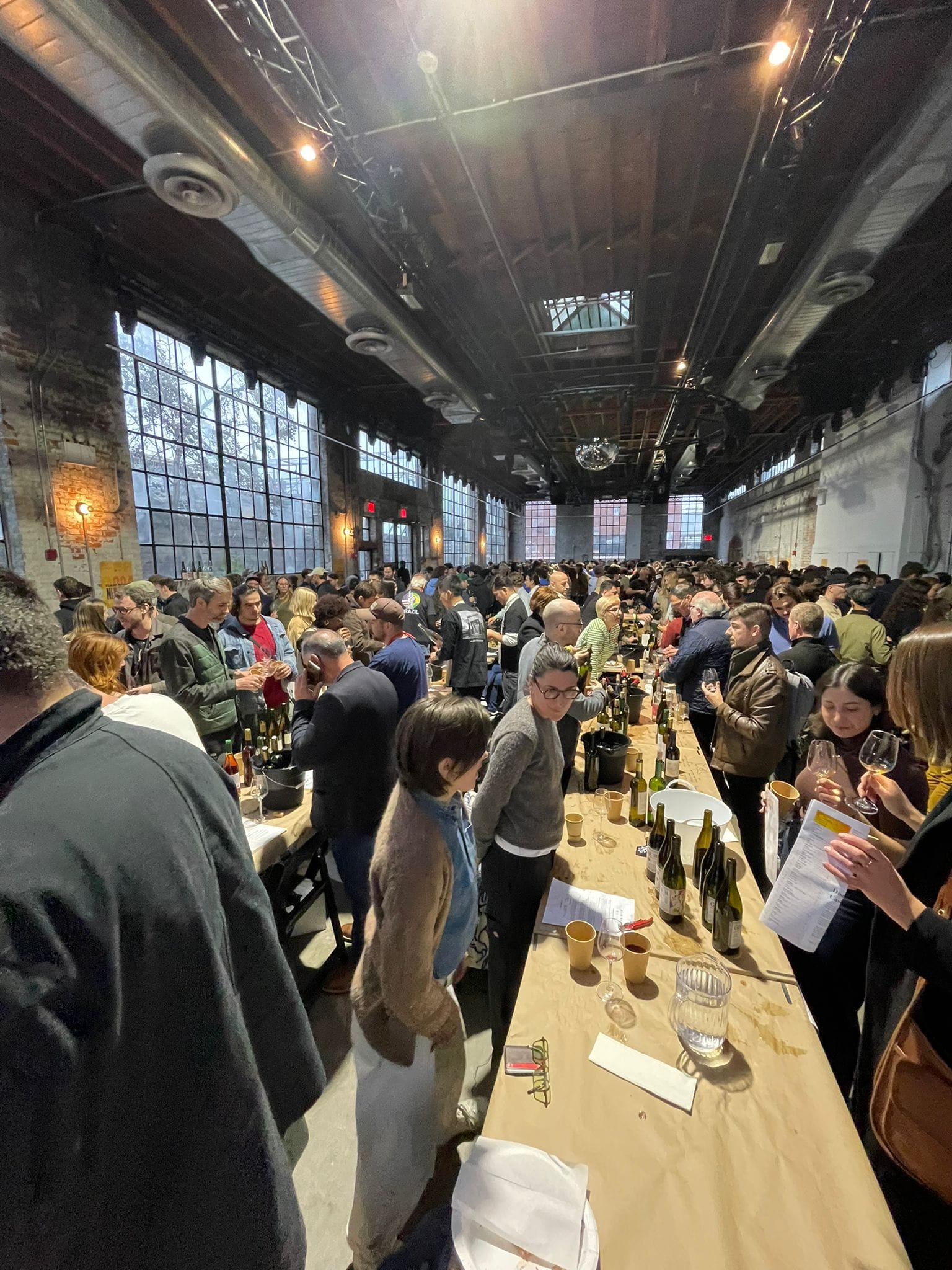
RAW WINE Toronto - explore this fair
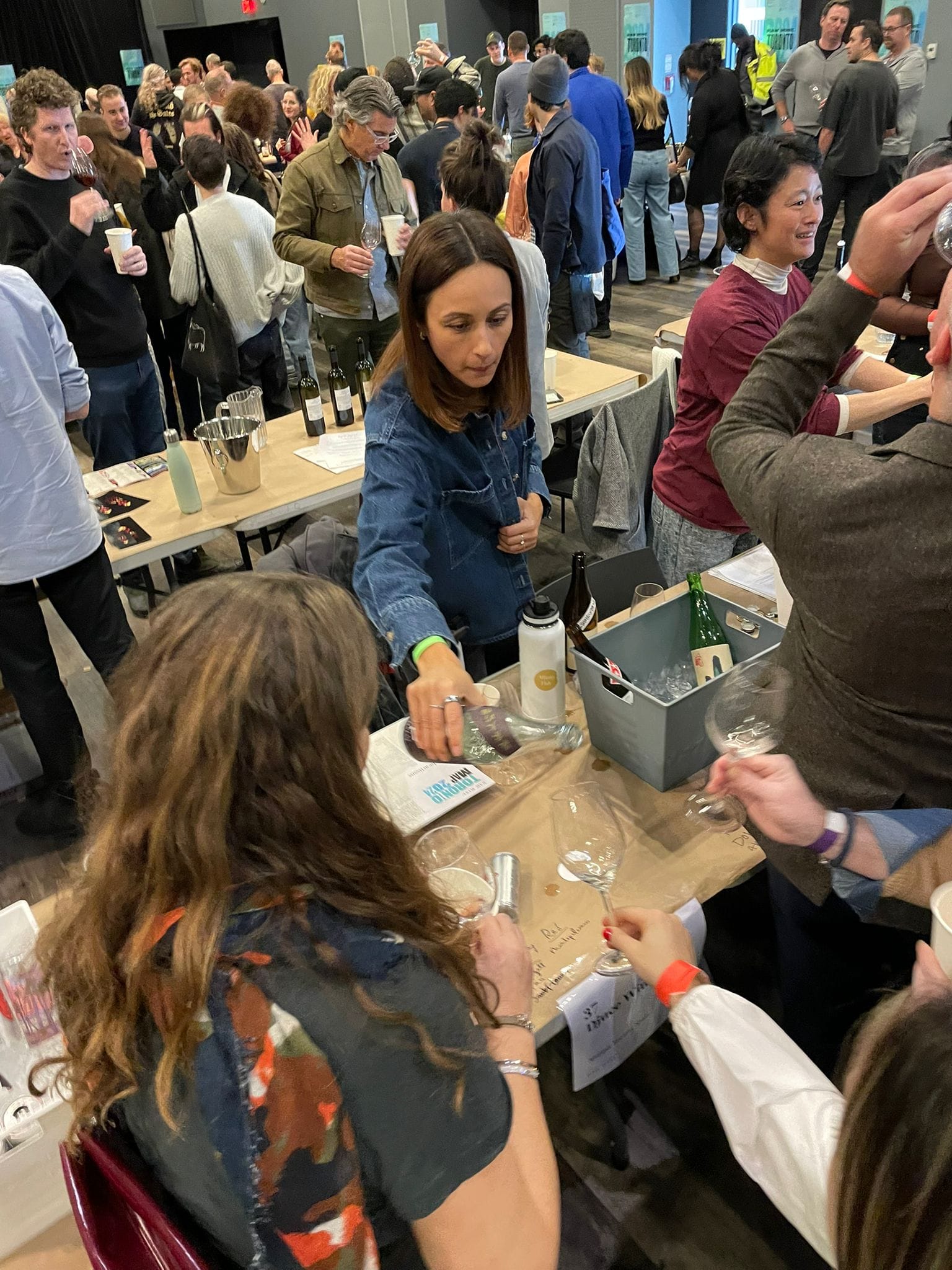
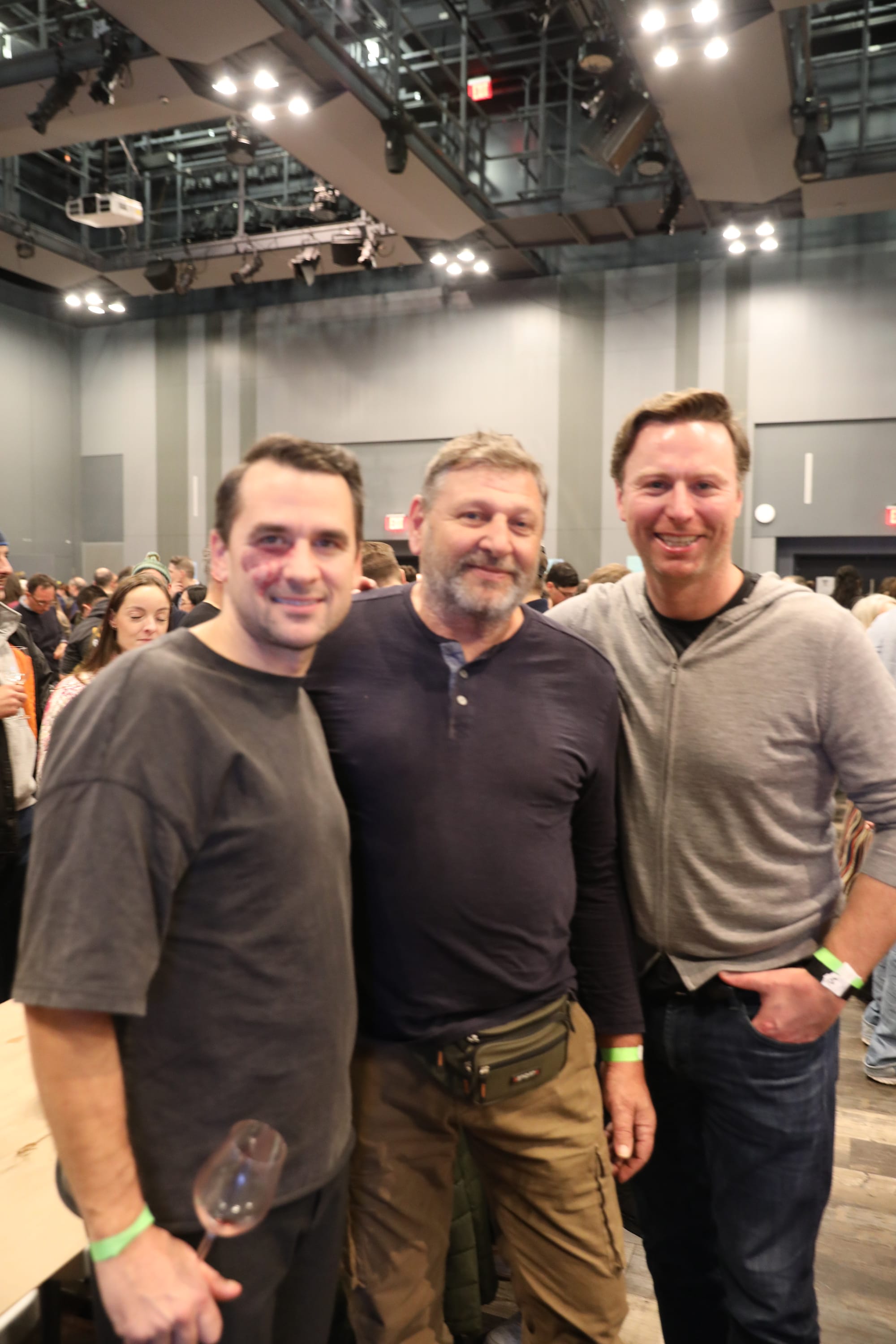
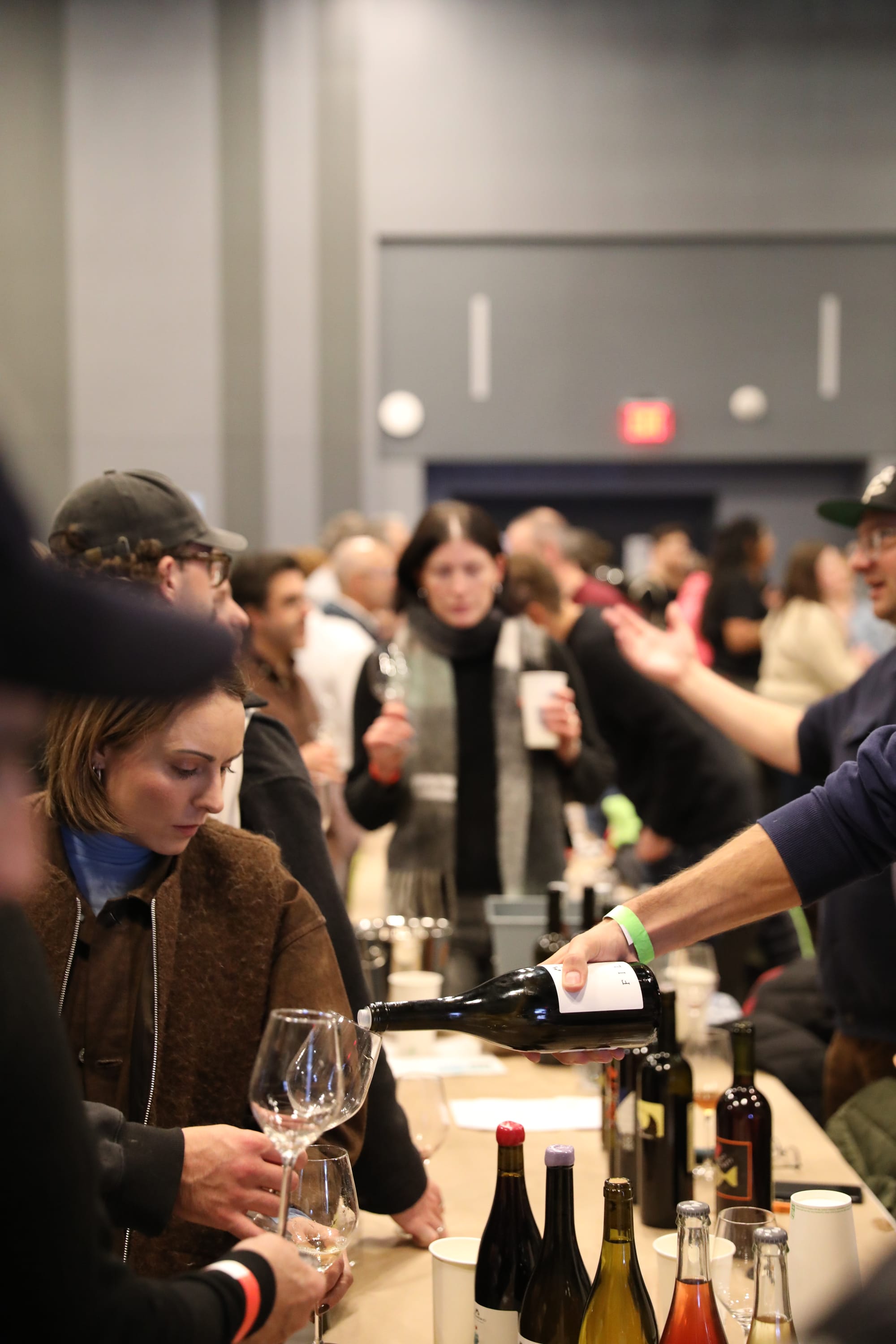
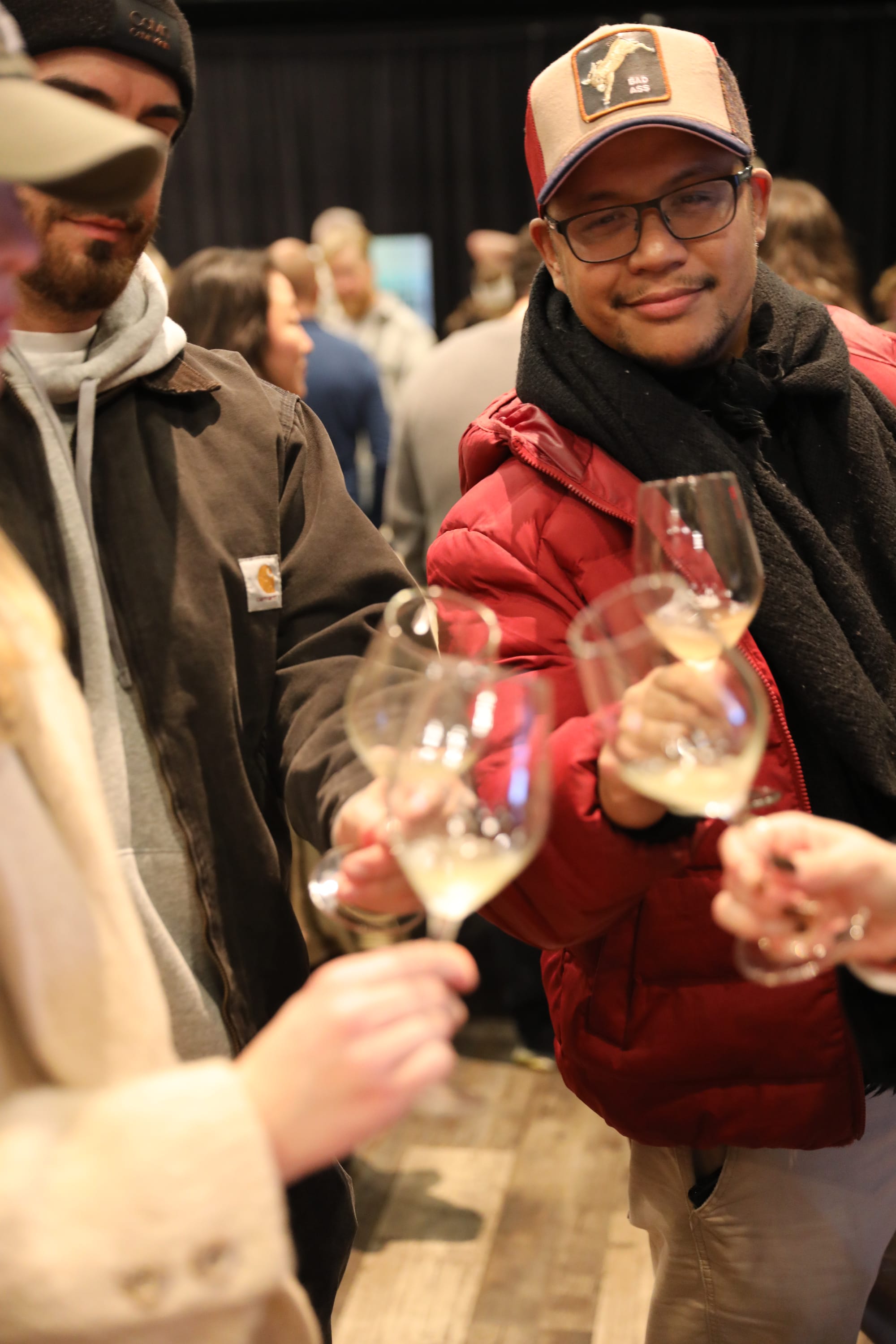
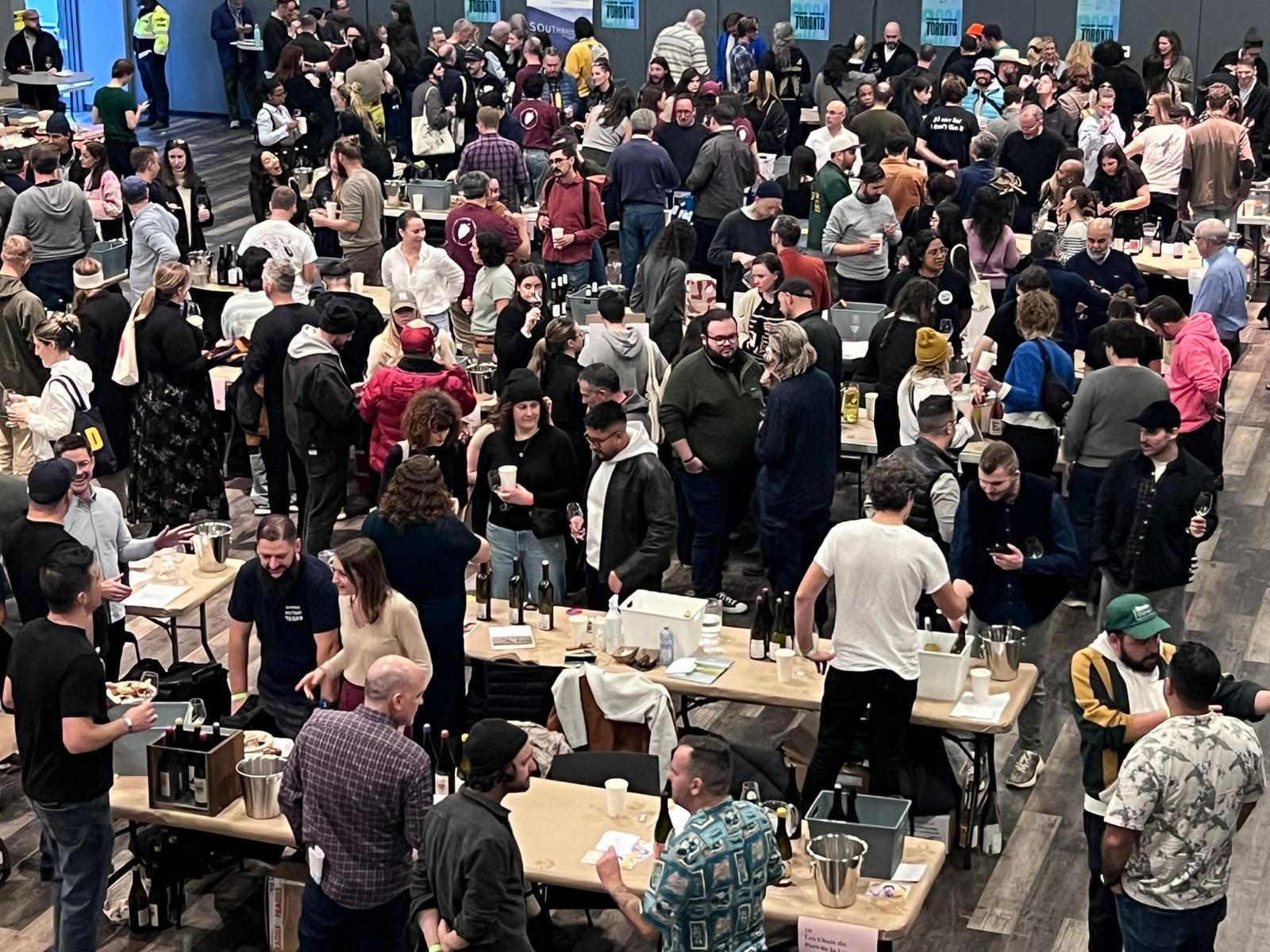
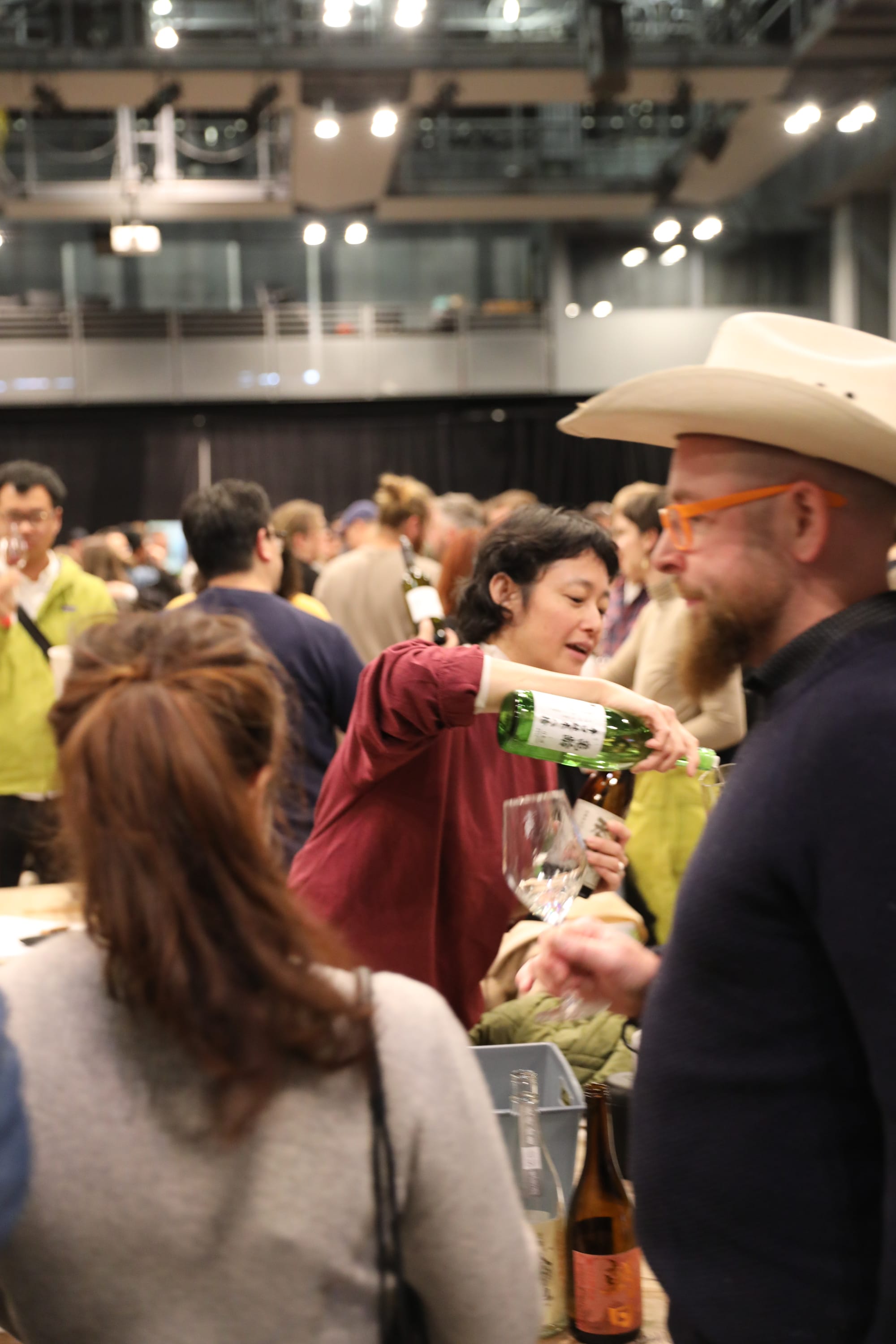
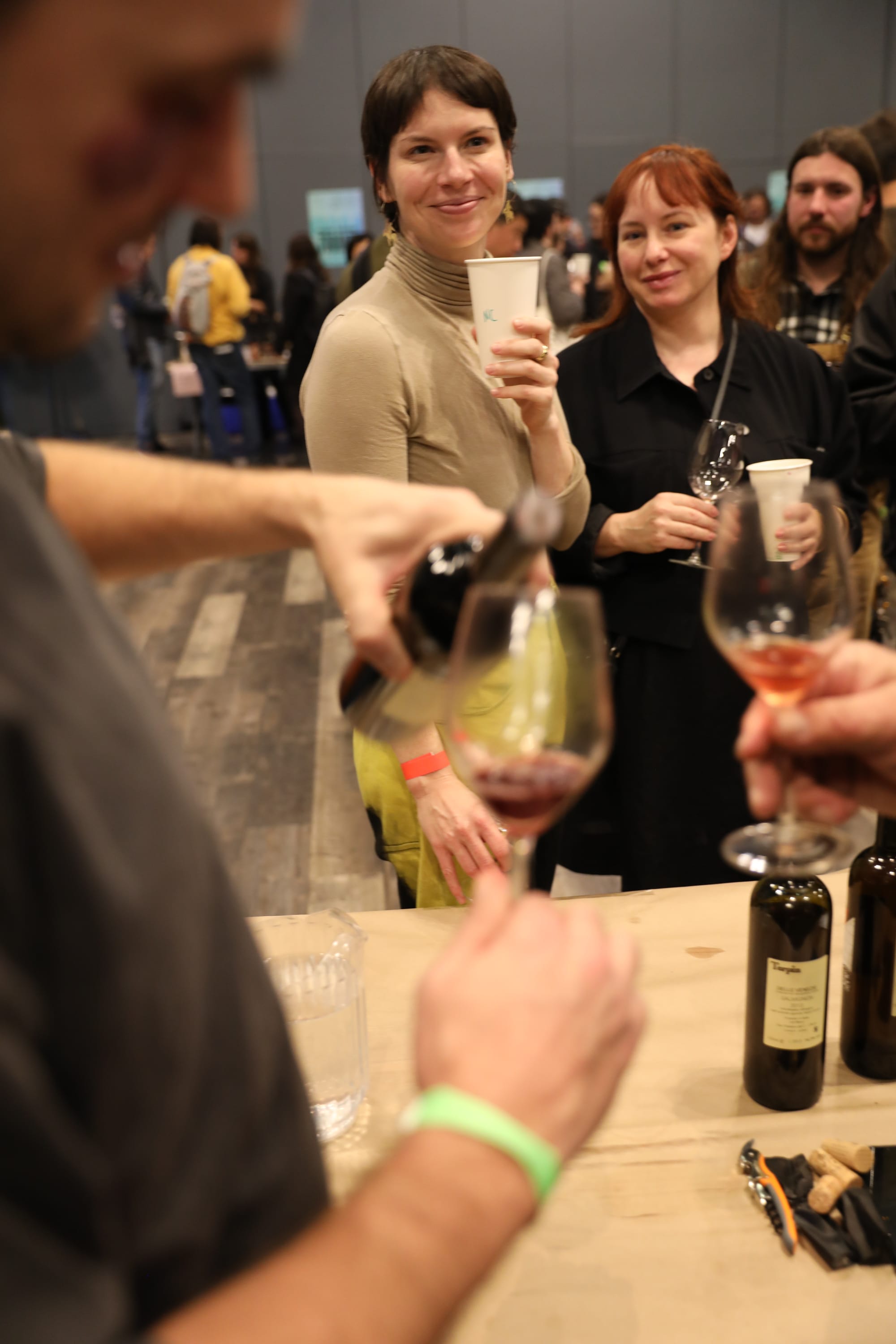
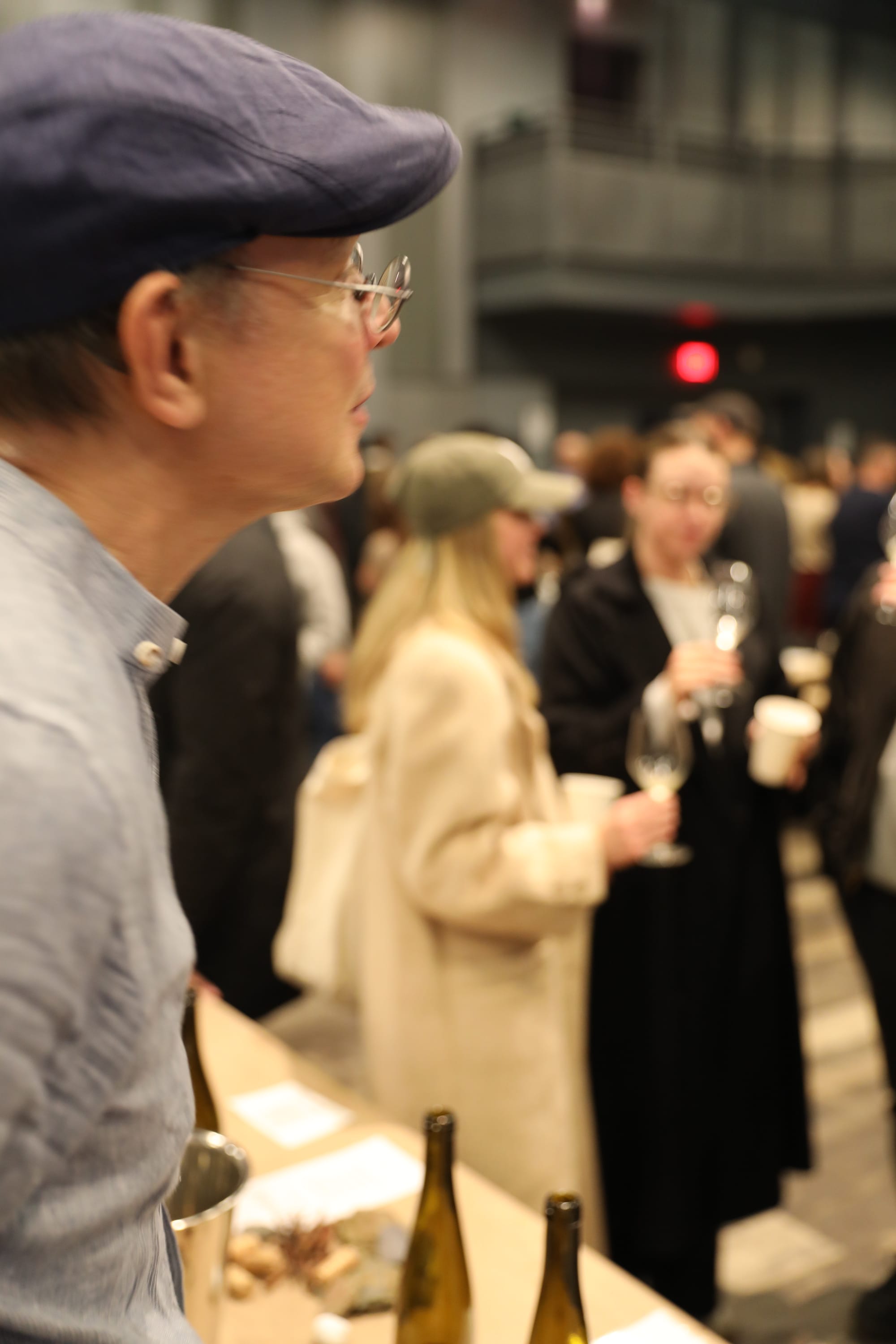
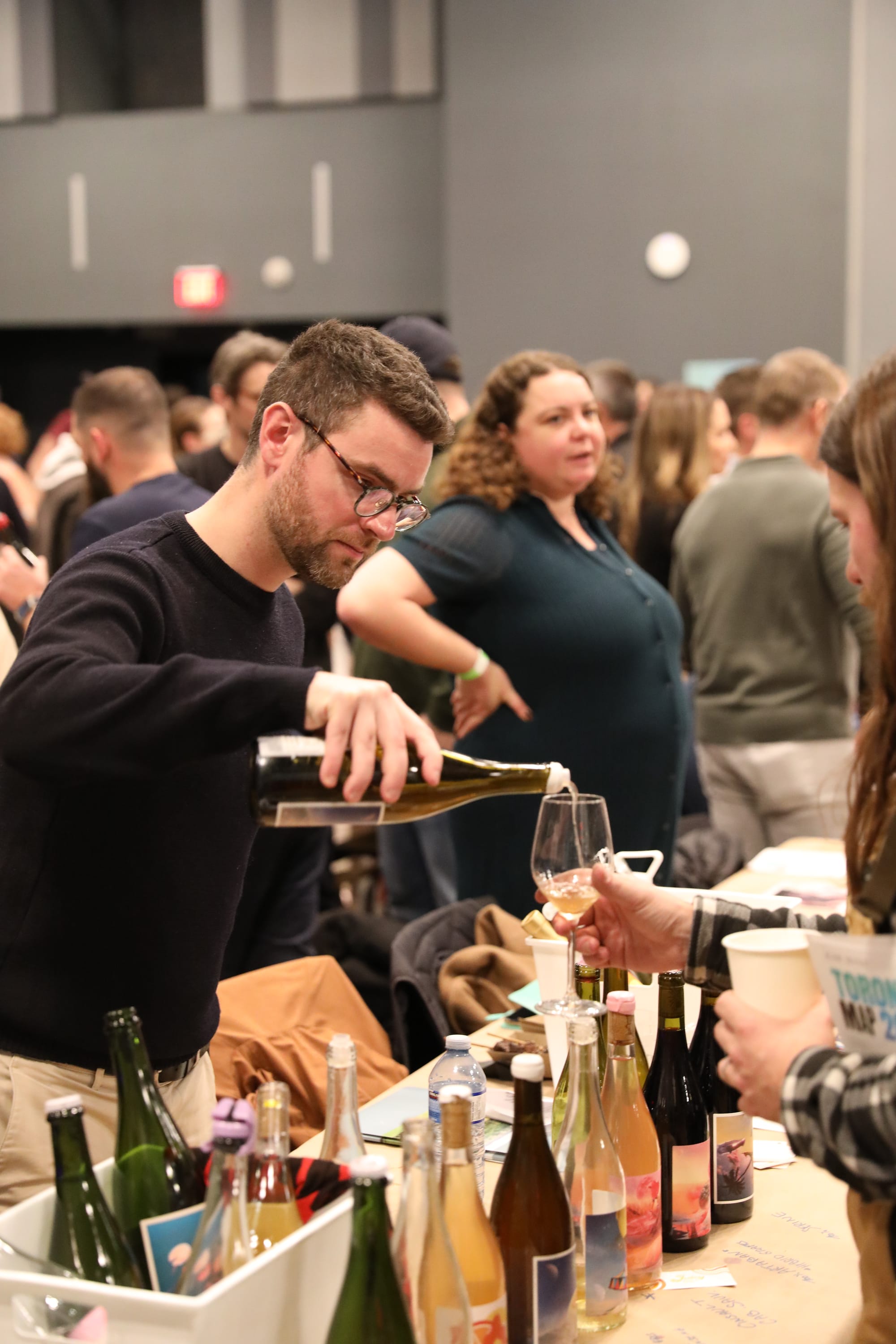
RAW WINE Montréal - explore this fair

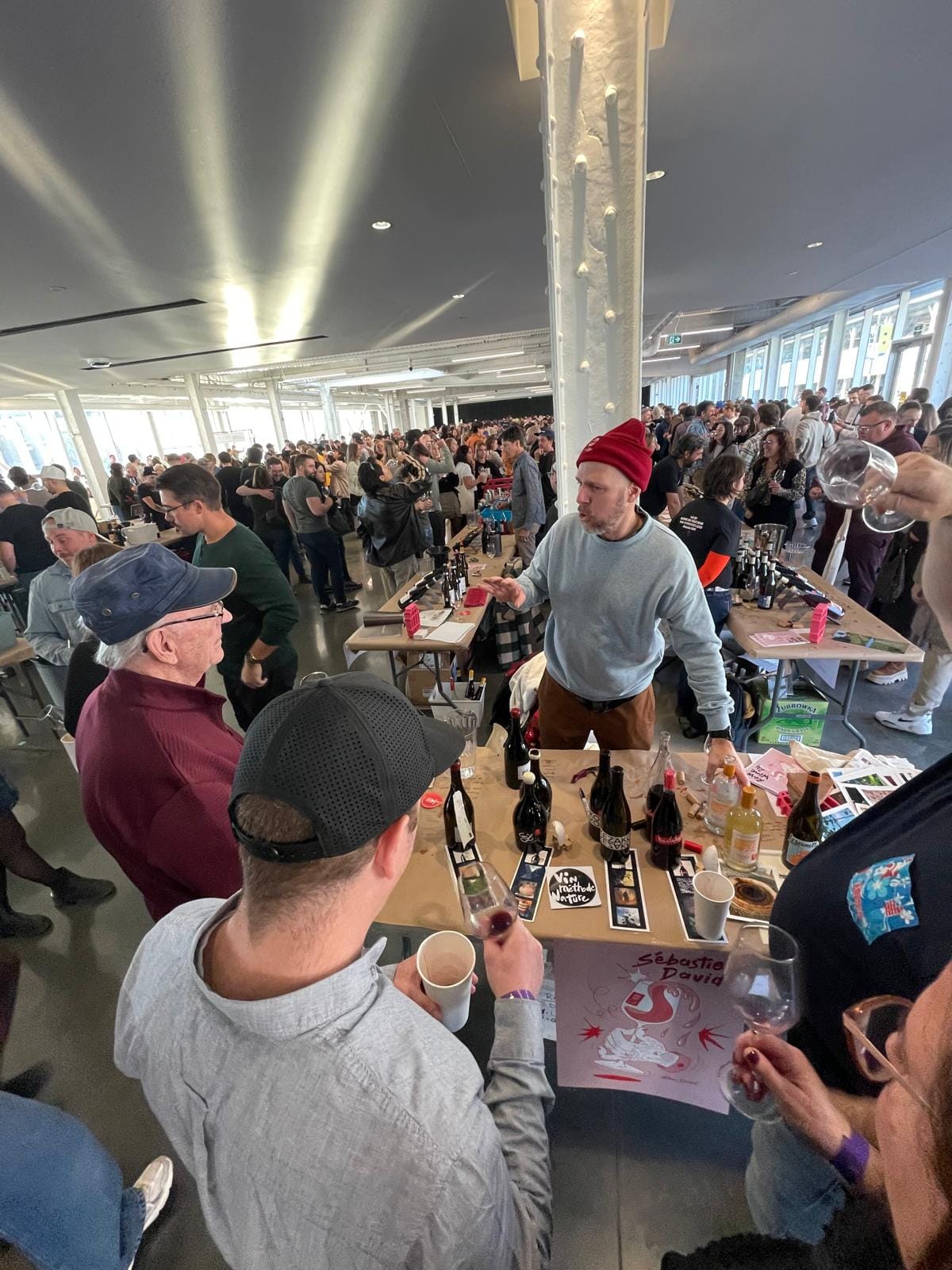
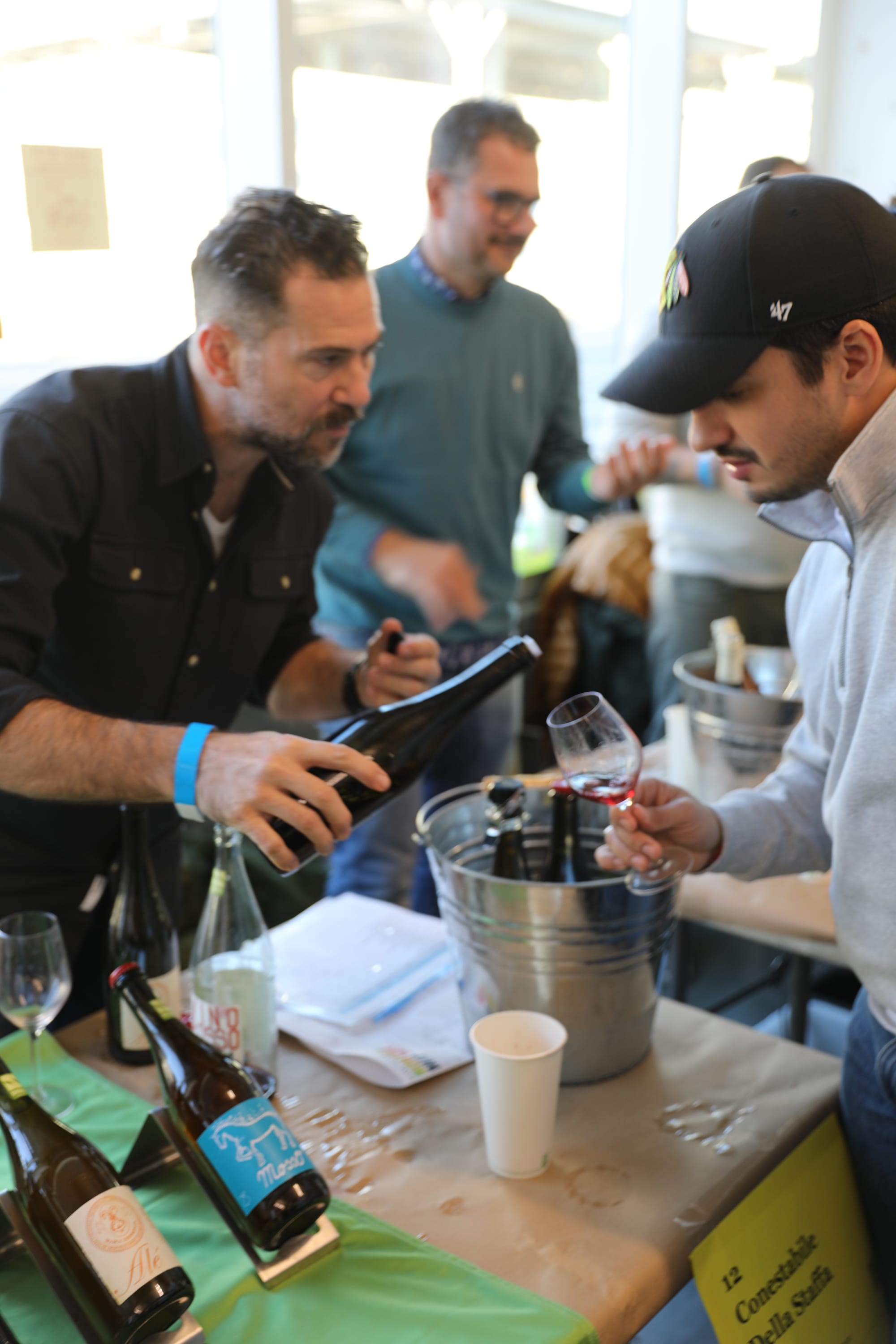
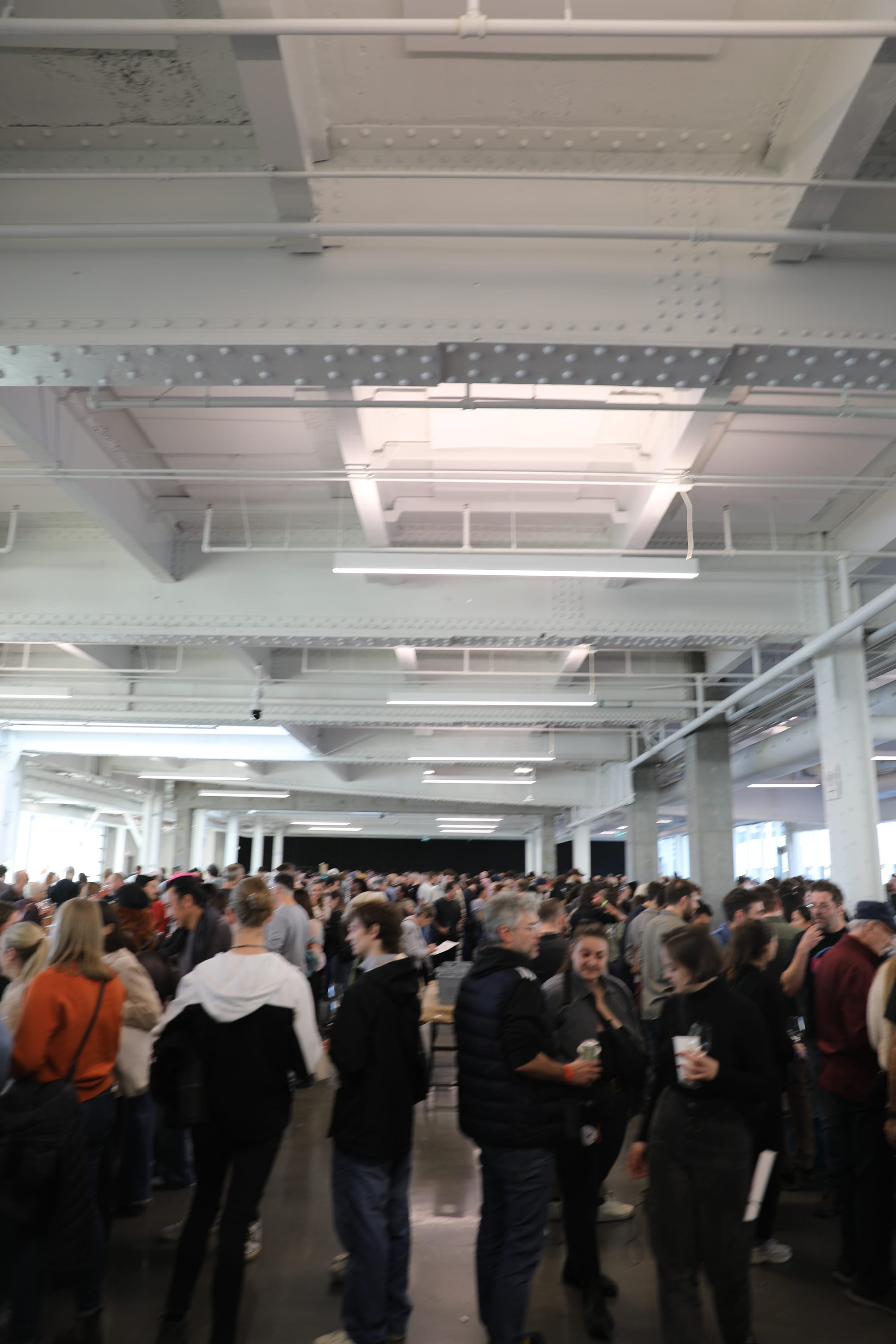
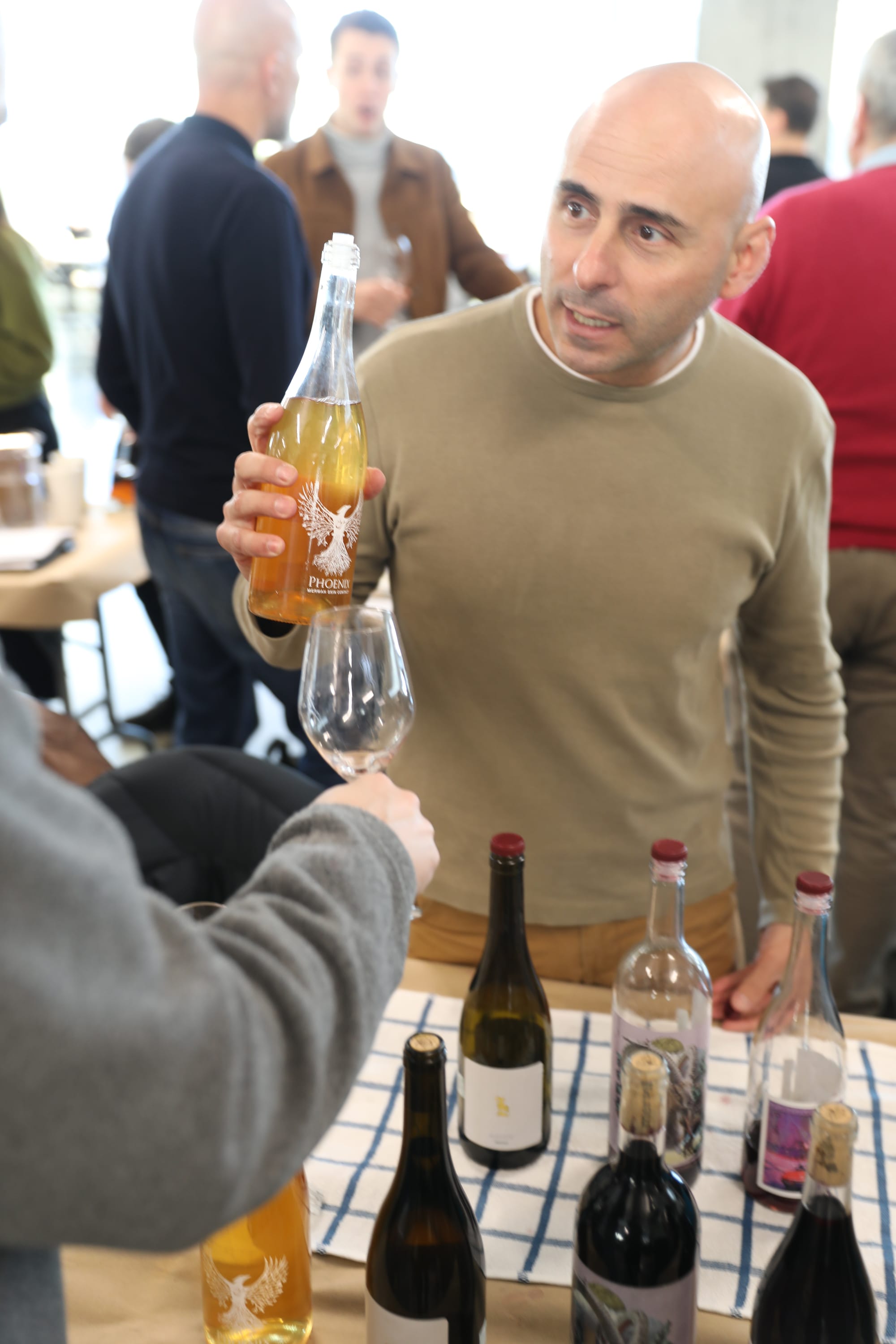
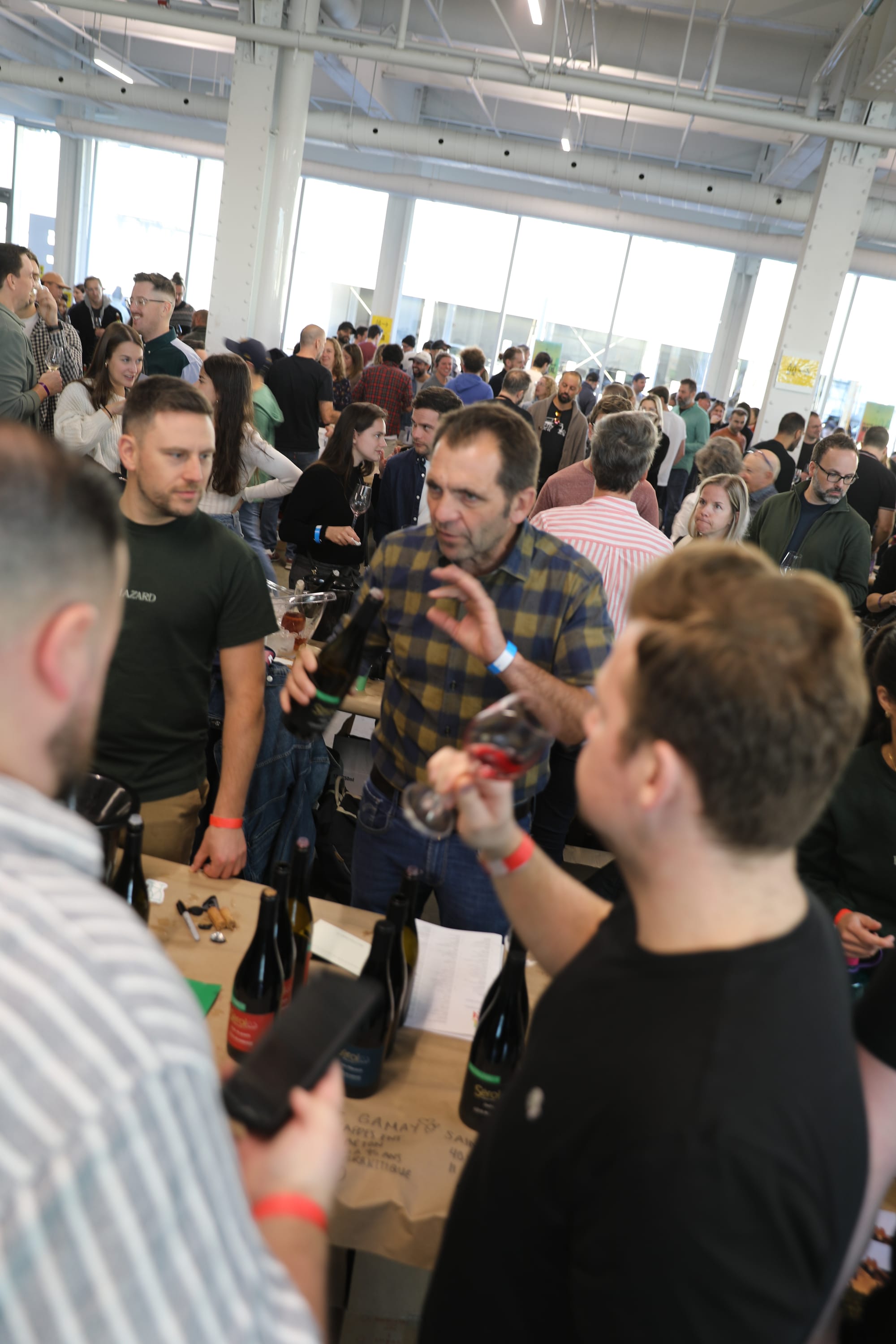
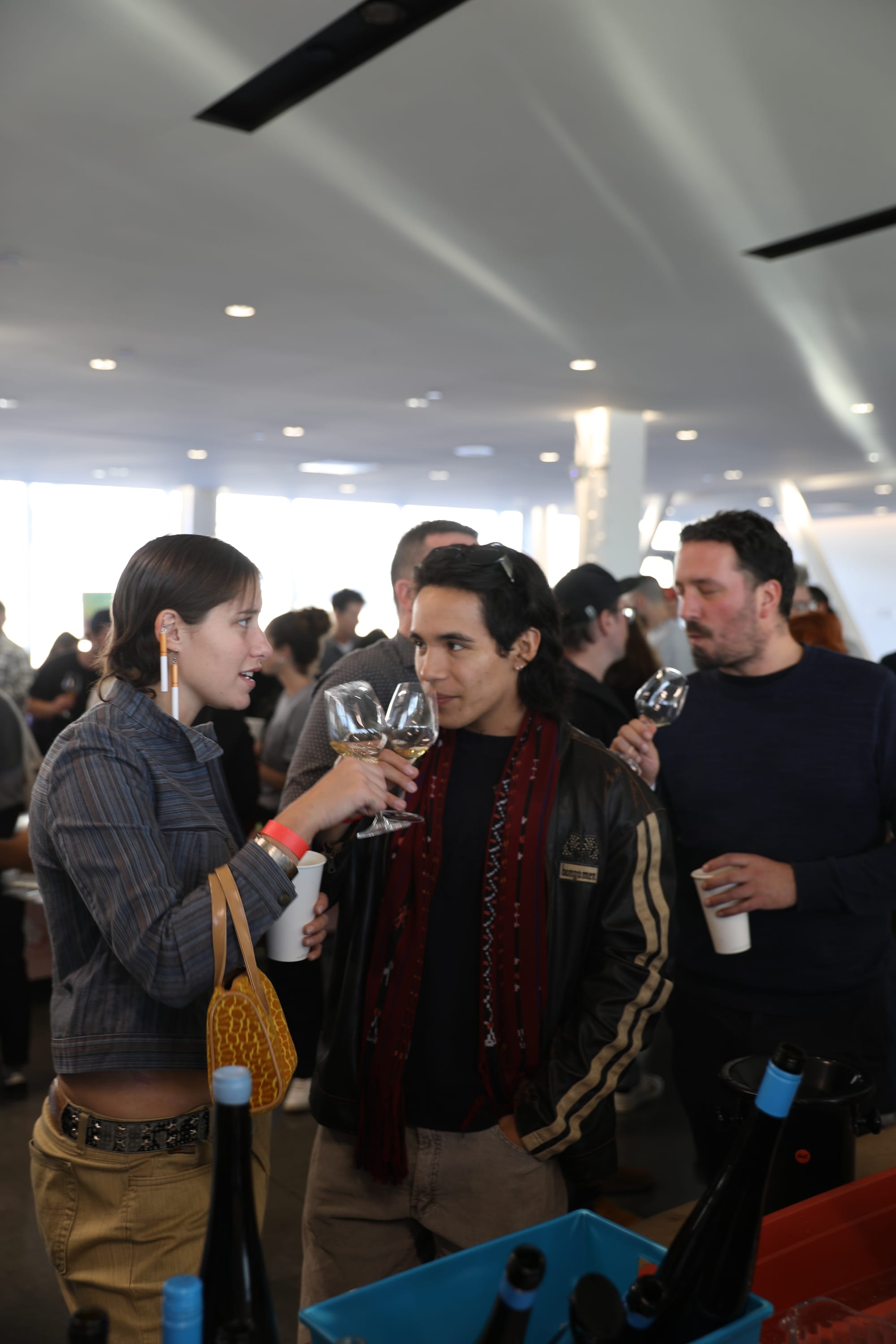
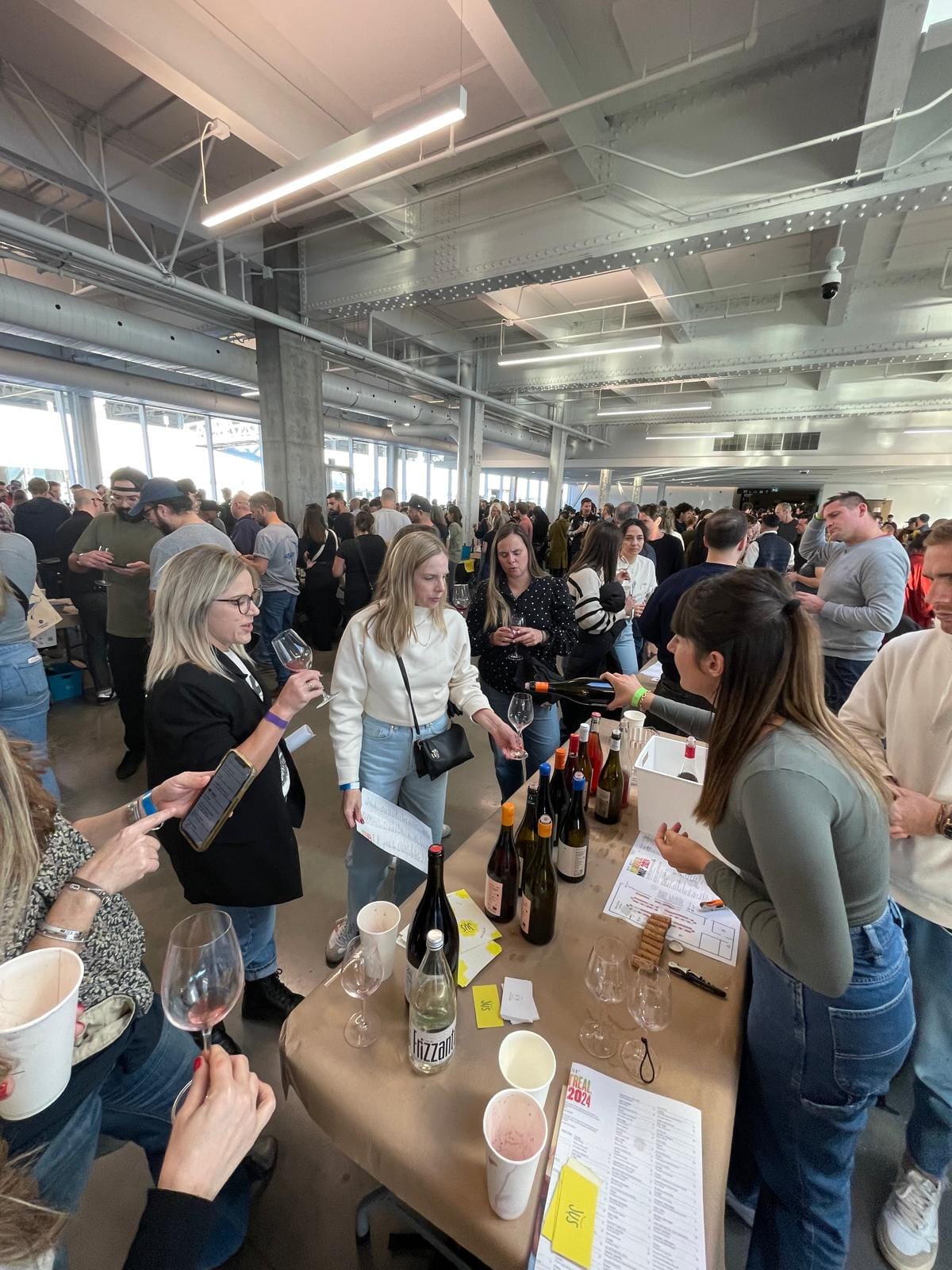
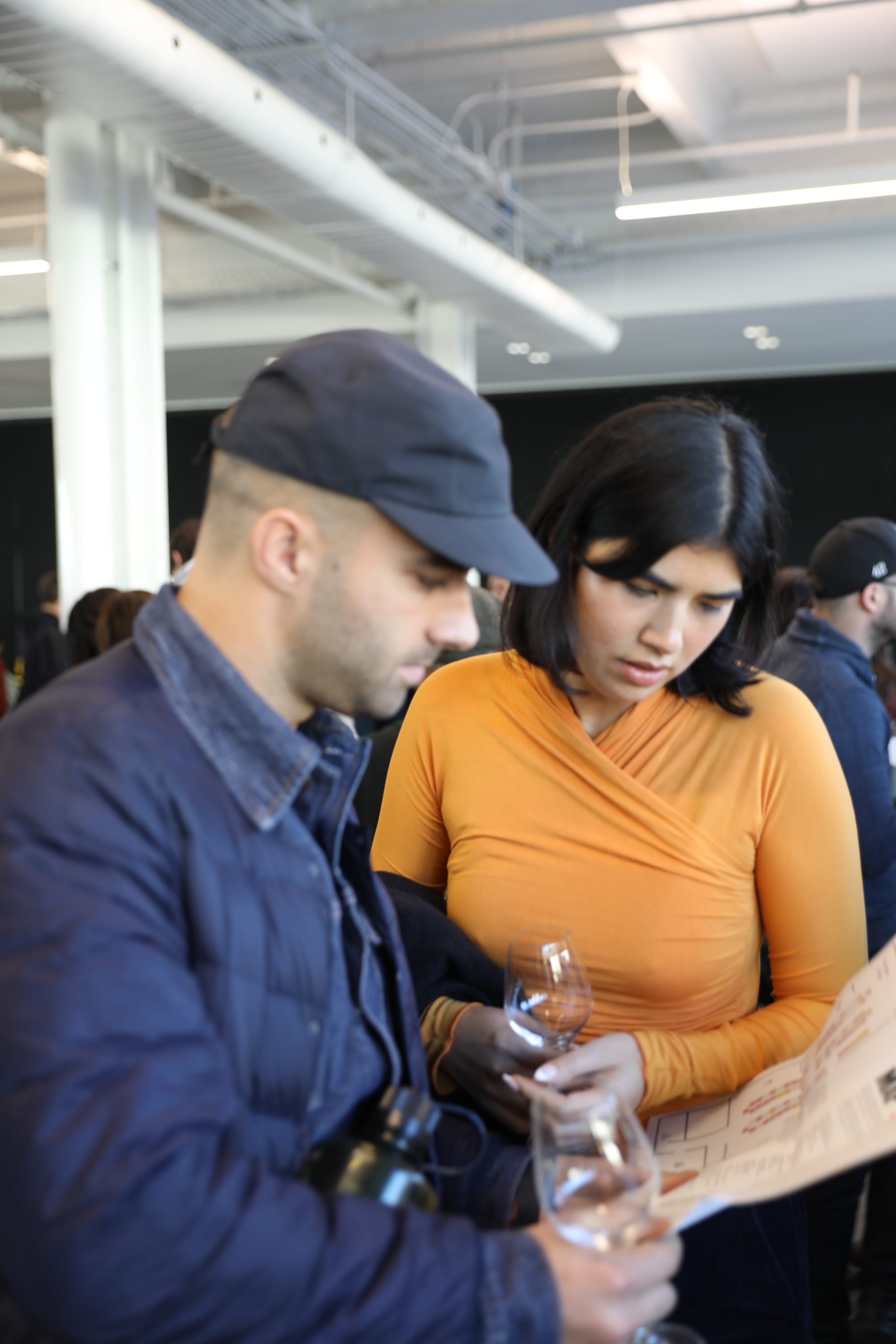
RAW WINE Berlin - explore this fair
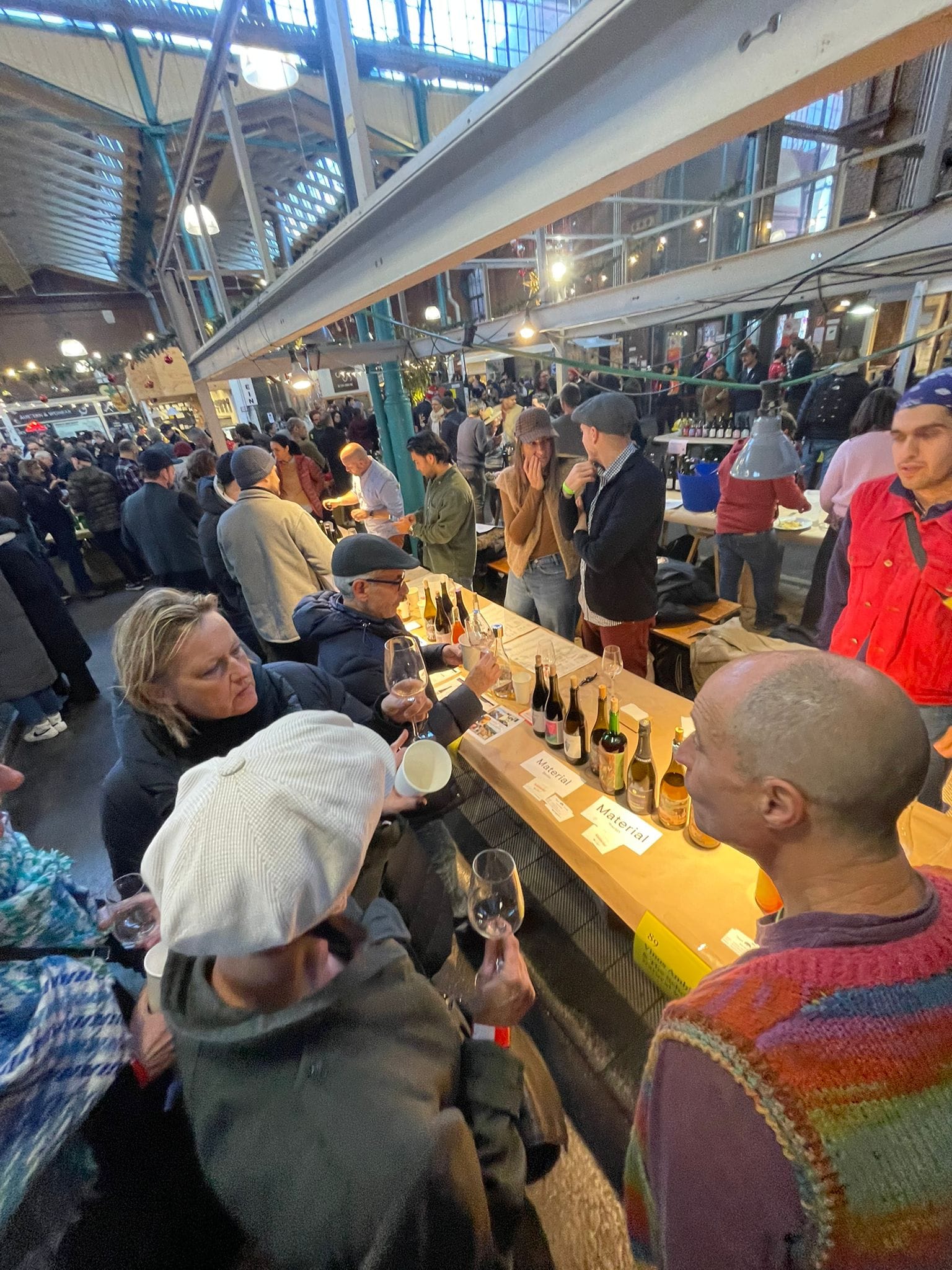
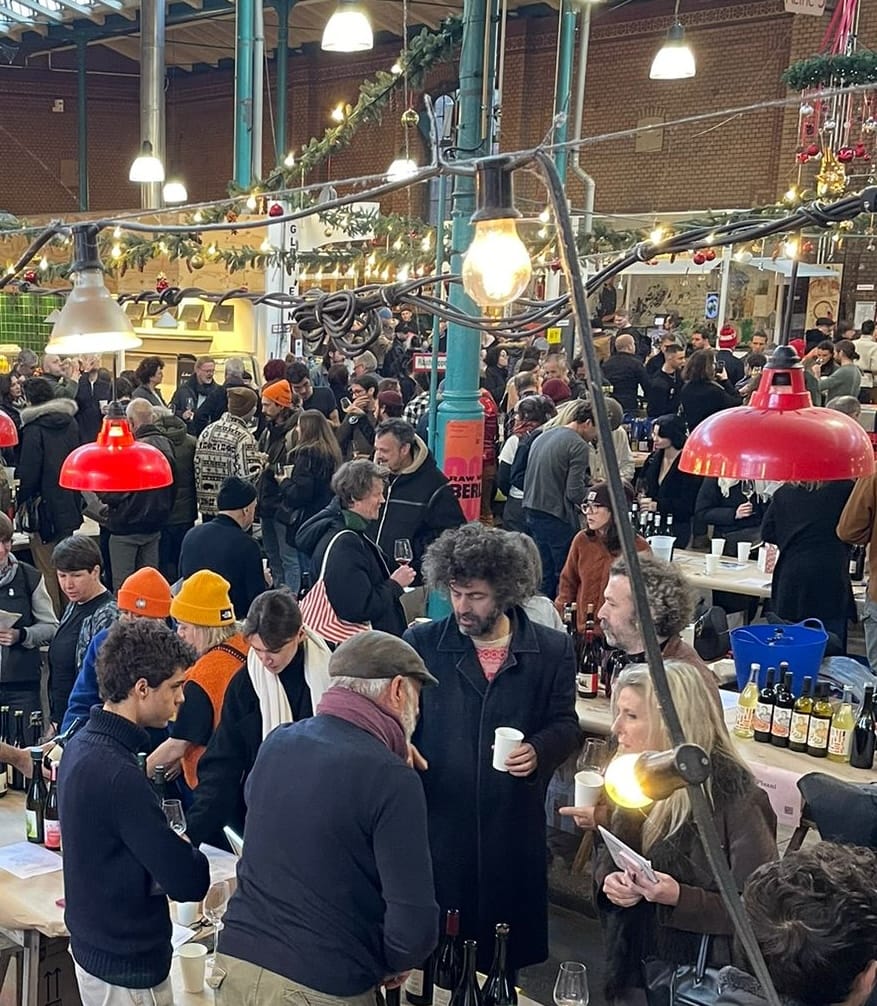
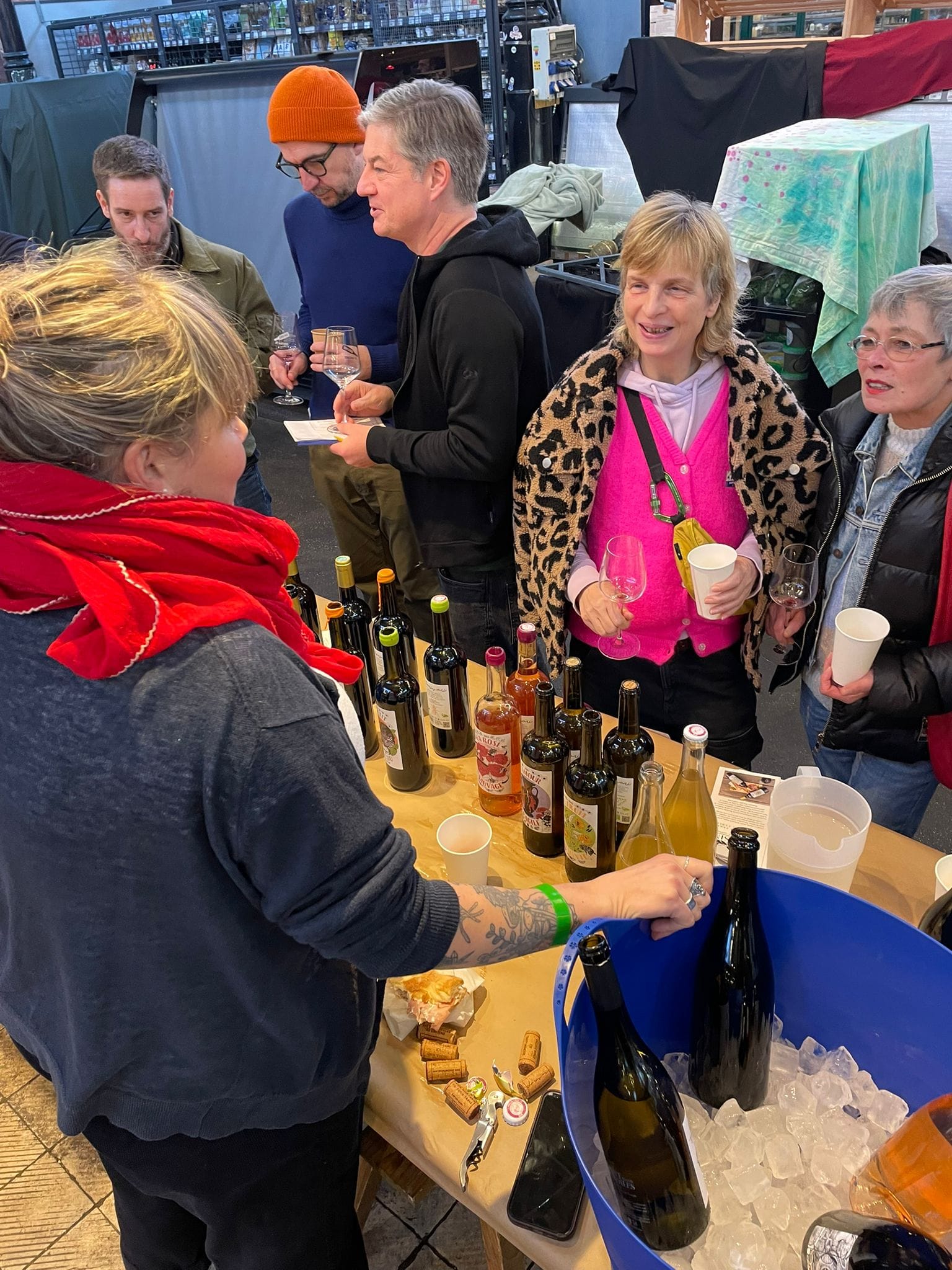

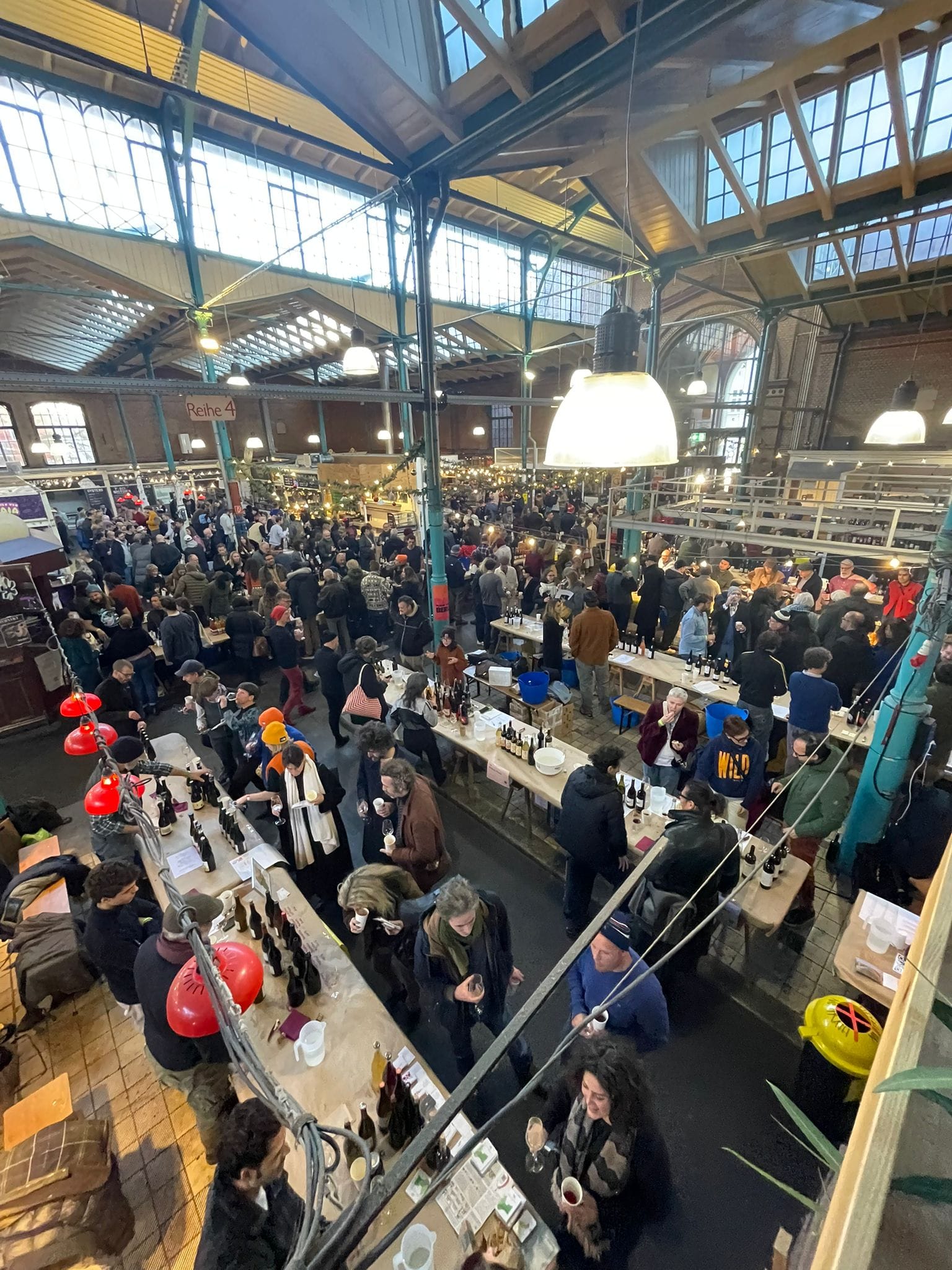

Testalonga is a winery founded in 2008 by Craig and Carla Hawkins in the Swartland region of South Africa. They make single vineyard wines grown from granite, sandstone and clay soils and work organically and instinctively with as little intervention as possible. Their first vintage was a skin contact Chenin Blanc and they make 2 wines: El Bandito and Baby Bandito, with wines from their newly planted vineyard Kloof (ravine in Afrikaans) on the way.
We had the opportunity to speak with Craig about his work. We hope you enjoy reading our conversation.
Can you tell me about your background - how you came to be a winemaker, and what influenced your style of farming and producing?
I’m not from a winemaking family - I originally come from the east coast of South Africa, which has a tropical kind of climate, a bit like Brisbane in Australia. We moved down to the Cape when I was around 15-16 years old and I got into wine through my older brother who’s 5 years older and started studying winemaking in the late ‘90s. I was still at school and I started doing some hours just working for him to make a bit of extra money, and I really fell in love with it from day one. I really enjoyed it, and I thought I was always going to do just farming to be honest. I wanted to do nature conservation and stuff like that, but then I discovered the transformation from vineyard to cellar.
I took 2 years off school to go play hockey in the UK, and then when I came back I started studying winemaking at Stellenbosch University. I worked all over Europe - I have an Irish passport, and for about 5 or 6 years I did Portugal, Spain, Austria, France - so that was kind of where I cut my teeth. My first proper job was actually in Austria with Dirk Niepoort and Dorli Muhr - brilliant stuff, it was actually really integral to me, working in a completely different climate to South Africa.
I started Testalonga in 2008. In 2007 actually, I was in France and came across the wines from Antonio Perrino, also called Testalonga. This was a really defining moment for me - I was living in a tent, I was drinking wines because I was an intern for Remi Pedreino from Roc d'Anglade and he gave me this box and said, ‘You have to try this. This is a white wine made like a red wine,’ and it just blew me away. So immediately I knew exactly what I wanted to do - in South Africa nobody was making these wines. I then came back to South Africa, obviously Antonio I use his nickname on the label, Testalonga is also a bandit from Sicily and I called the wine El Bandito, so there’s a strong link to Italy and Mr Perrino himself.
I started in 2008 with my first skin contact, then in 2015 started the Baby Bandito and that’s where I started with Stay Brave. All my labels are from single, separate vineyards - the Baby Bandito vineyards are less complex, El Bandito are a lot more complex, Stay Brave less again but it makes a delicious wine. The skin wine is on granite soil and Stay Brave is on clay - I find for skin, you get higher notes and slightly more depth from granite, while clay gives a slight sweetness, richness to the wine so it’s the perfect soil for Stay Brave.
What about your farming and winemaking style?
I always knew I was going to do organic farming - growing up in my family, we were always that way orientated and my older brother, he started getting into organics in his job when he was working in South Africa. He now lives in Australia and actually farms there organically at a place called The Wine Farm, it’s his and his wife’s company, they’ve been there 12 years. But organics, it was something at university that you could never find information on, there was literally 1 page - viticulture, you learned from a very conventional kind of way at university. Most of the places I worked at overseas were working organically and there was a lot of focus on it, and for me it’s a non-negotiable. It’s just the way I do things.
My very first wine, El Bandito in 2008, I rented a vineyard from my now in-laws, and farmed this completely organically. And from there we’ve just kind of grown. In 2015 I bought my farm which is where I live now, and we farm organically. I don’t farm biodynamically - organic is a non-negotiable and I work on whatever I see in front of me and I don’t always see the value in certain sprays or treatments. I’m not knocking those that do, but I really just work with what I can see and understand in front of me.
Can you tell us about the vineyard, and where you are in South Africa?
We’re in the Swartland region of South Africa, which is quite a warm, dry climate very similar to Sicily and it looks very similar as well. It’s about an hour north of Cape Town and quite a large region. On the Western boundary you have the Atlantic Ocean and that’s quite breezy, anywhere from 10 to 14 degrees and that moderates the climate, and our Eastern boundary is mountains, so we kind of straddles those and get the two extremes. In winter, it’s not freezing but it’s cold and wet, with very warm, dry summers.
It’s a big region - if you picture it in your mind, it’s a lot of wheat fields and among these are mountain ranges, either made of granite or sandstone, and that is where you find the quality vineyards. I work with 3 types of soil: sandstone, granite and clay-derived - we call it coffee stain. Granite gives you the more complex, perfumed, higher notes, the clay soils give you more obvious fruit and the sandstones we’re still discovering, but kind of a mix between the others.
Is there much of a natural wine scene there?
Yeah definitely, there are quite a few producers working in this way - 5-6 guys focussing on that style which is nice. But it's a big region so I suppose it's not that much.
Visit Testalonga's RAW WINE profile to learn more about the winery.
]]>Microbio is a winery run by 5th generation winemaker Ismael Gozalo in Nieva, Segovia. His father was the first to bottle the wine in their cellar based just in front of Nieva's church, in a space previously used by local monks. They grow pre-phylloxera Verdejo vines along with others at 8-900m above sea level on sandy soil amongst pine forest. They also buy grapes from Salamanca.
We had the opportunity to speak with Ismael. We hope you enjoy reading our conversation!
Can you tell us about how you came to be a winemaker, and why you make wine in the way you do?
I make wine because I am the 5th generation of my family to do it. I was born in the vines, during October in the middle of harvest. It was not a decision but an imposition to be in this life. Then I decided 24 years ago to focus my life on making wines for people. And I decided to make these kinds of wines because, my whole life, these were the wines I drank with my family. My grandparents, my parents, my whole family never drank wine with any chemicals. For us, this is normal wine - we never say natural wine because for us it is just 'wine'. Healthy wines.
Was there phylloxera there when you took over?
Phylloxera never arrived here because we live in a very sandy place. 60-70% of our land is sandy. It has a natural border of pine trees that fought the phylloxera from coming in. Phylloxera has 4 stages in its life - 1 of them is digging a hole down into the soil. In clay it is hard to drill down and in sand it is very easy but it's unstable and collapses on the way down, so the insects die in the soil and that's what protected our vines from it.
Yur vineyards are located in high, flat land at around 950m above sea level, that's very sandy. Does that create a bit of a microclimate?
Yes, it's hard in the winter and hard in the summer. We say we have 9 months of winter and 3 months of hell. During winter we can get -18 or -19 degrees C, it's a hard climate here. Usually it's -12 or -14 with a lot of snow. But the problem really is the summer, we can get 42-43 degrees. It's a very dry place with under 50L of rainfall per square meter, when 220-240 is the average. So it's nothing really. The roots are very deep and it is that reason that the plants can feed from the soil, they're 18-20 meters deep. Because of this, we want to preserve the humidity as much as we can.
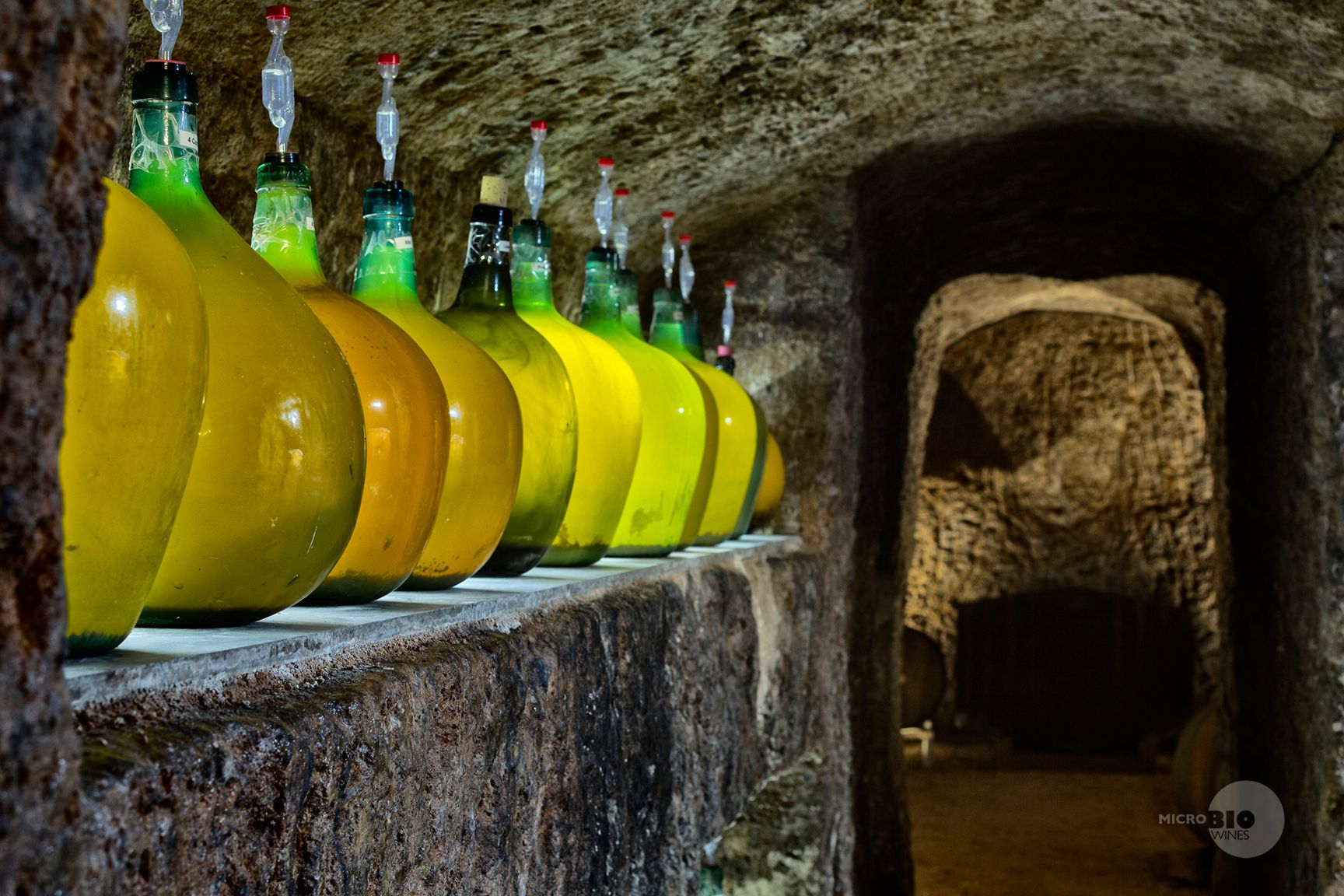
What's Nieva like? Would you say it's underrated?
We say that we live in the middle of nowhere. Years ago it was a more important village because we lived here with 700 or so people. Now it is just 230-240 people. We have 4 more cellars in the village, which are bigger than ours. Hence 'micro' and 'bio' - we're a small winery working in bio. Easy to remember! But when I was young, here in the village, there was 70-72 wineries, private cellars. Most of the people here produced their own wine, but they are now old or dying, or moving out to live in the capital with their families. It's difficult to live in a small place because most people want more contact with other people. For me it's not an issue as I travel a lot around the world, but for older people they want to see their family and their friends.
I understand you work with some old vines, so it'd be good to hear a little more about that.
In France, people say vines are old if they're 20-25 years old and very old if they're 40-45 years old. Our youngest vines are 140 years and the oldest are 277 years. For me, that's what old vines are. And they create more concentrated juice. The rest of the vines in the area produce 12-13 tonnes per hectare, and ours produce 2.5 tonnes per hectare. For me, the most important thing is the quality. There is no limit to the quality working from these vines. For me, the trouble is for the rest of the sellers that want to produce cheaper wines without any soul.
Is there any revival of old grapes happening in the region?
I heard about some vines that are more than 300 years old - around 15km from here, in a village called Santiuste, the same age as Chilean vines. There's a special winemaker living there, Esmerelda Garcia, who produces healthy wines from these old vines.
Visit Microbio's RAW WINE profile to learn more about the winery.
]]>Le Raisin et l’Ange is an organic winery founded by Gilles & Antonin Azzoni in the Rhône where they work with zero intervention and no additives, such as sulfur, yeast, filtration, etc. - "nothing but the grapes."
We had the opportunity to speak with Antonin about his work. We hope you enjoy our conversation.
Can you tell me about your background - how you came to be a winemaker, and what influenced your style of farming and producing?
My father started to work in wine about 45 years ago and he was from the south of Paris and wasn't enjoying his life at that time. So he went to Beaune to learn how to cultivate vineyards and make wine first for 2 years, from 1977-78. He learned there then came to Ardèche in 1983 to take on a small farm that he was renting and where the owner let him do what he wanted with it. It had mostly old, hybrid vines at the time then he planted Grenache, Syrah and Viognier and then started to farm them organically in 1997. In 2000, he had his first 100% certified organic vintage and started making natural wine around that time, removing sulfur and yeasts and filtration. A turning point for him was when he first tried wine by Domaine Marcel Lapierre - he tasted it and thought ,"Wow, I have to do the same." The Cuvée Robert was the first wine, named after the owner of the farm. In 2014, I then took on half of the farm where I had grown up, and also started buying grapes. In this region, many people who grow grapes want to sell to the cooperatives, but the coops don't care about organic grapes. So I decided to buy the grapes and make wine naturally, just like my father. The growers are happy because they get paid more and I'm happy because I get to do it how I want.

Can you describe the vineyard and its surroundings?
Around the farm, it's limestone soil - as is around 80% of south Ardeche. But for the Merlot and the Gamay, which I buy, they're grown next to the Auvergne mountain which is still in Ardeche but has a clay soil. Around 50km north of us you start to have a continental climate, but in France it's sunny and hot around the Mediterranean sea. It's the same for us - we don't get a lot of water and it's around 40 degrees every day in the summer, and stays quite warm in the winter. It can get a bit too hot for me sometimes!
Do you use any sulfites?
Whenever you see Le Raisin et l'Ange, you will know that it means no sulfites, no additives, no nothing. We have a logo on all our bottles that shows that we are 100% organic, hand picked, no sulfites at all, filtration or yeasts as approved by the French administration.
What’s the story behind the name of the winery?
The translation of Le Raisin et l'Ange is The Grape and the Angel - we chose this name because, in the 1990s before my father started making natural wine, the domaine was called Mas de la Bigude. In France, if you want mas, domaine or château in your name, you need to be labelled, but when my father started, he lost the appellation and was really angry because people didn't really know what he was doing. So he created the brand and decided that, even if we got the appellation, we would keep the name.
Visit Le Raisin et l'Ange's RAW WINE profile to learn more about the winery.
]]>Lamiddia is a project in Italy's Abruzzo founded by Davide Gentile and Marco Giuliani in 2010, when they made their first 1,000 bottles. They use a wide range of methods to encourage discovery in their winemaking, but one thing that remains is that they never remove or add anything, but try to find the best expression of each grape.
We had the opportunity to speak with Davide about his work. We hope you enjoy our conversation.
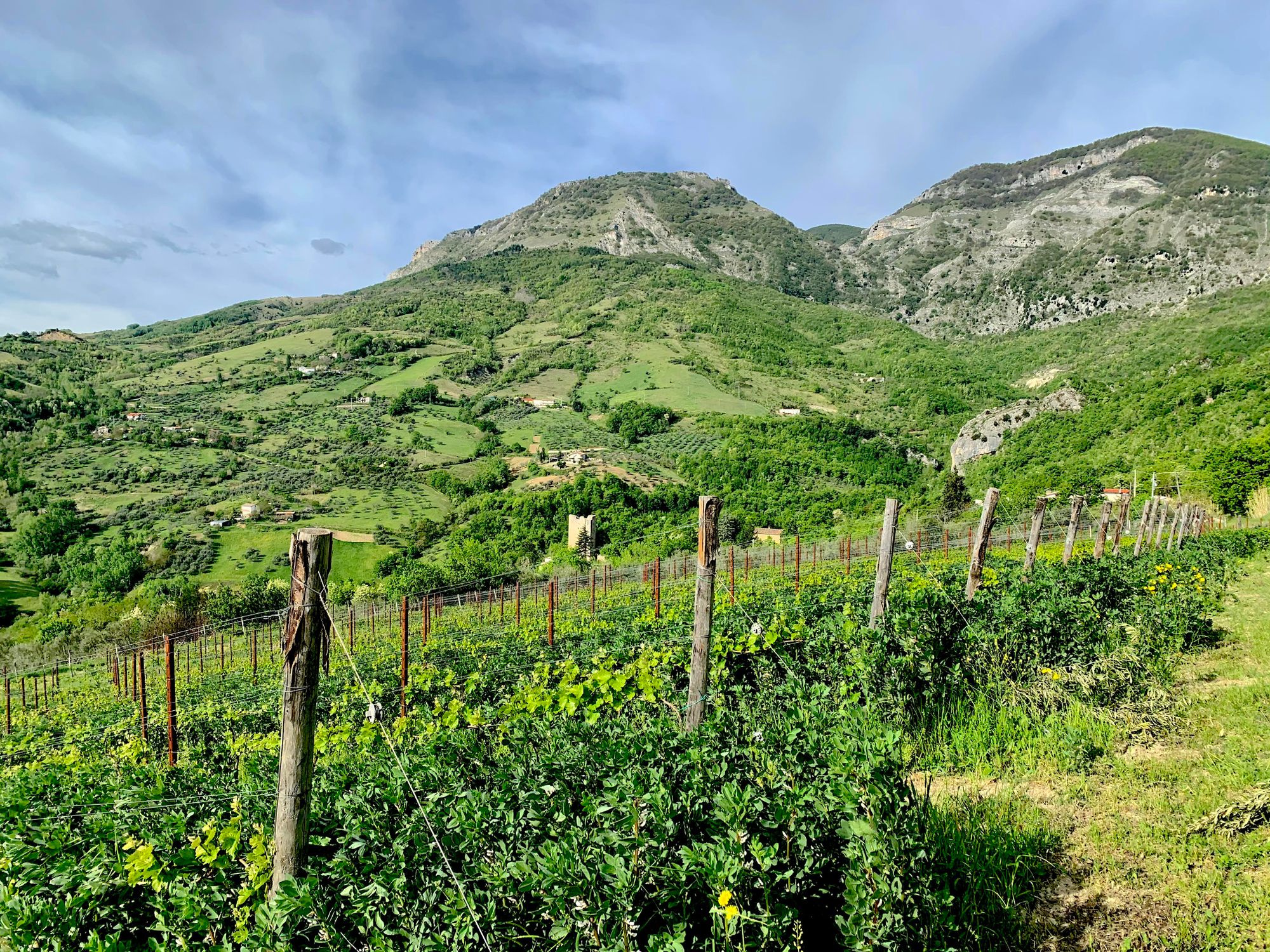
Can you tell me about your background? How did you and Marco meet, and what was your entry point to wine?
Marco and I have known each other since we were 3 years old - we're both from Abruzzo and have known each other forever, really. We went to school together and went to university together in Rome. I studied engineering and Marco studied communications, and it was around that time that we started drinking wine a bit more seriously - drinking more consciously. After my Bachelors degree, I moved to Milan to do my masters in engineering management, and Marco moved to Paris. From there, we started going to a low of wine fairs and tasting a lot of different wines.
In 2008, we discovered natural wines and our approach to wine changed completely. At the same time, I was working in marketing and innovation at a consultant company and Marco was in sales. We started meeting a lot of winemakers and visited France, Spain, Germany and Italy and had fallen in love with everything about it - not just the result (the wine), but everything that goes into making it. I was in the big city at the time and I saw the love that winemakers had for what they do, and their way of life, it was all very inspiring to me. So in 2010 after some travelling across Beaujolais and Burgundy, we came back and decided to try making some wine for ourselves, to understand how it works.
At my grandmother's house in the mountains, where we have the cellar now, there was a small cantina where my grandfather used to make wine for himself, so we started making wine using this sort of ancestral tool. From the very beginning, we always knew it was possible to make with with just grapes, 100% and nothing else. Upon making it ourselves, we discovered that yes, it's possible, but it's also very difficult. We made five wines to explore the process and, coming back from Beaujolais, we decided to try carbonic maceration, which nobody was doing in Abruzzo. The experience of making wine was so profound for me that I left my job in Milan, moved back to Pescara and then Marco and I rented a small vineyard so that we could continue experimenting. We both worked still to support ourselves.
In 2014, we carried out works to make the cellar legal in terms of health, so this year was our first official vintage and we started selling the wine. We were able to buy a small field and planted it vine by vine, growing slowly to what we are now, which is 8 hectares with two cellars. The first which we call 'Origin' is in the mountains, at my grandmother's house, where we make small quantities of more premium wine, doing everything by hand, pressing by feet and using a barrel, concrete and amphora vessels to age the wine. The old methods. And the second, which we acquired in 2019, we call the 'Urban' because it's a hangar in Pescara where we work a little more technologically. The idea is always the same, but it's a different process.
Ever since the beginning we have liked experimenting - we have 30 different cuvées at the minute, with differing grapes, macerations, vessels, etc. It's a lot, but we like to always experiment and learn, speak to other winemakers to gather inspiration, and treating wine as a science, but there are many variables you cannot control.
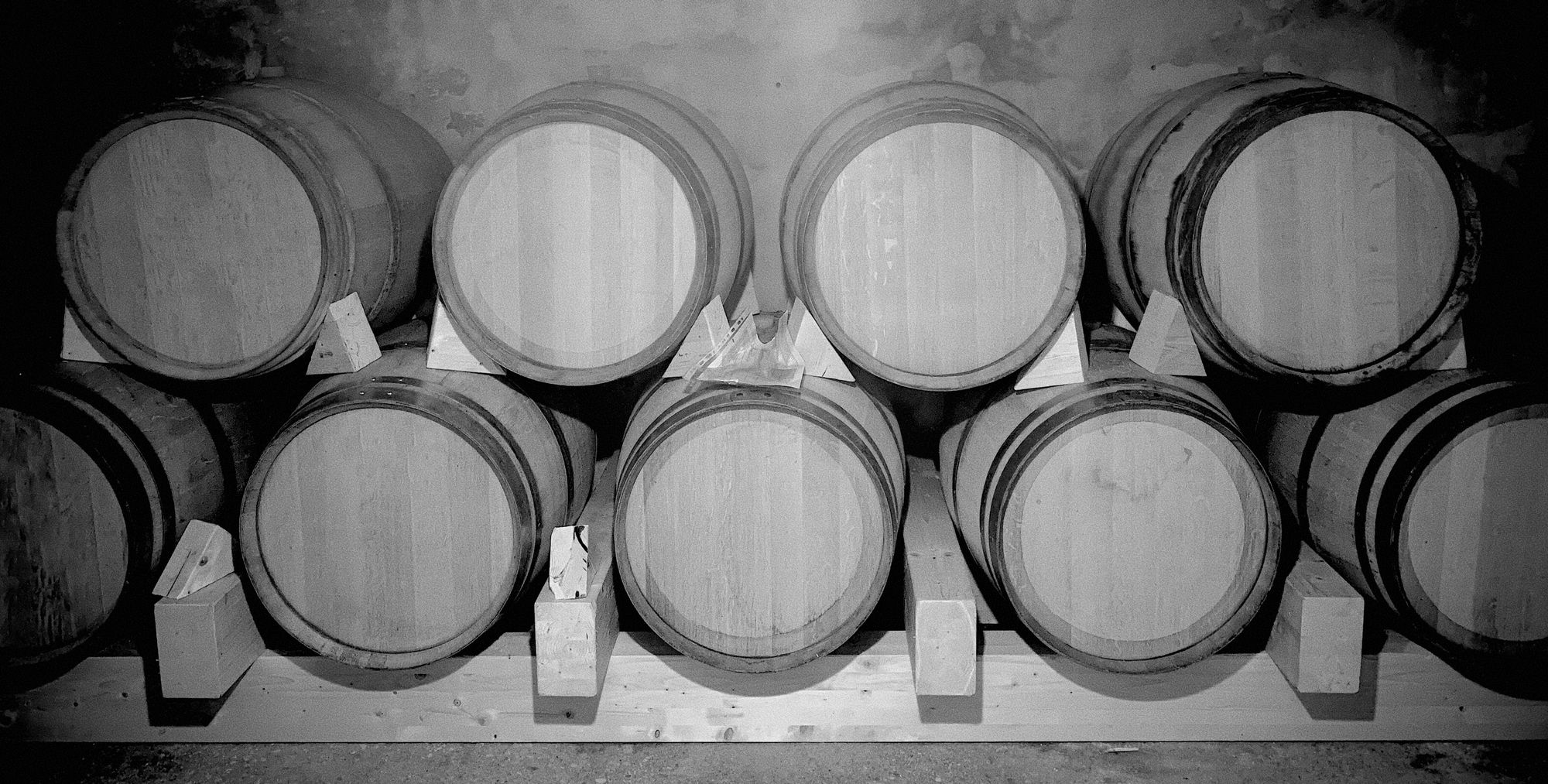
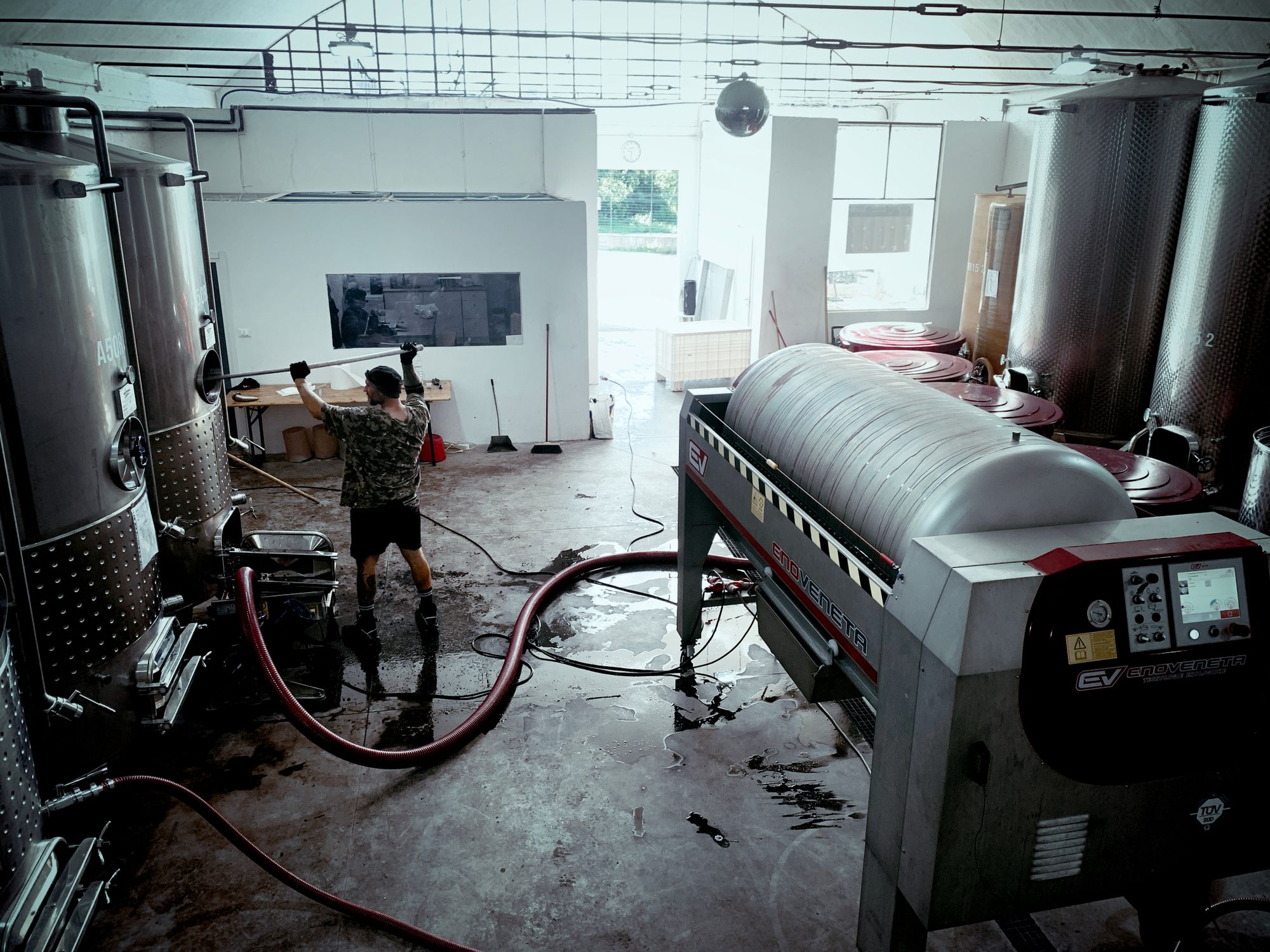
What's the winemaking history where you are?
Where we are, there are no winemakers and no vineyards - only trees, forests, and fields for sheep. But because of climate change, people now want to move into the mountains where we are because on the flat land, or even just a short way down the hill, people are struggling with the heat. We hope that we will be safe here for at least 10 more years.
Visit Lamiddia's RAW WINE profile to learn more.
]]>La Perdida is a project by Nacho Gonzalez in Spain's Galicia region, where he manages a number of vineyards that he inherited from his grandmother. In his work, he focuses on 'soil recovery' and old grape strains, cultivating approx. 4 hectares of vines with a majority of Grenache Tintorera, along with Jerez, Godello, Sumoll, Doña Branca and Palomino.
We had the opportunity to speak with Nacho about his work. We hope you enjoy our conversation.
Can you tell me about your background? About inheriting the vineyards, and whether you had explored winemaking before this?
I inherited my first vineyards from my grandmother. She always made wine at home. She sold some of her grapes and kept some back to make wine for the family to drink that year. I have memories of making wine from when I was a child and harvesting the different vintages. The whole family helped.
I originally trained as a biologist and, in 2011, settled permanently in Valdeorras to work in that field - not at all related to winemaking. But I had the afternoons free, which allowed me to start working in the vineyards that my family had left to me. That first year, I made 600 bottles. The next year, I acquired a winery that had been closed for years - and that's how it all began.
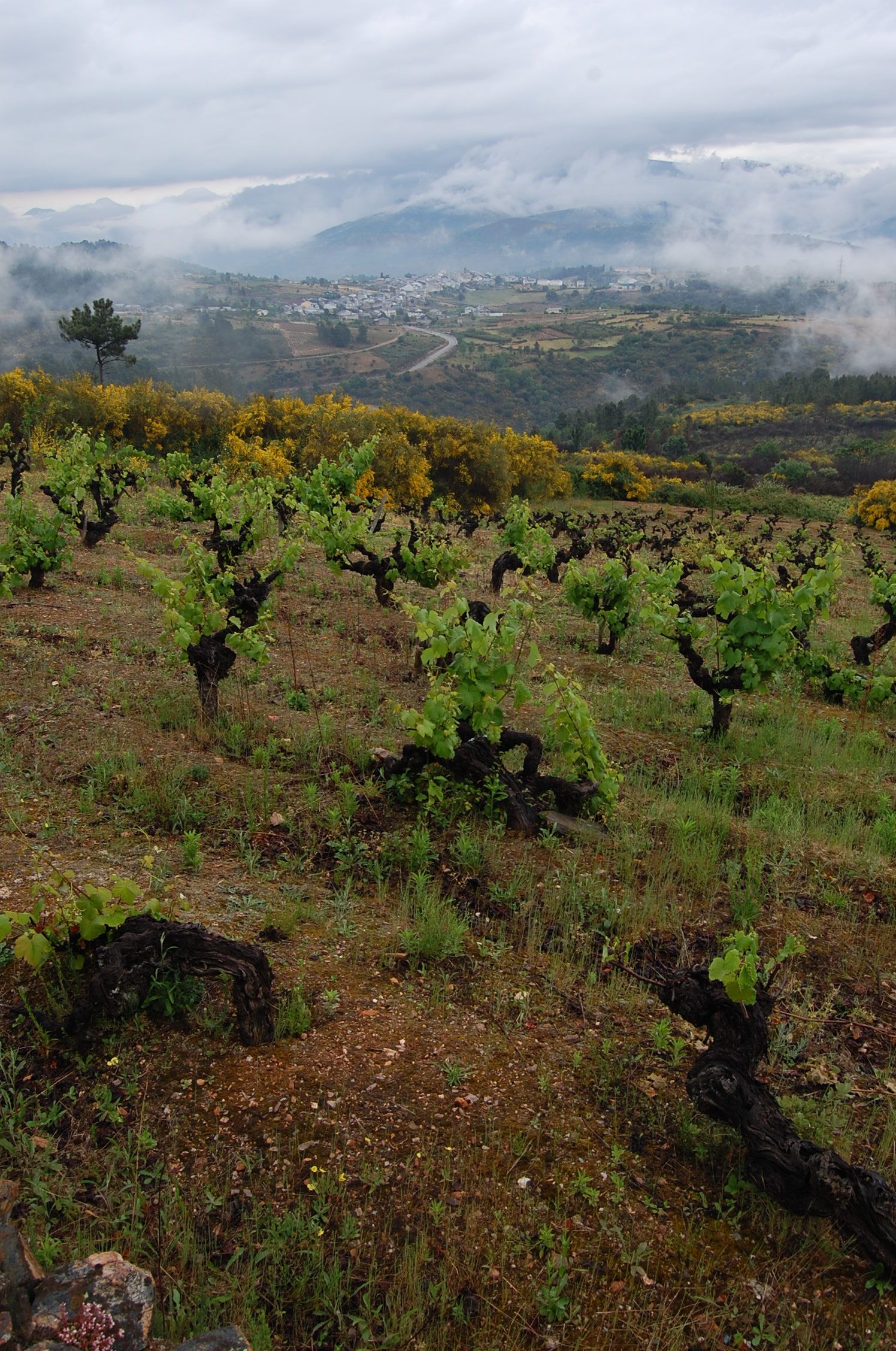
Why is soil recovery important to you and how does this influence the way you work?
Soil is everything. Plant life begins with healthy soil, where all the biological processes that occur in nature can develop. My goal is for the soils of my vineyards to resemble the soil of a forest.
Can you tell me about the old grape strains you work with? Are they unique to Galicia?
They are not exclusive to Galicia - the dominant varieties are Palomino and Garnacha Tintorera that were planted a lot in my area after phylloxera. Consumers in my territory did not value them until now, but to me they are magnificent, and a lot of them old vines. Other varieties that I use are Godello, Dona Branca, Merenzao and Mouraton.
Can you tell me about the different terroirs you work with?
I have different types of soil: clay with slate rock, limestone in a hotter area and granite located at higher altitudes.
What is the wine scene like in Galicia?
Wine without adding anything is complicated because I am practically alone in that. As for my territory, the Godello grape has been promoted and that has caused many large wineries from Ribera del Duero and Rioja to arrive. I don't like this situation - I lived very peacefully before.
Visit La Perdida's RAW WINE profile to learn more.
]]>Gut Oggau is a winery run by Stephanie and Eduard Tscheppe-Eselböck in Oggau, out of Austria's Burgenland. They founded the winery after taking over an established property in 2006, and now cultivate 26 hectares of vineyards using biodynamics.
We had the chance to speak with Stephanie and Eduard about their work. We hope you enjoy reading our conversation.
Can you tell me about your background - how you came to be a winemaker, and what influenced your style of farming and producing?
Stephanie: We are based in Austria in the beautiful Burgenland where we bought the estate at the end of 2006. We had our first vintage in 2007 and since then, we have been producing biodynamic and Demeter certified wines.
Eduard: I come from a wine growing background and my parents used to grow wines in Styria, but in a conventional way. I was never trained to be a wine grower or maker, and studied business administration while helping out at home. But I met my beautiful wife.
Stephanie: And it's such a long time ago, I can't even remember!
Eduard: But when I met my future wife then, I quickly asked her to marry me and she said yes, luckily, I moved to Burgenland and the only thing we knew was that we wanted to do something together. It wasn't always wine - we could have opened a wine bar or restaurant, because Stephanie has a background in hospitality. But we think looking back, we were looking for a place to create something, and that place was probably also looking for us. Everything kind of fell into place.
Why did we work biodynamically? Probably because we felt the need, for those old vineyards we took over to get them back in shape, into vitality, to go for the most sensitive approach. And why natural wine? Because we needed to have a wine without any makeup, because the former owners didn't produce wine, they only sold the grapes. So we needed to find out about their potential in a very, let's say, naked way. That's why we didn't intervene in the winemaking originally. There wasn't really a master plan before we took over the estate, more than one thing happened after the other because of the place, and probably because of us creating a vision driven by its potential.
It was clear from the beginning that we would go for biodynamic certification, but mainly for the sake of being part of a group of interesting biodynamic farmers. And in Austria, there are quite strict rules in wine - for instance, if you want to be Demeter certified, you have to go for natural fermentation.
What was the natural wine landscape like back then and how has it evolved since?
Eduard: The term natural wine didn't exist in 2006. The concept was taking baby steps, but there weren't any discussions between wine growers gathering together to discuss the idea of producing wine naturally. There were some wineries converting to biodynamics, without necessarily working naturally in the cellar, but there was certainly something in the air.
Now of course, the idea of natural wine has been established. There’s growers coming into the movement in Austria, but from our understanding, the ones taking it really seriously - the 100% natural way - haven’t grown in number all that much. There’s a lot more potential in Austria for people to really jump into the refreshing cold water of the natural wine world, without any risk of drowning.
How has your winemaking evolved in that time?
Eduard: In the first year, our maceration was quite classic - white wine was directly pressed and red wine was macerated on the skins. In 2016, we started using the same treatment for both reds and whites. It’s always part macerated on skins, part directly pressed - and then we blend according to the feeling of the vintage. The more structured vintages, the more structure we aim for in the wine and vice versa with the more lean or fragile vintages. It’s all about balance between structure, freshness and minerality.
Can you describe the vineyard and its surroundings?
Eduard: We work on 26 hectares of vineyards at the moment - two of them are young vines, not in crop yet, and 24 are quite grown up vines. Most are between 40 and 70 years old. That's quite interesting in our area because we are on the west bank of this lake. We have quite diverse soil types here so there's vineyards on the flat land mainly on gravel soil, which is rather poor - there's no loam, no concentration. And then we have those hillsides mostly facing east, southeast, towards the lake, which is mainly limestone from ancient mussel reefs and some rocks. On top there is mostly sand, so it's also quite poor soil.
We have many different parcels all over, and that's quite typical of our area. Historically, this has been part of the Austro-Hungarian empire and the law claimed that each child would get a piece of land, rather than just the oldest child claiming all the land. So it means that the pieces of land have gotten smaller and smaller over the generations, so we have more than 60 vineyards around the winery. We decided from the beginning to not go into the single vineyard/single grape varietal approach, but to blend each vineyard with the same identity, the same character and the same soil. We base our vineyards more in terms of personality, than say the grape variety.
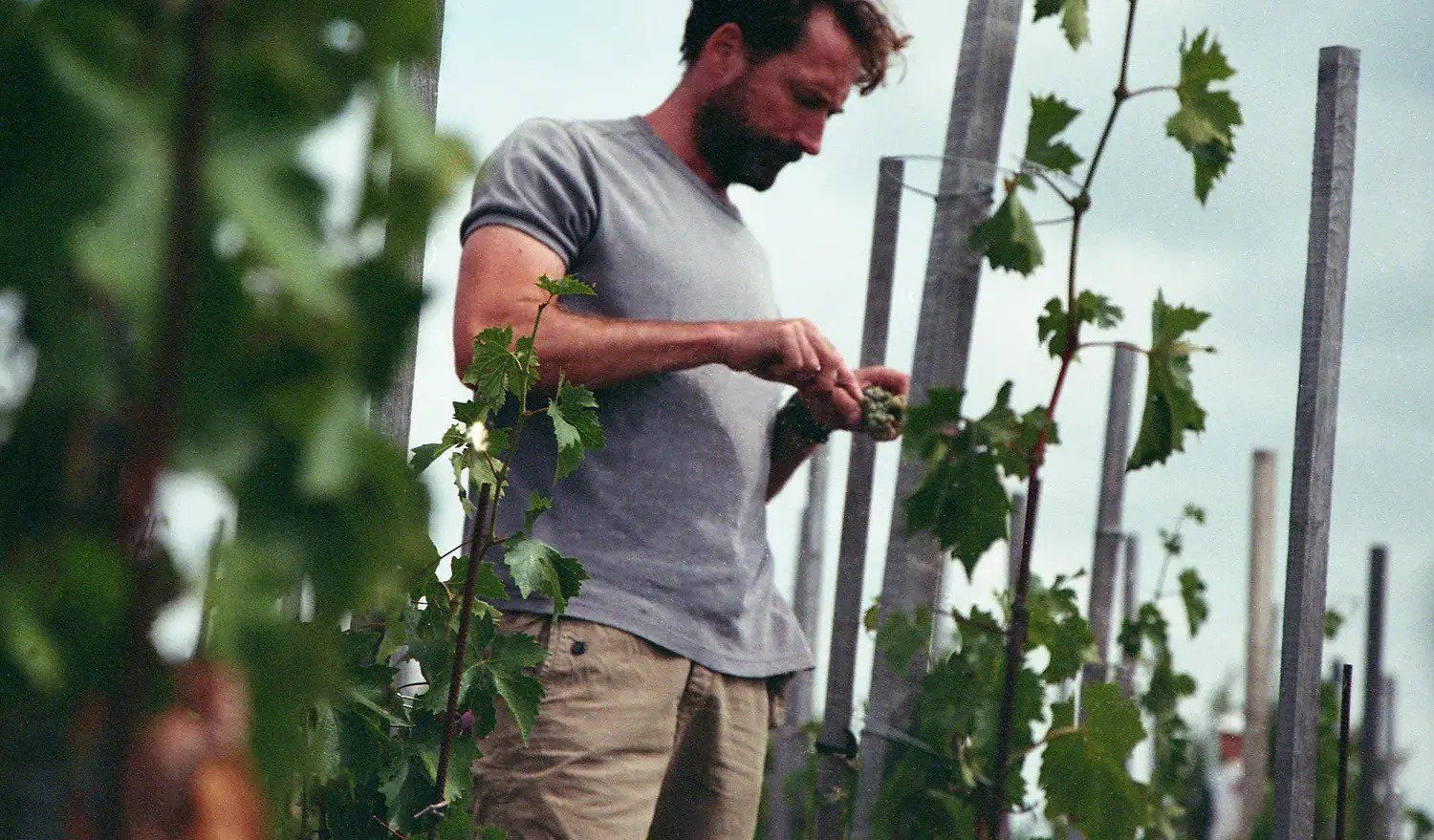
How has your work in the field evolved?
Eduard: Every year is a huge evolution - we gain experience, learn and reconsider all kinds of things. In the early years, we took a very cautious approach to biodynamics. We treated the vineyard with sulfites if necessary, and copper - which is hardly ever necessary in our area. But then we got more and more into the idea of strengthening the plants with herbal extracts, which helped us to lower the level of sulfites and copper usage.
The next step was to integrate this microbiome-like approach in the vineyard - recognising the importance of microorganisms in the soil - and that led us to not only producing compost, but working with a lot of compost extracts both on the plants and the soil. It’s all about strengthening the ‘microbiome’ and as a result, improving their vitality. That’s certainly been a very important step. Another incredible step forwards in the last three years has been working with horses in the vineyards, and there’s much more to come.
I would say we started out caring about the vines and now, we consider ourselves farmers. We cultivate the land and are working to create more of an ecosystem.
Would you say your relationship to the vines has changed over the years?
Eduard: We never approached our vines to be like milking cows - we were always grateful for what we got from them, so we never pushed them in a certain direction.
Stephanie: Now though I have to say, there’s a desire to change the world that’s getting stronger and stronger. It’s something that drives us every day. That’s the reason he gets out of bed in the morning now rather than, say, producing the best wine. It’s about giving back more than what we’re taking.
Eduard: If you go into the deeper meaning of what agriculture really is, it has a certain spiritual effect on you. The soil is like mother nature telling you that if you treat it well, you’ll open up more and more opportunities. It’s an opportunity to showcase what’s possible and help people understand how we can make the world a better place - to heal it. It’s something everyone can contribute to and the good thing about vineyards is that, you’re literally creating a message in a bottle. What the vines gives us can be shipped all over the world where it can inspire people. When you open a bottle of our wine, you feel this incredible sense of place, of time, and the humble impact of ourselves. We put a lot of energy, love and passion into these wines and you don’t necessarily have to explain them. You can feel that something special, those forces of nature all bundled into the bottle. It’s a very humbling, very pleasing thing to be able to work with plants that have such incredible potential.
Would you say your relationship with nature has been enhanced since you’ve been working with horses?
Eduard: Definitely. For us, it’s been a kind of missing link. The energy animals bring is so important for a natural, holistic circle. If you have artisanal wines and vineyards worked by people who care about them, that adds a lot of vitality, but having animals present adds another dimension.
Rudolf Steiner looks at life as a pyramid: minerals are at the base, which is dead matter that still has a certain reception for cosmic energy; then plants, which are stuck in place and have consciousness, though limited; then animals. Some animals have individual consciousness, but many have a kind of group consciousness - like a beehive or a herd of cattle. They can move and interact with each other in a way that’s very different from plants, and they have more obvious feelings.
At the top of the pyramid is humans, and we have the capacity to really connect with the animals’ higher energy. Working with the horses, the pyramid is complete. It’s a huge step forward for us.
What adjustments have you had to make because of climate change?
Eduard: In Austria, the figures are not so much different on average. But the recent year has been really dry and it’s those extremes that are the challenge. If we manage to build up a certain layer of humus, it can hold onto water and nutrients. It’s the best food for all the microorganisms. That’s the main investment we have to make - to build the humus up - through decent doses of compost and breaking the monoculture system with trees and bushes to create a more attractive soil.
A softer adjustment we’ve had to make is to our mindset - that’s a hard thing to do for many farmers, and for good reason as you have to get out of your comfort zone and see things in a different light. For example, the most challenging situation we’re facing is the water management and how we’ll cope with that. The most obvious solution is to dig deep into the ground and go for irrigation, but if there’s no water coming, there’s no option to take it from the ground. We have to find other ways, rethink the way we plan the vines and how we can protect the water there as well as possible. You have to be ready to invest energy and resources to make your future work.
How has your relationship to harvest and vintage changed over the years?
Eduard: In recent years, our feeling towards harvest has changed. We contribute so much on a daily basis to making the vineyards and the soil feel comfortable that, when it comes to harvesting, the grapes always turn out very balanced and harmonious, whatever the situation that vintage. So now we always say that it’s going to be alright, because we’re doing everything we can.
This headspace gives us a lot of relief, because we don’t waste a single thought on what the wine will taste like. If we continue to work the way we do, it will all turn out alright. The harvest is just the icing on the cake - we spend the rest of the time baking it. Of course, you have to be super focussed still and only pick the berries when they are perfect, but we don’t have to worry about whether the fruit will shine through in the wine because we know it will. There’s a certain trust we’ve gained in our vineyards.
Does this carry through to your vinification?
Eduard: Totally. We can talk about natural wine, but we’re talking about living wine. The mindset you have is a treatment in itself. If you’re always stressed around your barrels, there will be little creatures in there getting stressed as well - although modern people might not accept this. Everything is connected and mindset is so important. You don’t need to be a life coach to understand that the way you approach things is how they will turn out in the end.
We had a beautiful start with our wines, but it’s only been 16, 17 years that we’ve been working with our vineyards. In the life span of a vine, that’s nothing. Even now we are only just at the very beginning. That’s the beauty of the journey. If we continue to work as we do, if we learn our lessons along the way, the next vintage will always be better and more expressive, more energetic because we have another year where we can contribute to the natural balance of it all - and it’s never going to end.
If you asked us 10 years ago, would we work with horses in the vineyard? Would we do this? Would we do that? We never would have dreamt of these things. But it all just naturally came. It took a while for ideas to develop and be fulfilled, but it’s all been a natural evolution and that’s something we will always continue.
Is there anything else you’d like to share with our readers?
I think it’s important for people to feel encouraged to talk about wine and how it’s made, to ask questions - even if it feels like the question you want to ask is stupid, there are no stupid questions. Even on our side, we are learning something new every year.
Visit Gut Oggau's RAW WINE profile to learn more about the winery.
]]>Dominio del Urogallo is a small winery in Asturias, on Spain's northern coast. It's run by Francisco Asencio, who cultivates the vineyards on steep slopes, using biodynamic viticulture. Francisco also makes wine in Bierzo and the Sherry Triangle.
We had the chance to speak with Francisco about his work. We hope you enjoy reading our conversation.
Can you tell me about your background - how you came to be a winemaker, and what influenced your style of farming and producing?
Up to 2006 or 2007, I was working as a general manager in international renewable energy. I was really into renewable energy, but I was getting tired of being a manager with the level of stress that came with it and I wanted to connect with nature in a deeper way. I had some savings and decided to quit that job so that I could think about doing something different. I thought about making cheese in Galicia with some friends, and I had always hoped for the opportunity to try and make even a little quantity of wine.
In 2008, I made wine for the first time - in a bucket! I bought 50kg of grapes and pressed them with my hands. After a few days, I had wine. Not the greatest wine, but I had wine. I was really curious about the winemaking process. I had friends making wine in Bierzo and I sat firmly on the drinking side of the business, but they were good friends who pushed me to start something. They shared their ideas with me, about being connected with nature and making wine with the utmost respect for the vines and for nature.
And you make wine not just in Asturias, but in Bierzo and the Sherry Triangle - which came first?
The first real project was in Asturias. As a drinker, I enjoyed freshness and complexity through minerality, and through structure and texture. Structure that comes from the work in the vineyard, and texture that comes from the ageing process. During a trip to France, I stopped in Asturias and discovered this wonderful place with marvellous vineyards and an opportunity to start something little. That was in 2009, which was the beginning of it all.
And from there, I'm from the south of Spain, so it was always on my mind to do something closer to home in the Sherry Triangle. I started there in 2015 with my brother, Fernando. And in Bierzo, I have friends who are always inviting me to work with them, so I've been doing that since 2018.
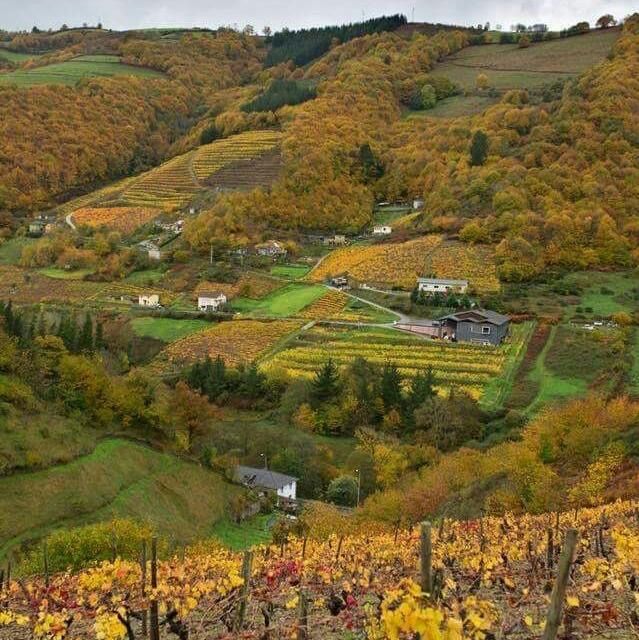
What would you say defines Asturias and the wines you make there?
When I think of Asturias in terms of wine, I think of something very fresh and very mineral, because of the climate, the greenery of Asturias and the mountains. We have a very long tradition, with records from the 9th century of monasteries with vineyards and making wine - always with local varieties. These include Albarin, Carrasquin and Verdejo Negro. We used to have a lot of hectares in the area, but in the 1950s, a lot of people abandoned agriculture and their vineyards in favor of mining, which was more lucrative. Now, there are 130-140 hectares across the region, with both pre-phylloxera vines and some new vines of local varieties.
Can you describe the vineyard and its surroundings?
In Asturias, we're always in the slopes of the mountain. The altitude here ranges from 450-900m above sea level, but always in the mountains and with no flat surfaces. It's green all year long because of the climate and the landscape - mountains and forest with cattle and vineyards. But because of the slopes, the vineyards are all in little plots - we have 13 hectares of vines across 25 plots. It's very green - nature invades everything! We also have a lot of minerals, quartz and slate in the mountains. Higher up, you get the mother rock with big chunks of slate, and lower down, the slate becomes more degraded.
Can you describe the climate?
In Asturias in general, we have a quite cool and fresh climate, but where we are in the area of Cangas, we have a microclimate that's mainly continental with long cold winters and short warm summers, getting up to 30 degrees centigrade. As we are close to the Atlantic ocean, we have a strong influence from its cool winds.
Is there much of a natural wine scene where you are?
No way. We are the only ones here, as nobody believes in it. The winemakers here tell me I'm crazy and won't get anywhere doing it this way. Of course I respect the older winemakers, but when they see my vineyard with all the green and herbs, they say my vineyard is sick - but it couldn't be healthier! I think it's just a matter of time. They'll get there eventually I'm sure. Sometimes it comes down to fear - the risk is high and tradition means a lot here.
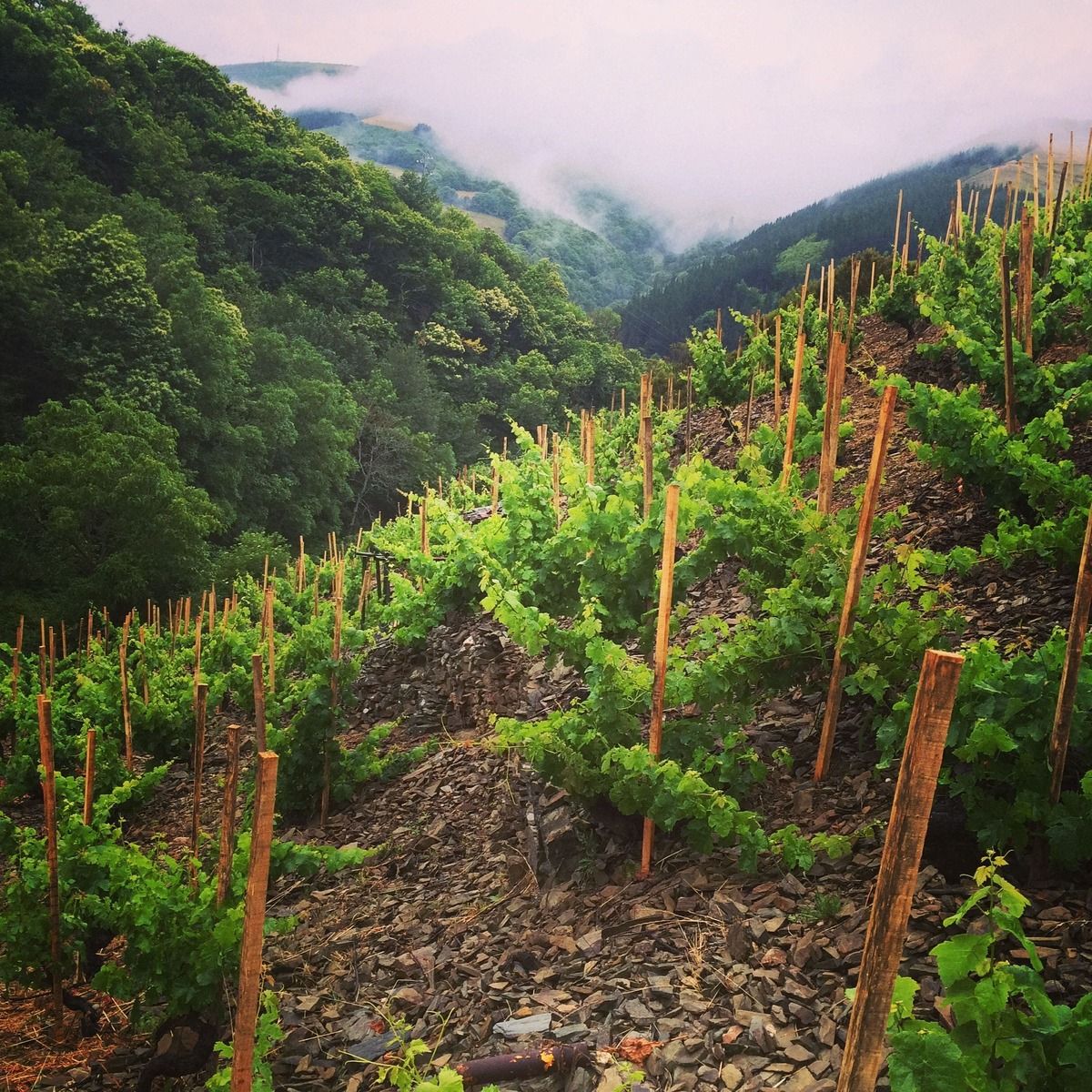
Visit Dominio del Urogallo's RAW WINE profile to learn more.
]]>Domaine Houillon is an estate in the Côtes du Rhône run by Aurélien and Charlotte Houillon. They make wine using the late Jules Chauvet's winemaking approach - Chauvet, a wine négociant who worked at La Chapelle-de-Guinchay in the Beaujolais, has been coined the 'Godfather of natural wine'.
We had the chance to speak with Aurélien and Charlotte about their work, with Charlotte translating for her partner. We hope you enjoy reading the conversation.

Can you tell me about your backgrounds - how did you come to make wine together?
Aurélien has been in vineyards since he was around 5 years old, because he and his family are very close to Pierre Overnoy. He started out working with Pierre and his brother Emmanuel in the Jura, and they exchanged a lot of ideas on nature and spirituality. He has always been in wine, especially natural wine - it only felt right to follow Pierre's approach. Aurélien likes to say that he doesn't know any different.
After that, he spent some time in Switzerland at another winery. I'm from Switzerland and had been a historian studying old manuscripts, but left this career to work as an animal traction service provider. That's how I met Aurélien - I came to work on the vines on the estate where he worked. Then we decided to set up a winery together. We found the domaine here in Côtes du Rhône in 2017 and fell in love with it. It's quite small and the vines are all around the house, so just the two of us can work it by ourselves.
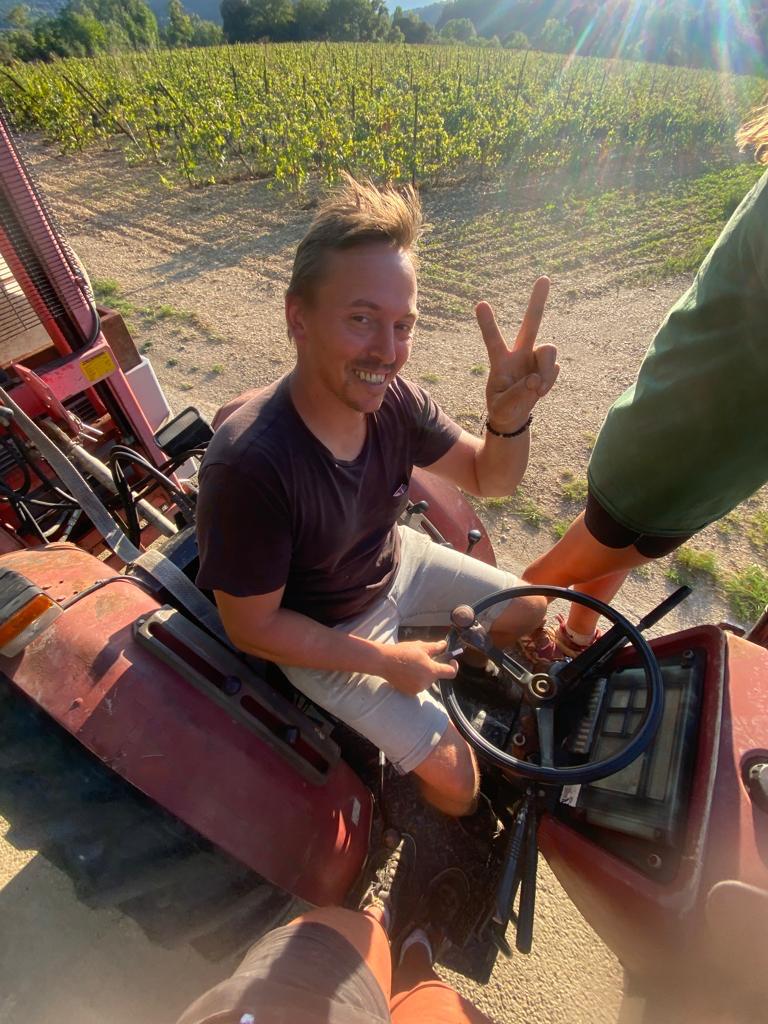
What's your approach to growing and making wine, and what has influenced this approach?
Of course, the most important thing is to respect nature, water and the consumer, and to work without any input. Because we were working in this way, it felt natural for us to work with horses in the field and make our own wine labels out of vines. To do this, we take the outer layer of the vine shoots and cook it with baking soda or ash, then bleach or dye it using pigments and turn it into paper using a traditional, old European frame.
It comes from the idea that we use everything in our domaine - there's no waste, so it's a circular system. The outside of the bottle reflects the inside. What's most important is to us is that we respect and reflect the environment, but we also prefer this kind of wine. When we converted the domaine to organics - and then some - we saw such change. First, the insects started coming back, then the birds, then all the different plants. We've been able to really witness the impact of this work.
Can you tell me about where you are in the Côtes du Rhône, and the grapes, climate and traditions that define the region?
We are in what we call the north of the south region. We are north from Châteauneuf-du-Pape and have typical grapes of this region - Grenache, Syrah and Cinsault, but we are also now looking for ancient varieties, like Bourboulenc and Picardan. We want to start making white wines and struggle with drought, and these varieties aren't so demanding of water. It's also what our customers want. For this wine, Indigo, we use Syrah - a variety more common in the north.
Is there much of a natural wine scene?
Not really - not in the true sense. We don't put anything into our wine and there's not many people here working like us. There's an expression in French that translates to 'natural and a half', which is what we say we are. Aurélien is used to Jura, where there are a lot more natural winemakers, so it's different here and can be a challenge. But there are some newcomers and it's developing, which is good.
Can you describe the vineyard and its surroundings?
We have nine hectares of total land, including woods, horses, ponies and donkeys, with five hectares of vines. We also have a small river and some hills, so it's not as flat as other areas in the Côtes du Rhône. It's a very old vineyard. The majority of our vines are 50 years old, and we have two vineyards which are 70 years old. This is also why we produce quite a low volume, and another reason we're looking to plant some whites.
Can you describe the soil?
We have clay soil, which is very sticky. It's also quite useful because we have a rainy period during fall and winter, so get a lot of water at this time, but after that it's completely dry for many months and the soil becomes very hard. In some places, we have a little bit of compacted sand, which melts when it rains and mixes with the clay.
Visit Domaine Houillon's RAW WINE profile to learn more.
]]>Domaine La Boheme is a winery in Saint-Georges-sur-Allier, in France's Auvergne region. It's run by legendary natural winemaker Patrick Bouju and partner Justine Loiseau, who manage 9 hectares and buy grapes from other growers to make their wine.
We had the chance to speak with Patrick and Justine about their work. We hope you enjoy reading our conversation.
Patrick, can you tell me about your background in chemistry and the military, and how you came to be a winemaker?
Patrick: I didn't start making wine until 1997 - I had studied organic chemistry in Clermont-Ferrand and didn't want to be a winemaker. It wasn't a passion at first. While I was studying, it was obligatory for all men to serve in the French military. Because of this, I had to go to Burgundy from 1995 to 1996. While I was there, I met a lot of winemakers and learned how to make chemical wine - very few people were making natural wine there at the time. But then I met Dominique Derain, who was working in this way. So I took what I had learned with me to Auvergne. I made a lot of vinegar in the beginning, but it was all a learning experience. I learned from makers in Auvergne and Beaujolais, but it wasn't like it is now - there weren't a lot of people you could learn from. People didn't want to buy natural wine either. The year I made my first cuvée, I couldn't live off the income, so I worked both in the vineyard and also for IBM. Then in 2004, I met some some Japanese people who started to import my wine over there. This was the first step to being able to make a living from wine.
And how about yourself Justine - what's your background and what was your entry point to wine?
Justine: I studied communications in Paris, where I grew up. My course was half school and half practical, so I worked three days a week. During the evenings, I worked in restaurants with my aunt in a very posh area of the city. I started to realise I didn't want to work in communications, but in restaurants. I started learning about classic wine, in classic restaurants. In 2012, my friend Jane Drotter opened a restaurant, Yard, and she introduced me to natural wine - along with Fleur Godart and Clovis Ochin. We started organising tastings at the restaurant and that's how I met Patrick. We've known each other for 10 years now and, at the beginning, I travelled back and forth between Paris and Auvergne. I visited a lot but was scared to move to the countryside because I had grown up in Paris and was used to that way of life. Then, I lost my job and my apartment, so I made the decision to go to Auvergne. I found it really interesting, hard of course - you make a lot of mistakes early on - but you get to be creative and now, we get to do it together. We are a good team.
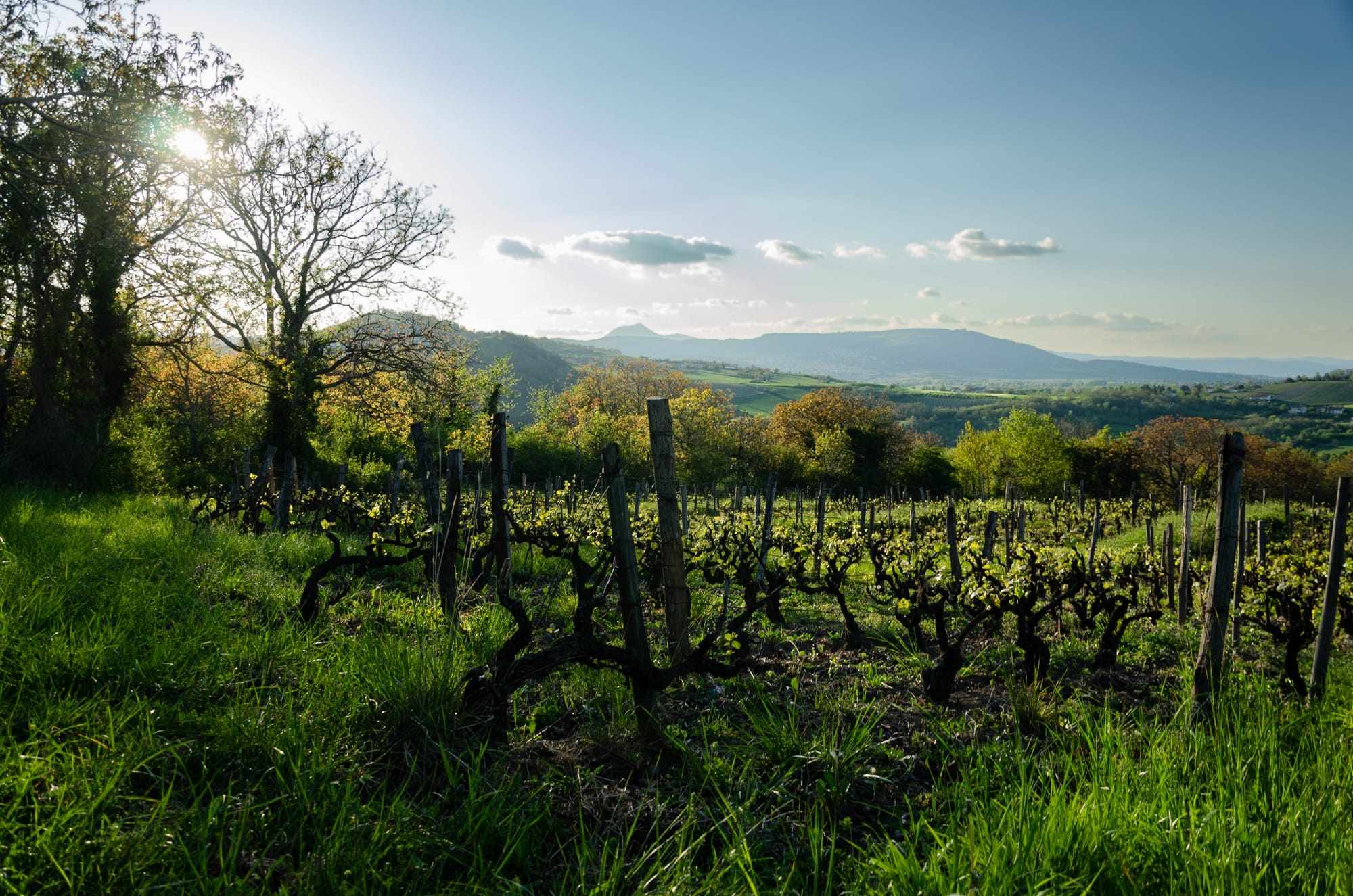
Patrick, what stage were you at with the winery when Justine joined you?
Patrick: When I started making wine, I worked alone and made only a few bottles. I didn't want to grow too much - 3-4 hectares initially - because it would be too much to manage by myself. Later, I got an employee who helped me. Then I started to buy grapes because we had some issues in the vineyard which meant we lost a lot of grapes. When Justine came to live here, it was an opportunity to grow more grapes, produce more wine and develop. We are a good team - we work a lot like a lab. We have a lot of projects and Justine helps me realise my dreams. The life of a winemaker isn't just to grow grapes and make wine, you also have a lot of administration and logistics, and Justine manages this side of things. We come up with all of our ideas together.
What would you say has most influenced your approach to growing and producing?
Patrick: For me, I have a lot of allergies, so I can't drink with with sulphites. That's why it was really important to me to be able to make a wine that's completely natural. As I said, I didn't want to be a winemaker at first, but because I was drinking a lot of natural wine, I was heavily influenced by makers such as Gilles Azzoni, Claude Courtois, Domaine du Peyra, Guy Breton and Jean Maupertuis. And we're like family now. We always talk about wine.
Justine: My wine education originally came from my family, who had very classical tastes. My grandpa always drank white wine from Burgundy and red wine from Bordeaux. In 2012, when I met Clovis Ochin, he made me taste Jean-Yves Péron's Vers La Maison Rouge from Savoie and it blew my mind. I saw that you could have light wines with a lot of complexity, and it opened my mind to what's possible.
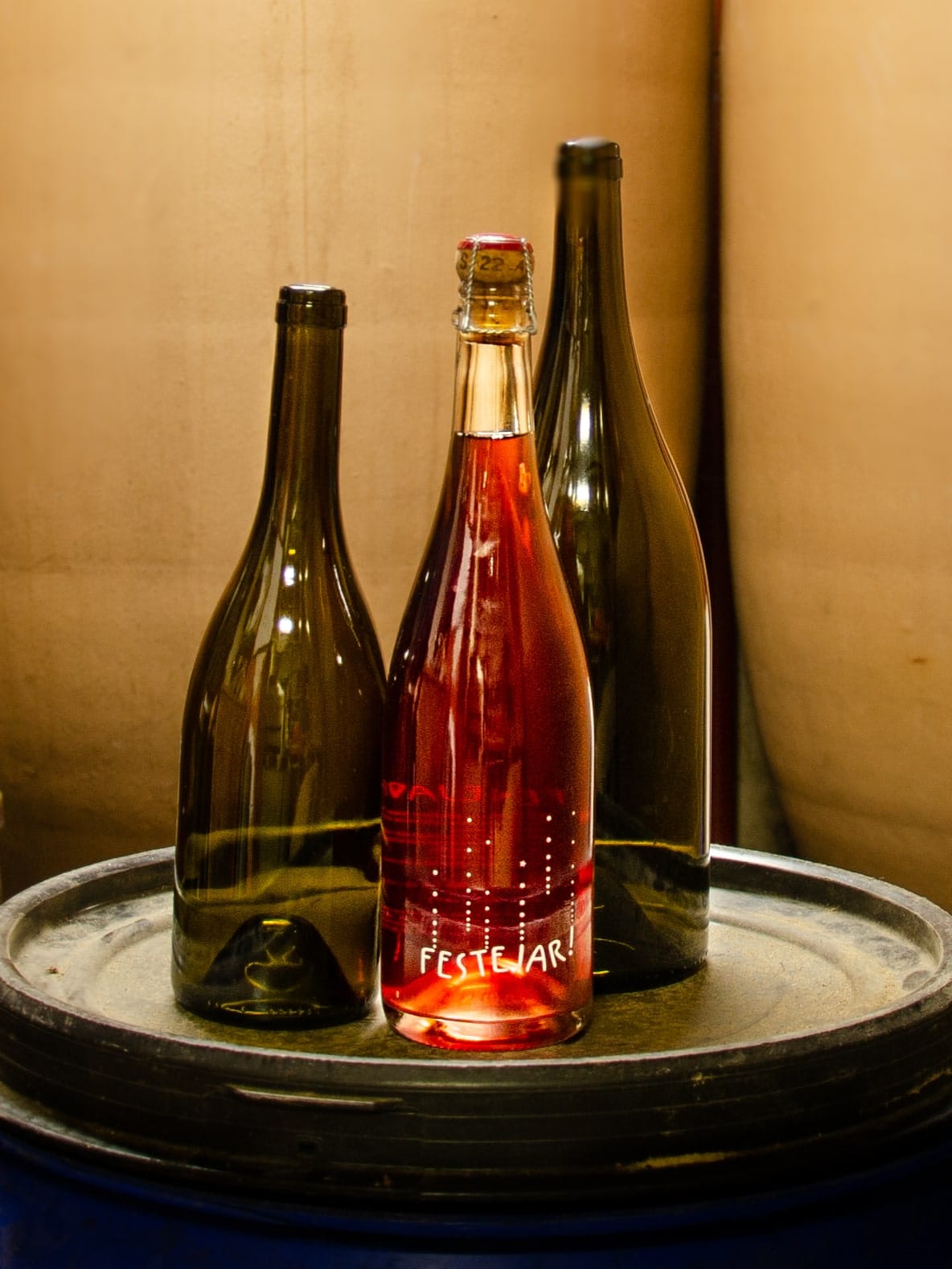
Can you tell me about Auvergne and the grapes, climate and traditions that define the region?
Patrick: At the beginning, Auvergne was not very famous. There's a mountain so the vineyard sits at 500m altitude. There's a lot of volcanic characteristics - a lot of basalt and limestone with volcanic influence in the soil. It's a very unique biodynamic terroir. The climate is very fresh, giving good acidity to the wine. The main variety you find here is Gamay d’Auvergne. For me it’s one of the best Gamays, as it has a more spicy flavour and is more rustic than Gamay Beaujolais. There's also a lot of old vineyards. People having been making wine for their own consumption for a long time, so there's a lot of vines over 100 years old. It's a very unique experience to work with these grapes.
What grapes do you grow and how many hectares do you work with now?
Patrick: Now, we have 9 hectares - 2 of Chardonnay, 2.5 of Pinot Noir and the rest is all Gamay d'Auvergne.
What’s next for the Domaine?
Patrick: What we’re interested in now is planting new vines - of Gamay d'Auvergne, Pinot Noir and some other grapes, such as Sauvignon - and building a new cellar. We also want to develop the vineyards we buy from and find some good, different grapes. Why not in Burgundy, for example? Why not try vilifying different varieties?
Visit Domaine de la Bohème's RAW WINE profile to learn more about the winery.
]]>We had the chance to speak with
]]>Vinca Minor is a Berkeley-based winery run by grower and maker Jason Charles, supported by his wife Emily Charles, who runs the programming and events, and their daughter Ava. They work with historic vineyards, with a particular focus on old vine Carignan.
We had the chance to speak with Jason about his work. We hope you enjoy our conversation.
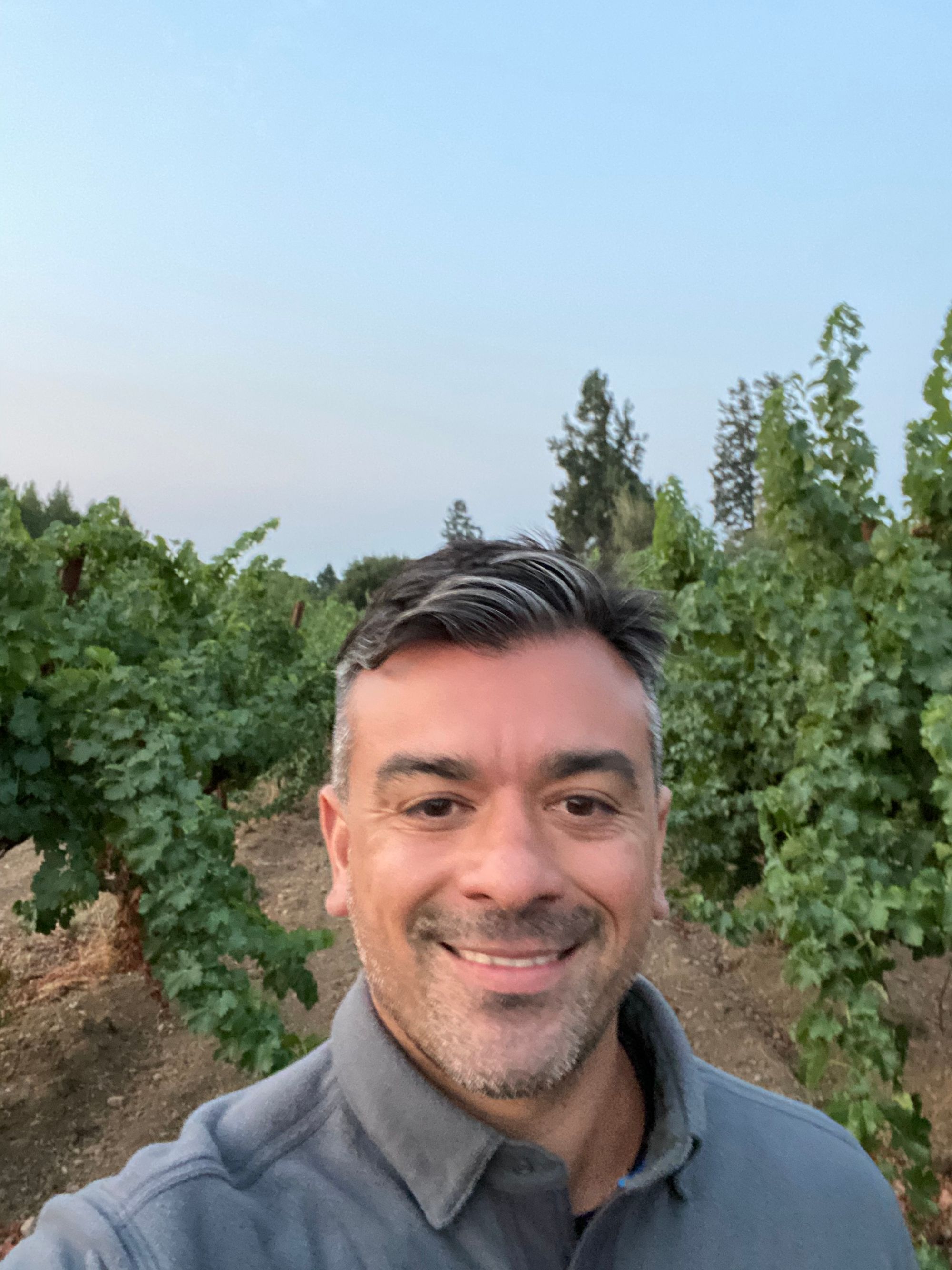
Can you tell me about your background, and how you came to be a winemaker?
I grew up in Lapeer, Michigan which is a small town in the midwest. I didn't grow up with wine - I grew up wanting to become a photojournalist, and that allowed me to travel after my college years. Living in Spain, specifically Barcelona, in my twenties, I was young, and curious and inspired, and even though I had no wine knowledge, I became very interested culturally in what was happening with food and wine in general, and very quickly I realized how important wine was culturally. From there, I moved to New York City to continue pursuing photojournalism, and I ended up in the restaurant industry. There, I think I very quickly realized that I was surrounded with some really, really thoughtful and talented wine professionals and there were a lot of European producers coming into town. I started going to tastings and that's really where I fell in love with wine. My wife and I made a trip to California back in around 2006, in Napa and Sonoma and I think it was then that I realised I wanted to make a career change. I moved to California, got a job in Napa Valley as a production assistant and that's where it began.
How did you go from there to having your own winery?
You know, I was really lucky. There was a gentleman in Napa that I worked with called Luc Morlet, who's originally from Champagne. He was a consulting winemaker in Napa and also had his own estate. I was lucky because I was working on his production team and once in a while, he would send me with his farming team to prune and work in the vineyards, and on other days I'd be with him at a different property where he'd be consulting. Within just a couple of years, I was able to see every side of production, from farming to the cellar, and even going to fairs and selling wine. It sort of expedited the process of of learning very, very quickly and I realised I was able to start making my own decisions and the direction that I wanted to go in one day if I had the opportunity to make my own wine.
Do you have your own vineyards or buy your grapes?
We don't own any vineyards but I have aligned myself with a handful of growers who have been around for generations in Northern California. For example, the old vine Carignan is farmed by Pete Johnson, who is a sixth generation grape grower and he's been organic since day one. He's certified and he just an incredible farmer. He's been doing this for generations, so as a winery, we have aligned ourselves with with growers like Pete and we get access to these incredible grapes and have developed these really special relationships in Northern California, specifically Mendocino.
For us, it's always been about telling the story of some of these incredible vineyards up in Northern California and work incredibly minimally. It's really important for us to tell the story of the growers and to make energetic, bright and fresh wines - whether it's rosé or red, that's our style across the board. We love to explore Mendocino's history, specifically through the lens of Carignan, just very bright and energetic and focused. That's very much our style across the board and but also you know for us, we just love to explore.
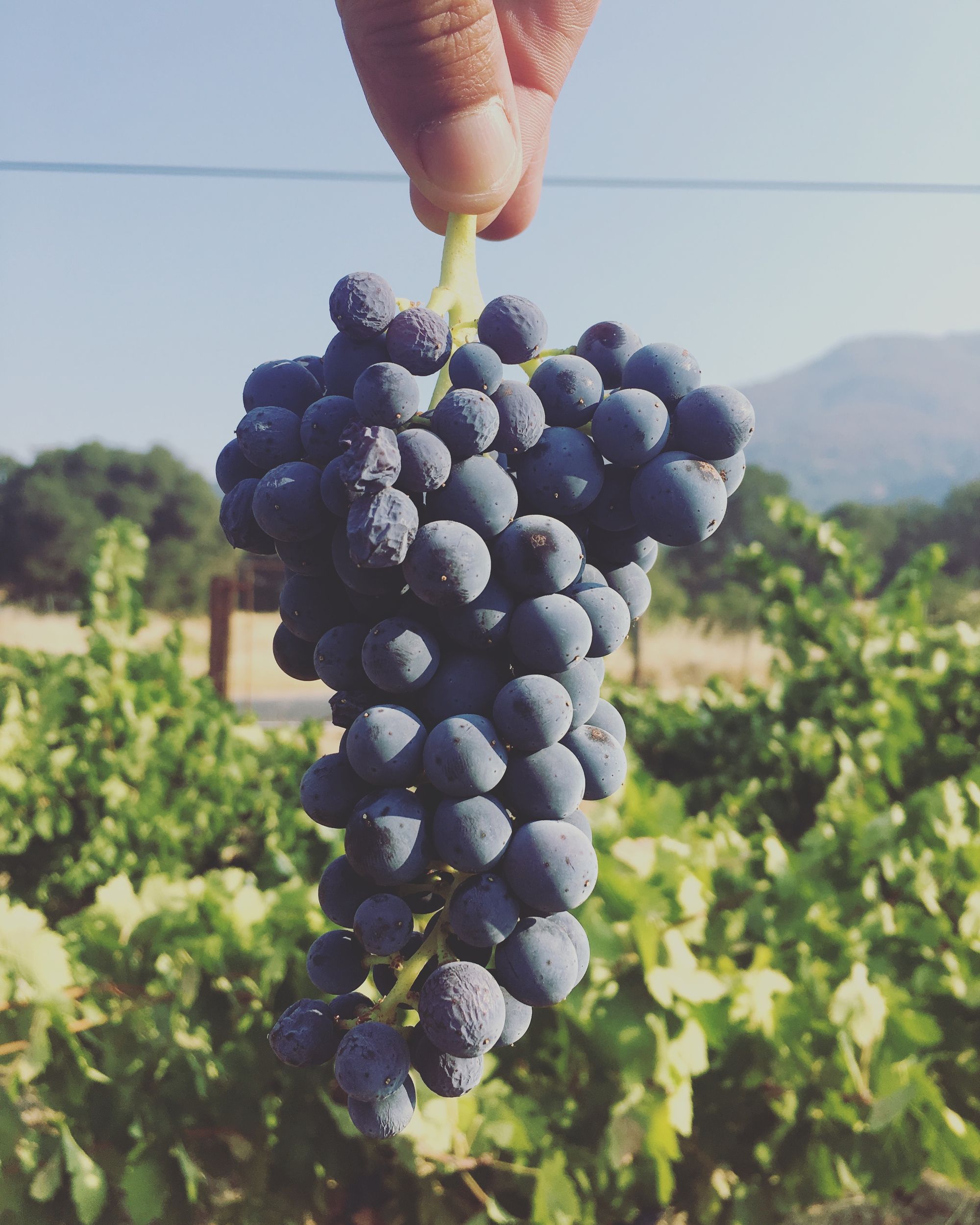
Was it a conscious choice to work with more historic vineyards, and old vines for Carignan?
It wasn't initially. It started because I was working in Napa and I knew I was about to start a small wine brand. I was priced out of Napa and I also had no real interest in working with Cabernet. I had a few friends who were already working in Mendocino, with some some old vine Zinfandel and Mourvedre, then some Carignan became available and I had never really worked with it before. And to be honest, very early on my in my career, I had never really had that many 100% Carignans. So there were just a few things that checked the box for me. I had access to vineyards that were probably 100 years old, so to me that right away seemed incredibly special - that I, as a young winemaker, could access these really old grapes. Then on top of that, they were certified organic and I just very quickly connected with the region.
That was where it began, and then over time I realized that working with old vine fruits was just incredible. Here we are in Northern California amongst all this history. A lot of these vineyards were planted in the late 1800s and still farmed by the same family. I fell in love with the Carignan, the fruit and the vineyards, and every year we've just been kind of digging in a little bit further, exploring more and learning more. And it's really just trying to tell the story.
What's the natural wine scene like in California, and how have you seen it evolve?
What's happening right now in Northern California is truly exciting. It feels like it just keeps growing, and the community just keeps getting stronger and stronger. When I launched Vinca Minor back in 2013, I don't really think there was a whole lot of discussion around natural wine. Of course, there was Tony Coturri as early as the 1970s, and a few other producers, but it still felt very underground and very niche. Fast forward to 2023, and this past weekend I was able to present my wines at a really incredible, thoughtful wine fair up in Sonoma called Big Wine Fest up in the Redwoods and I was surrounded by natural winemakers. A lot of them were just beginning their kind of their winemaking journey and making a couple hundred cases. The natural wine scene is really growing.
Are you seeing any impact from climate change in the work that you do?
Over the past few years in California in general, there's there's been a lot of fires and I think we are going to keep having to deal with that. Some years are going to be pretty mellow, and other years are going to be a little bit more intense, and that will help us change our picking decisions and the way we choose to ferment. And we are starting to work with other fruits, like apples and pears. I feel like we just have to keep evolving. I don't think any of us are going to leave California. We absolutely love it here and, at the end of the day, the quality of life and the history of the vineyards will allow us to continue to make wine. It's just about adapting.
What's the meaning of the name, Vinca Minor?
Vinca Minor is the Latin translation for the flower periwinkle, which is this really pretty purple flower. And the words Vinca Minor felt very abstract and like I could use it and it mean many things. It gives me a lot of freedom to work within that.
Visit Vinca Minor's RAW WINE profile to learn more about the winery, and discover which RAW WINE fairs they're pouring at soon.
]]>We had the chance to speak with Rajat about
]]>Scythian Wine Company is a project by sommelier turned winemaker Rajat Parr and philosophy professor turned winemaker Abe Schoener, who collaborate to make natural wines from organic, dry farmed 100+ year old vines from the Cucamonga Valley in southern California.
We had the chance to speak with Rajat about Scythian's work. We hope you enjoy our conversation.
Can you tell me about your background - how you came to be a winemaker and what has influenced you along the way, prior to starting Scythian Wine Company?
I started out working in restaurants for 18 years, mostly drinking European - French - wine, and getting to know the history of it definitely got me interested, in learning about the vines and how they differ around the world. That's how it got me. Old vines in particular because, in the new world and in California especially, there's a lot more younger vineyards and so hearing that historical side really got my interest.
What led to you starting Scythian Wine Company? How did you and Abe Schoener cross paths?
I met Abe in around 2010 when I was working in a restaurant in San Francisco, I had my own restaurant there, and we connected on the topic of old vines. Then around 2018, he spent some time in Santa Barbara and was going to move to LA to start the Scholium Project - I think his first vintage was 2019. He and Christina Rasmussen came to LA at the same time and the three of us started kind of driving around Southern California looking at vineyards, at some of the old vineyards Abe had told me about. I had no idea about it really. That's when he started LA River Wine Company in 2019 and made the first vintage, so that's how we discovered all these vineyards, mostly drinking European wine.
Why were old vines so interesting to you? Why do they matter from a historical perspective?
Everyone in France and Spain would mention how old vines are better vines, so to me I always had this idea about old vines and then I went to the Canary Islands in 2017 and saw some vines which were 2-300 years old, which just got me intrigued. I came back to California and asked a friend of mine, where are the old vines in California? Who told me either up north in Sacramento or south of LA. It was just the history side of things and how much the Europeans admired old vines that got us interested.
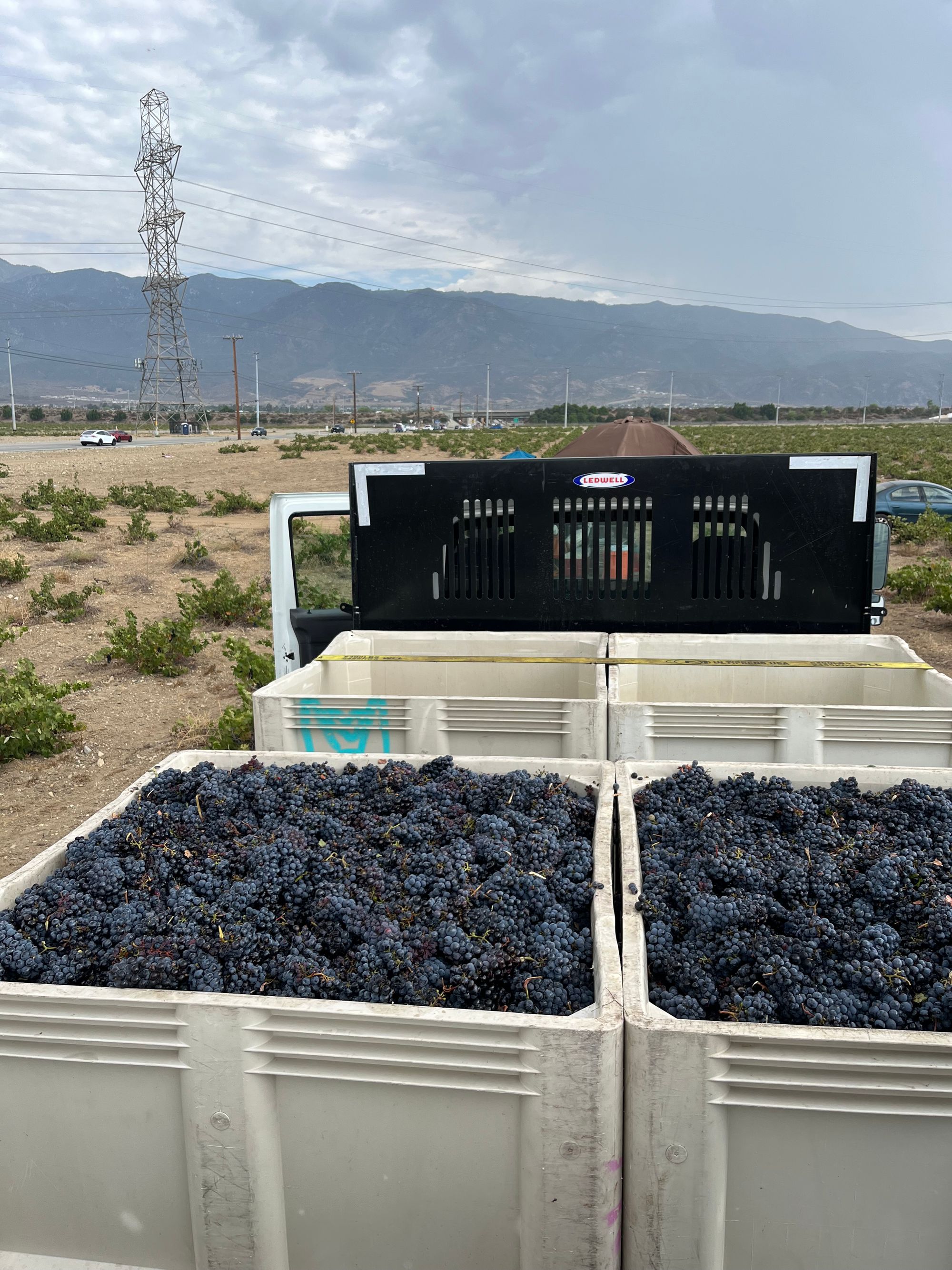
Can you tell me about your other project, Phelan Farm, and how you work there?
Phelan Farm is where I live now, in Cambria. It's maybe 5-6 hours north of the vineyards in Cucamonga and we have 4.5 hectares of vines and some apples. We grow other things here, but mainly grapes. It's a very different climate. It's very coastal, cool, foggy and wet as opposed to the Cucamonga, which is warm and dry, and very sunny. Here at Phelan Farm, we have mostly Jura and Savoie varieties and farm in a regenerative way, with no chemicals in the vineyards or the cellar.
Visit Scythian Wine Company's RAW WINE profile to learn more about the winery, and discover which RAW WINE fairs they're pouring at soon.
]]>We had the chance to speak with Darek
]]>Old World Winery is a small, family-owned winery and farm run by fourth-generation winemaker Darek Trowbridge. For 20 years, Darek has used organic and biodynamic methods to make dry farmed, hand picked wines, using techniques learned from his grandfather Lino Martinelli.
We had the chance to speak with Darek about his work. We hope you enjoy our conversation.
Can you tell me about your background - how you came to be a winemaker, and what influenced your style of farming and producing?
I was born into winemaking, my mom’s side of the family - Martinelli is the name - there is a Martinelli here in California that’s considered a cult Pinot Noir winery and my uncle owns it. My grandfather though, his dad, was the one I wanted to be like. When I was a kid I worked with him and went over to the ranch, really I idolized the ranch, and he was a winemaker. So I drank natural wine as a kid, but I didn’t know it as that. All he did was talk about his process, he never said he was strictly natural - there was none of that conversation ever. Fast forward to getting a bachelors degree in viticulture and a masters degree in winemaking, it was during my masters that I was like, “Oh shit, this isn’t what I want to learn to do!” They were teaching me manufacturing, how to do chemical ads, use the equipment and how to make wine, sure partially with your hands, but most likely some you’re never going to touch.
At that time, I was like, well what did I grow up drinking? The wines we were making at school were simple and I didn’t like the process using freeze-dried yeast and a singular yeast. One of our grad school brethren was doing his thesis on native yeast - not necessarily natural wine, but native yeast as the best way to ferment from French tradition. And that’s when I learned that it’s 25 species and there’s a complexity of the palette that I’d already zeroed out to and you had to have that to get past zero, to be enjoyed. So I had to relearn all that and had a couple of years with my grandfather before he died, asked him a bunch of questions and realized he was making natural wine.
When I started Old World back in 1998 and there was no such name, and organic wine was a real problem in California in the 80s. People needed sulfite-free wine so certain wineries just started making wine without sulfur, but they didn’t have the long tradition of France of that possibility so let’s just say there were a few endeavors that nobody really wanted to drink. So you kind of didn’t want to be associated with that. I called it Old World which is confusing because I’m not an old world winery. But it just alludes to the information that came from my great grandfather who came to the US from Italy, through to my grandfather, who were making wine the way wine was made for hundreds of years. There was never any question, never anything to add. It wasn’t until recently that the term natural wine came out and that we could have a discussion about what that meant.
How has it been for you to navigate the change in natural wine’s popularity?
I felt like a surfer - I’d been waiting all these years for that wave to come in. For 15 years it had been a struggle. I was a small town kid making wine and trying to sell it, calling it natural, and that was really difficult. So when the wave started coming in, I thought, thank God - I’ve been waiting all my life for this.
But to continue with the surfer analogy, I felt like I was sitting on my board and the waves were just passing me by. It was a pretty lonely feeling and unexpected, because the wave had a specific taste in mind that I hadn’t really understood. What a proper marketer would know if the kind of style and flavor people want - but that’s not the way I was going about it. I was just trying to make the terroir-focussed red wine I could with tannin, and that’s not what people wanted at the time. People wanted carbonic maceration which I really don’t like, and I was already making skin contact whites but when the wave came in, I lost my sources. I was doubly out and it was even more difficult for that to happen.
And then I changed my ways and started making some lighter, more fruit forward wines which I really enjoy. And I think that tannin is still yet to be discovered in the natural wine scene. There are many undiscovered flavor profiles that wine is capable of.
What's your approach to farming?
I farm many different small places - that's how you do it in California because land pricing is so expensive. I don't own vineyard land, I own the land the winery is on but I can’t afford more land than that. So I lease vineyard acreage which means I do all the farming and take all the risk and pay a sum to the landowner each year.
I farm each vineyard regeneratively using a composted mulch to grow microbiology that revives old dead soil that has been tilled for way too long. Each vineyard is dry farmed (non-irrigated) with no tillage (soil disturbance).
I am a person who cares about ecology and the owners of the vineyards I lease usually share the same. They want organic farming next to their house so they can feel safe from pesticides, that’s how I become involved.
Do you use any sulfites?
I don't use sulfites in the farming or in making, but at bottling will add around 25 parts per million to make it a little more stable for shipping, and I've never found that to be noxious or a problem. I'm super sensitive to sulphur.
Visit Old World Winery's RAW WINE profile to learn more, and discover which RAW WINE fairs they're pouring at soon.
]]>